







Kolxoz Collective
Quasi-Book. On Poetry, Bureaucracy and Alibism
€ 15
Co-published with Mahler & LeWitt Studios
Edited by Alice Mazzarella, Guy Robertson
126 pp.
12 x 20 cm
eng
2024
ISBN 979-12-81790-10-0
Category: Artist's books Territorial research
Quasi-Book is an artist's book by Kolxoz Collective, the last part of the residency project of the same title curated by Mahler & LeWitt Studios and Viaindustriae in 2021. The residency took place in the spaces of Sol LeWitt's studio in Spoleto and was intended as a platform for the dissemination and contextualisation of artistic publishing practices. After iterating as an open studio, a temporary bookshop, a platform for sharing and discussing book-making practices, and a space for convivial moments, the Quasi-Book project has now become an ‘actual’ quasi-book. Its chapters are quasi-chapters, collecting materials according to the predominant characteristics and techniques employed by Kolxoz Collective. For example, their promotion of a communal ‘inter-language’ as a way to facilitate new ways of communication and collective identification (Glossary); the use of the postal service to deliver materials, artworks and drawings to collaborators (Post Bridge); the thermal printing technique used by Kolxoz as a transportable publishing desk (Other Books); and drawing-statements which merge short texts and visual information (Diagrams). These materials are accompanied by an extract from a conversation – posited as a ‘live dictionary’ – between Kolxoz Collective, Viaindustriae, and the Mahler & LeWitt Studios.
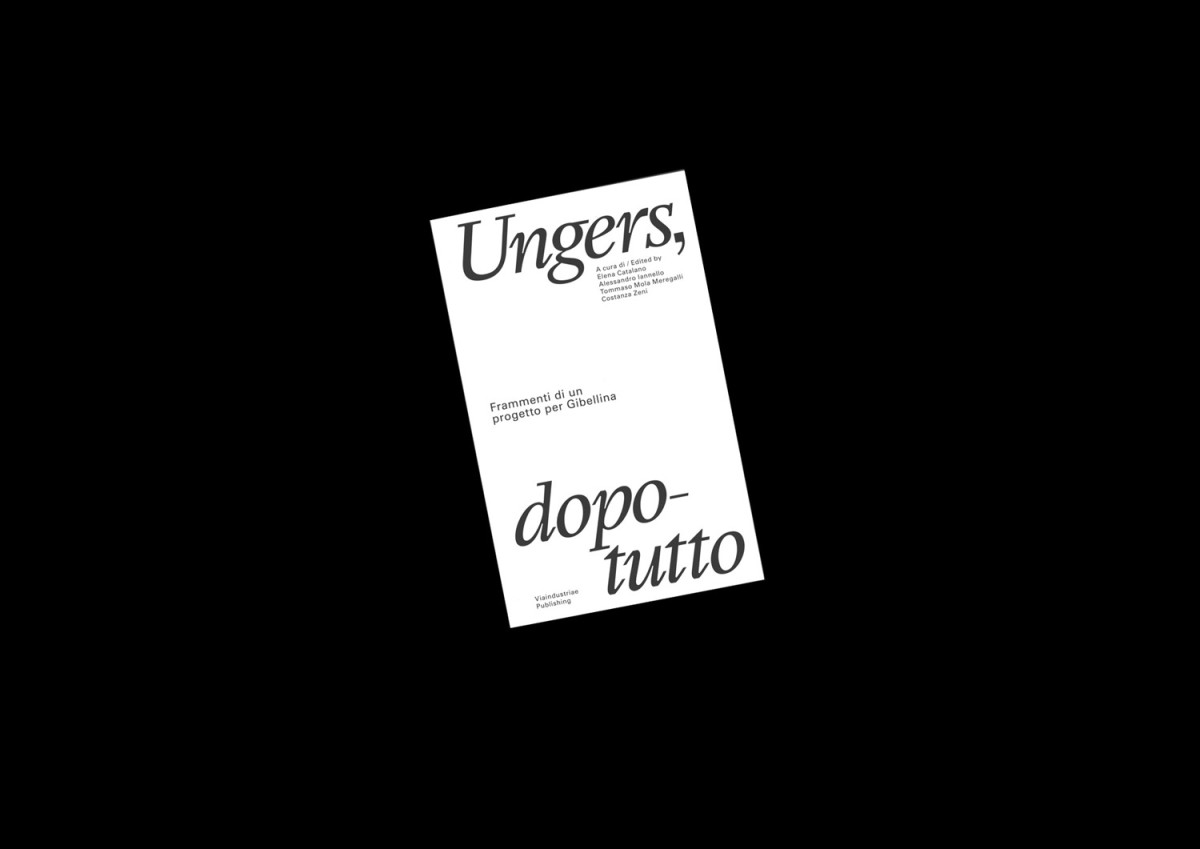
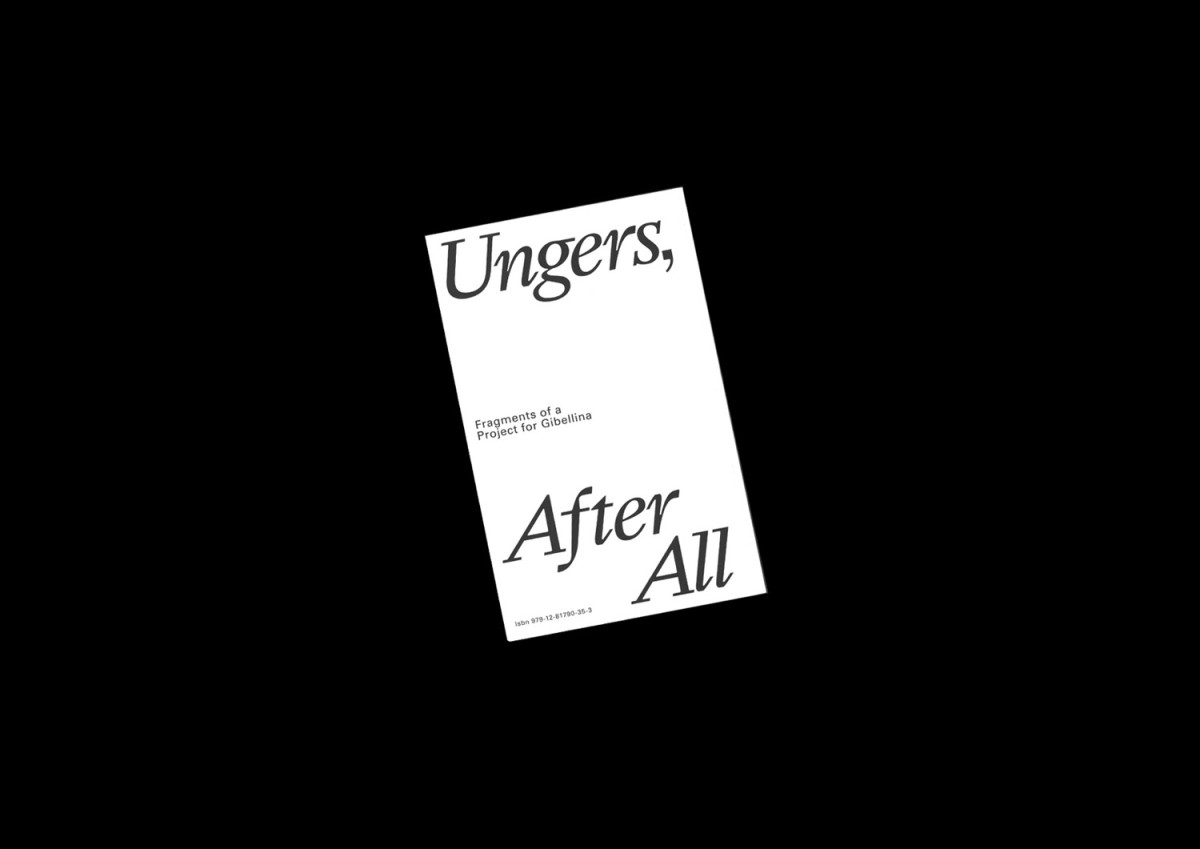
Aa. Vv.
Ungers, dopotutto. Ungers, dopotutto. Frammenti di un progetto per Gibellina
€ 12
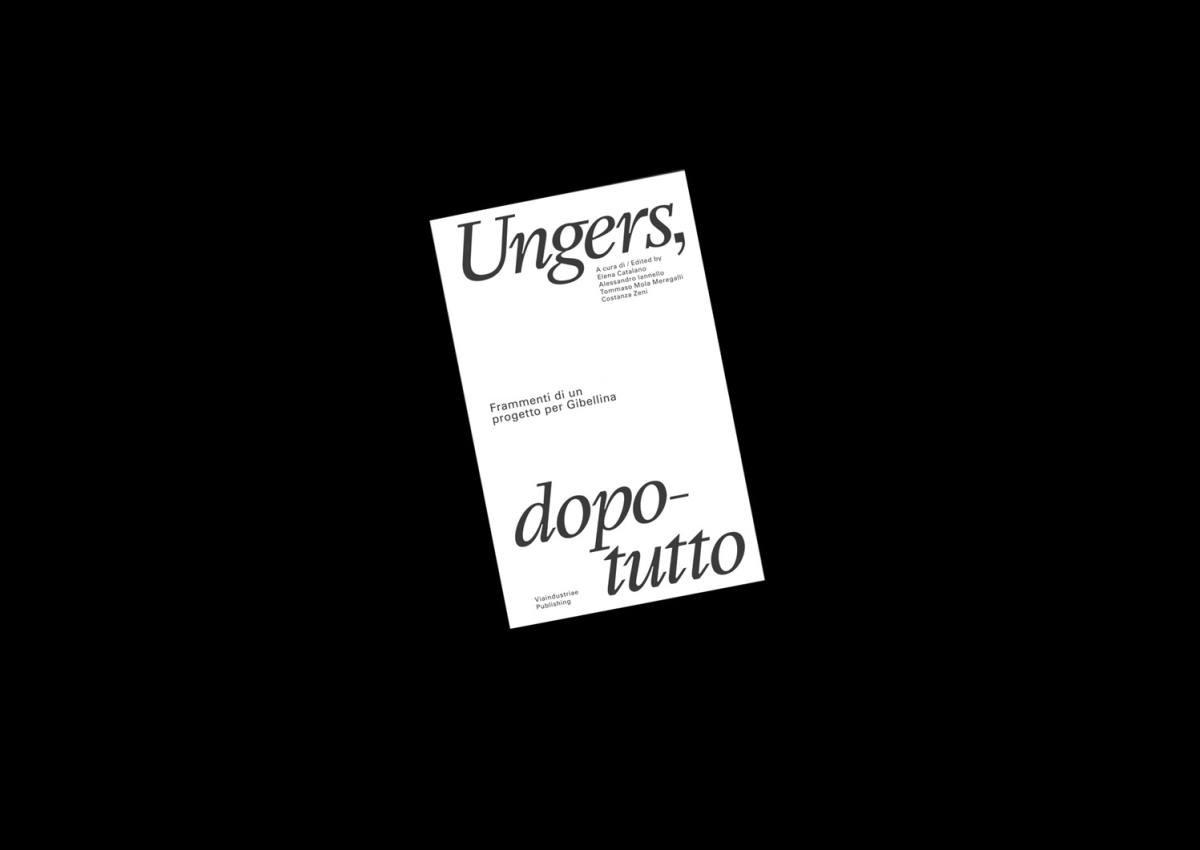
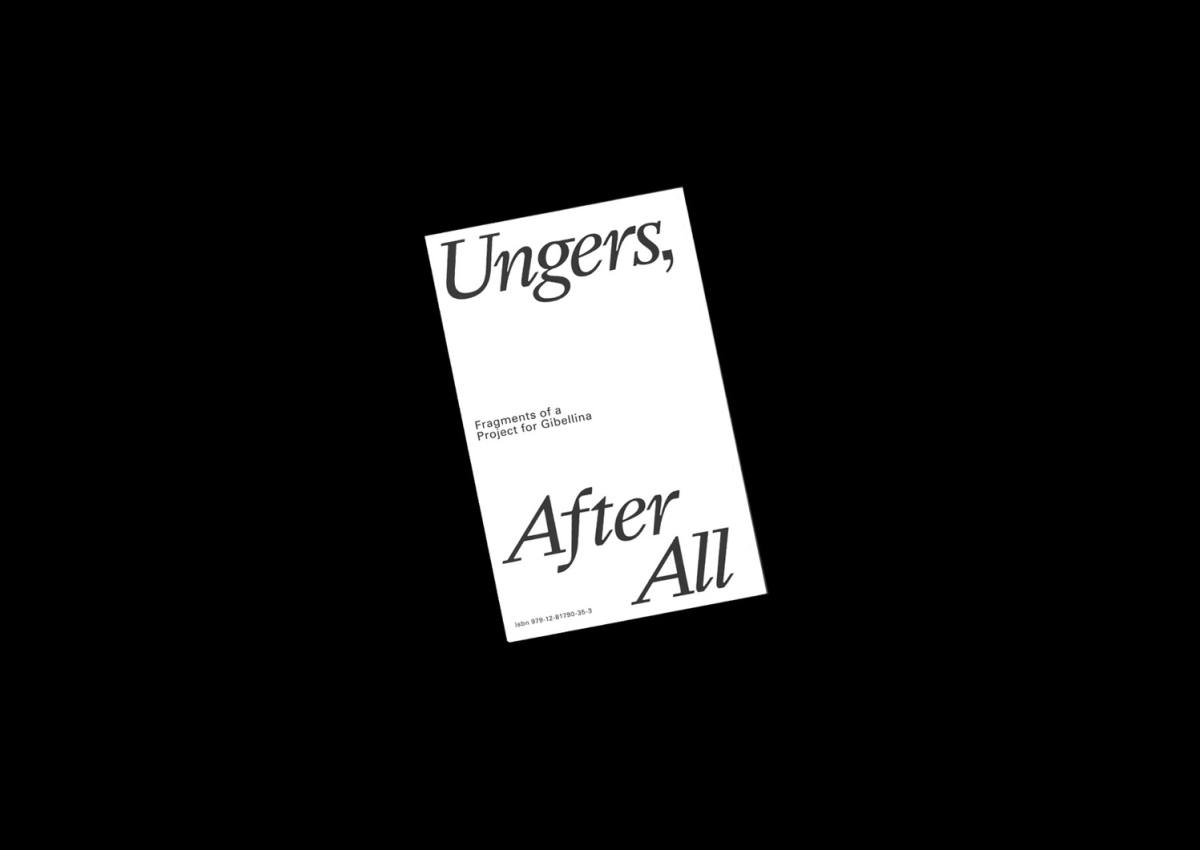

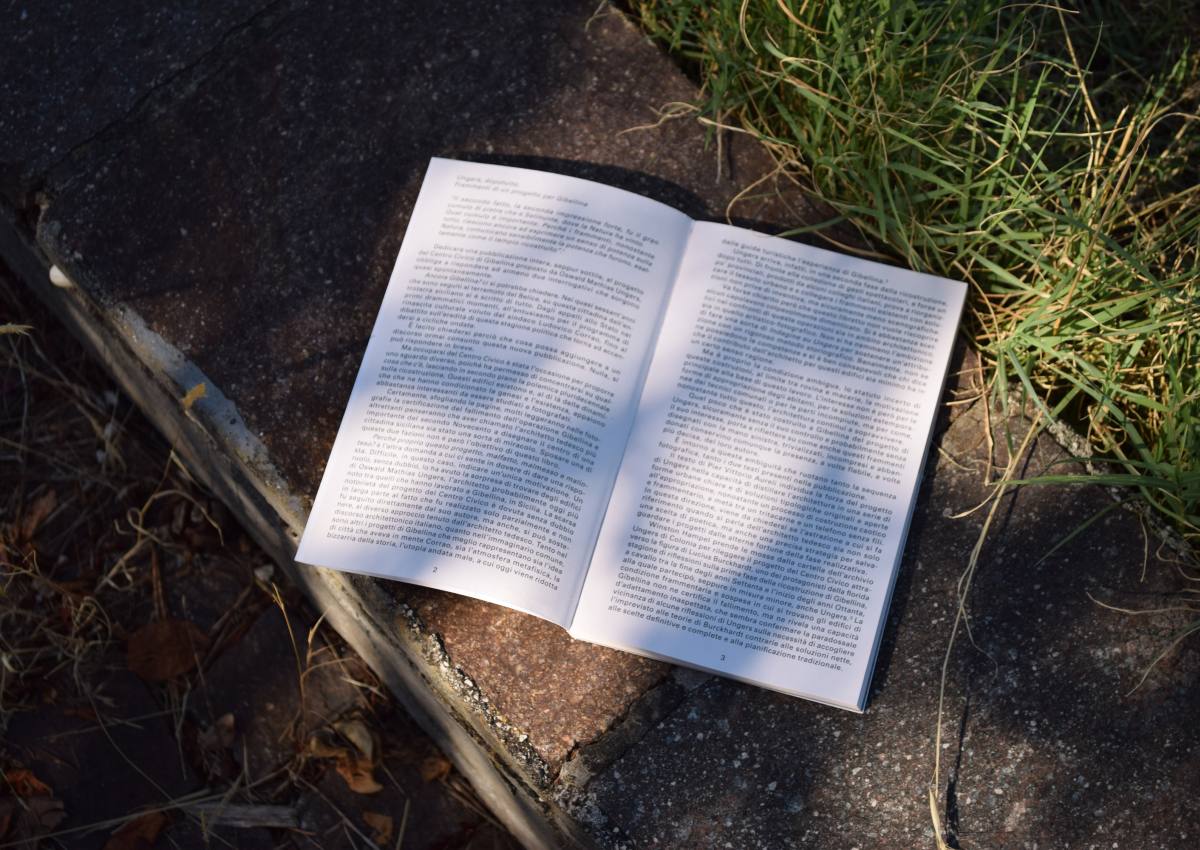

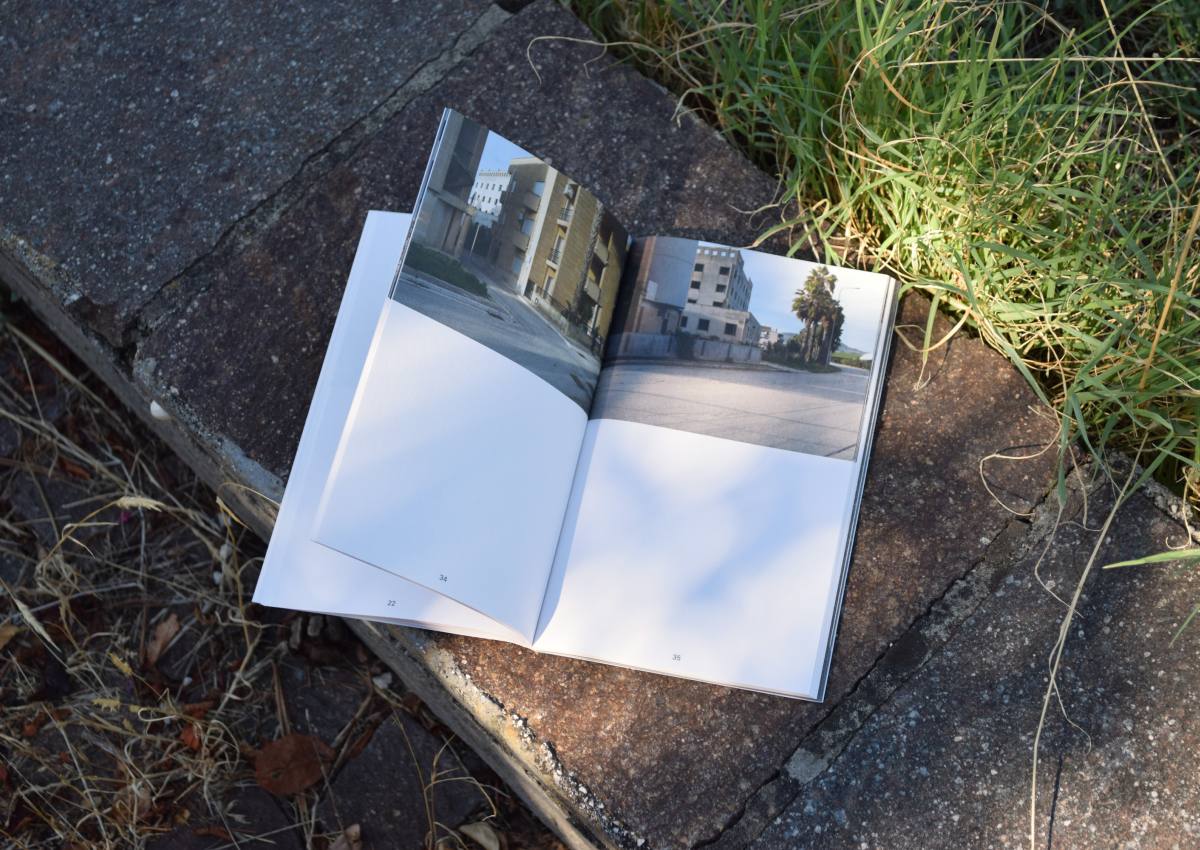



Aa. Vv.
Ungers, After All. Fragments of a Project for Gibellina
€ 12
Edited by Elena Catalano, Alessandro Iannello, Tommaso Mola Melegalli, Costanza Zeni
Produced by Fondazione Studio Rizoma
Texts by Pier Vittorio Aureli, Winston Hampel
80 pp.
12 X 19 cm
ita/eng
2025
ISBN 979-12-81790-35-3
Category: Catalogues Territorial research
A few years after the 1968 earthquake, the Istituto Superiore per l'Edilizia Sociale of Rome sent the plan for the total reconstruction of Gibellina Nuova, inspired by the models of the English New Towns. After an initial phase during which mayor Ludovico Corrao invited international architects and artists to participate in the city redesign, in the late 1970s a group of professors from the University of Palermo organised a series of seminars and workshops to reflect on the reconstruction. At that moment, Oswald Mathias Ungers was called to design the central area of the settle-ment, which was still undefined. His Civic Centre proposal reflected on the relationship between built and public space, between city, monument and history. However, little was real-ised, not really with rigour. The hotel, started on the edge of town, was soon abandoned. The artisanal district was freely adjusted to the needs of local activities. The housing along Viale Belice was built but its public walkway leads nowhere. What remains of the block of houses that was supposed to enclose a garden is a huge dry meadow and a small lake, ironically the element most faithful to the original project, in the centre of the town.
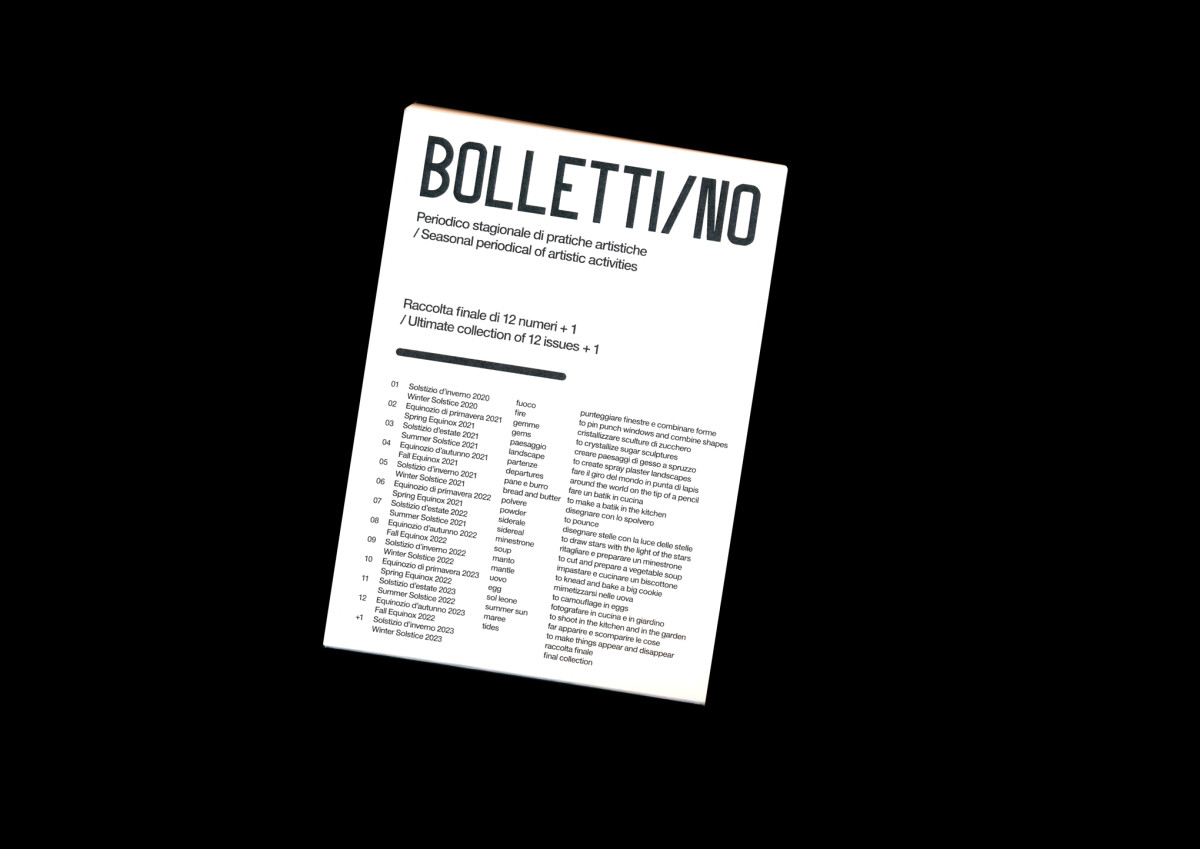

Virginia Di Lazzaro, Giulia Filippi
Bolletti/no. Raccolta finale
€ 30
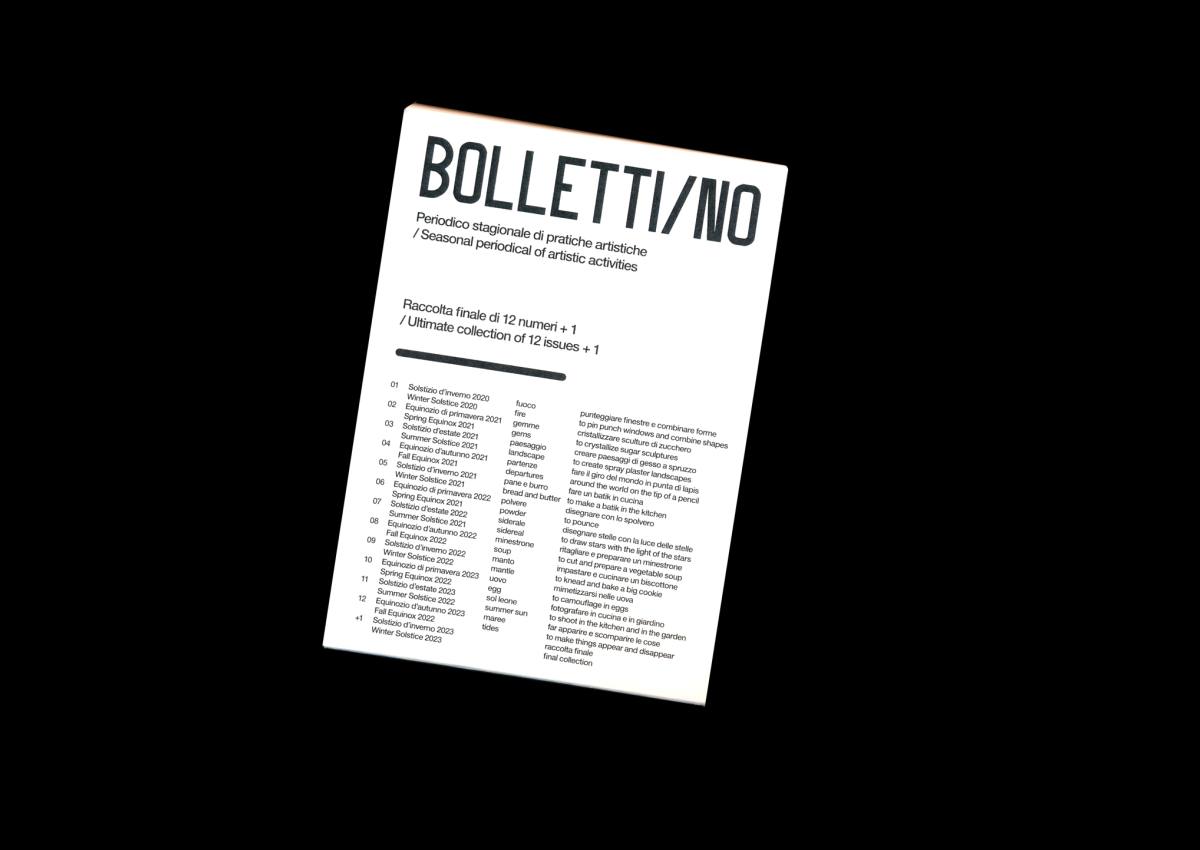

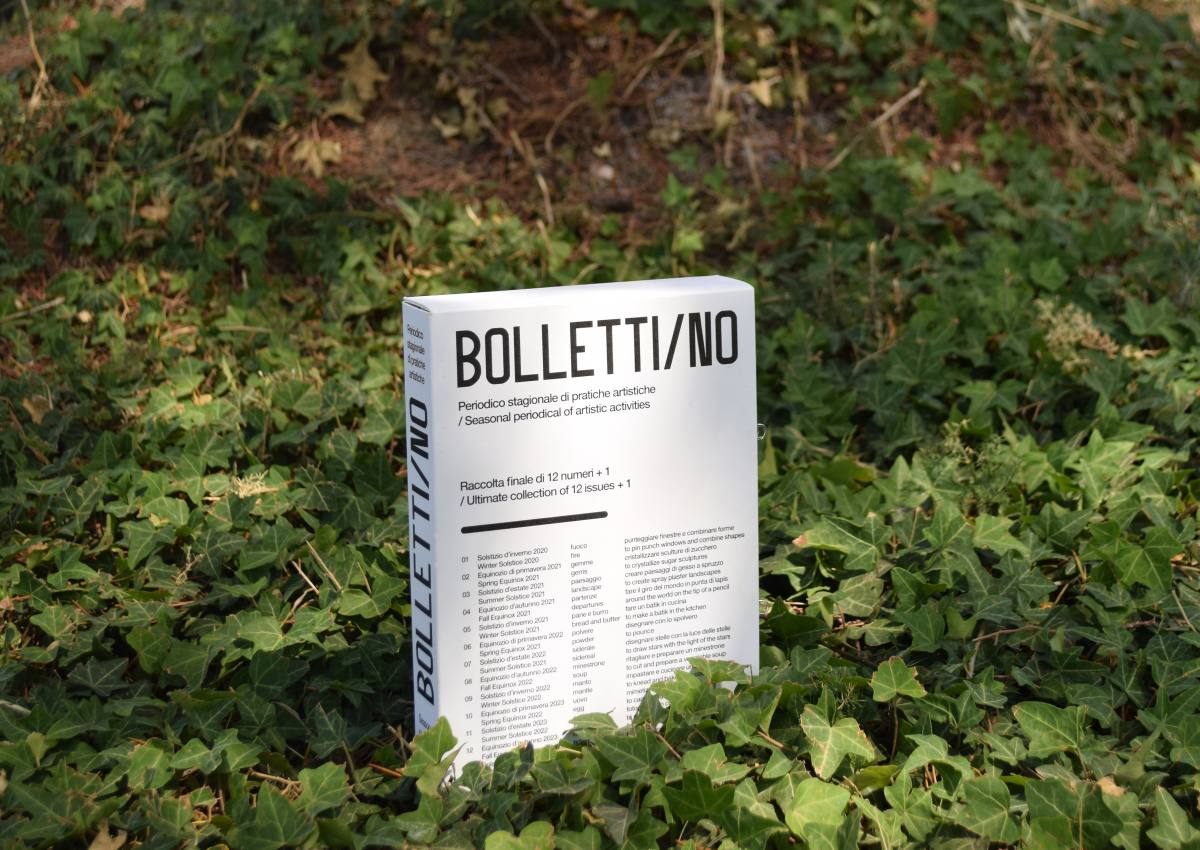

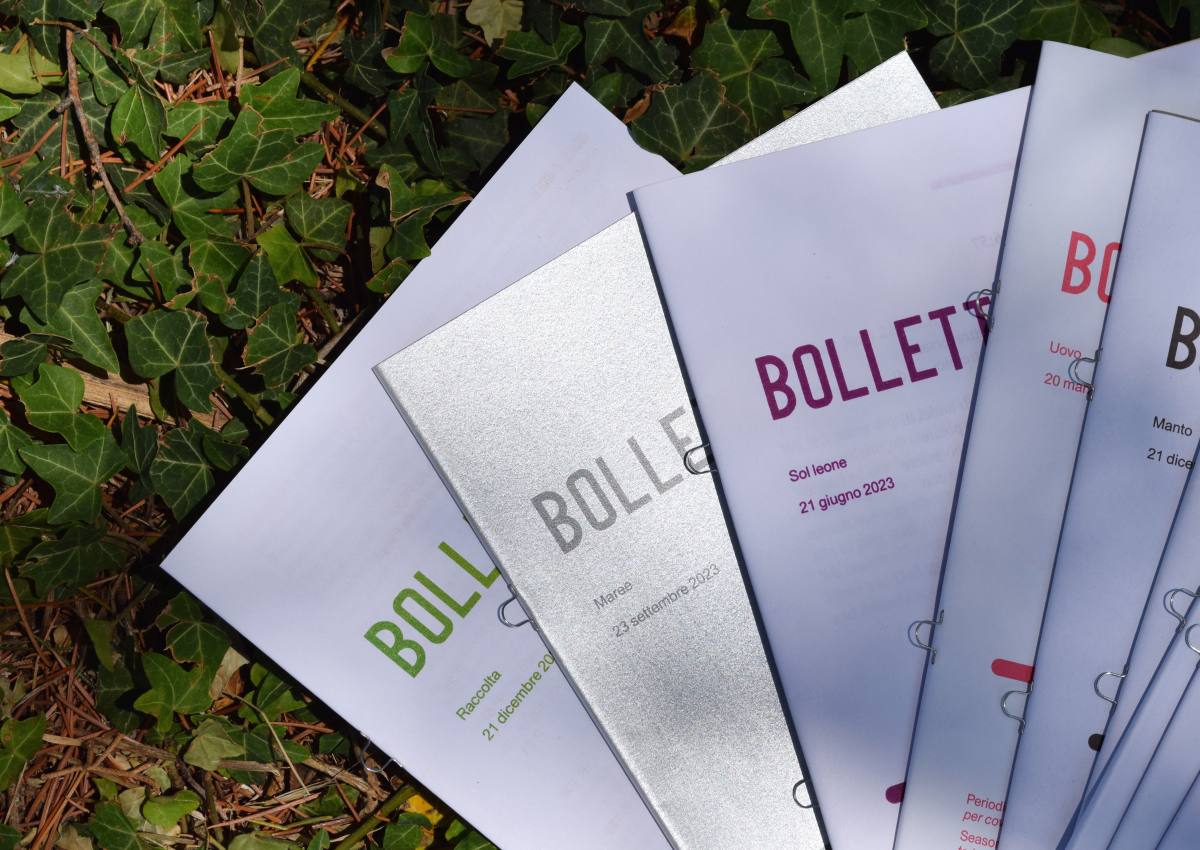


Virginia Di Lazzaro, Giulia Filippi
Bolletti/no. Ultimate collection
€ 30
Ultimate collection of 12 issues + 1
01. Winter Solstice 2020, fire, to pin punch windows and combine shapes
02. Sprint Equinox 2021, gems, to crystallize sugar sculptures
03. Summer Solstice 2021, landscape, to create spray plaster landscapes
04. Fall Equinox 2021, departures, around the world on the tip of a pencil
05. Winter Solstice 2021, bread and butter, to make a batik in the kitchen
06. Sprint Equinox 2022, powder, to pounce
07. Summer Solstice 2022, sidereal, to draw stars with the light of the stars
08. Fall Equinox 2022, soup, to cut and prepare a vegetable soup
09. Winter Solstice 2022, mantle, to knead and bake a big cookie
10. Sprint Equinox 2023, egg, to camouflage in eggs
11. Summer Solstice 2023, summer sun, to shoot in the kitchen and in the garden
12. Fall Equinox 2023, tides, to make things appear and disappear
13. Winter Solstice 2023, final collection
15x21 cm
ita/eng
ISBN 979-12-81790-31-5
Category: Territorial research Catalogues Theory
Bolletti/no is a journal of experimental didactics published for each solstice and equinox over a period of 3 years, between 2020 and 2023, for a total of 12 issues + a final extra issue. It was created to give a concrete printed form to a series of practices developed by Virginia Di Lazzaro and Giulia Filippi during their shared workshop activities with children and adults. Over these three years, the artists and authors have reflected on the world around them, accompanied by characters, stories, artistic practices and techniques, materials, matter, the seasons, and all the people and living beings they've encountered. Bolletti/no was created with the intention of being a tool that sparks action and inspiration. Each issue invites the reader to experience the world around them through exercises of observation, experimentation, collection, and storytelling, allowing them to build a small collection of "domestic art". Bolletti/no has experimented not only with content but also with distribution methods over the years: initially distributed individually, then as a subscription sent directly to the homes of those who chose to support the project, it now becomes a box set containing all 12 issues, plus the special issue and the related posters.


Pietro Perotti
THE Fiat Mirafiori Toilets. Actions and Photographies
€ 15


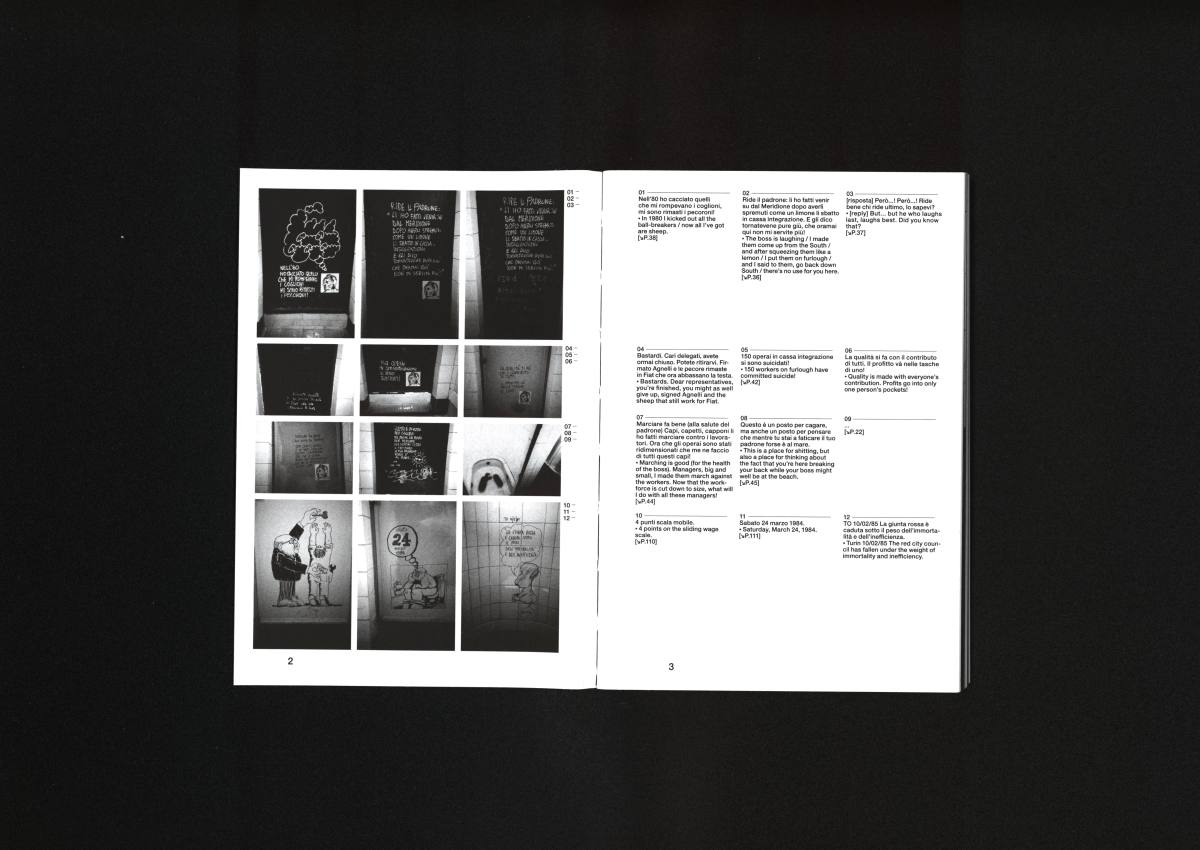


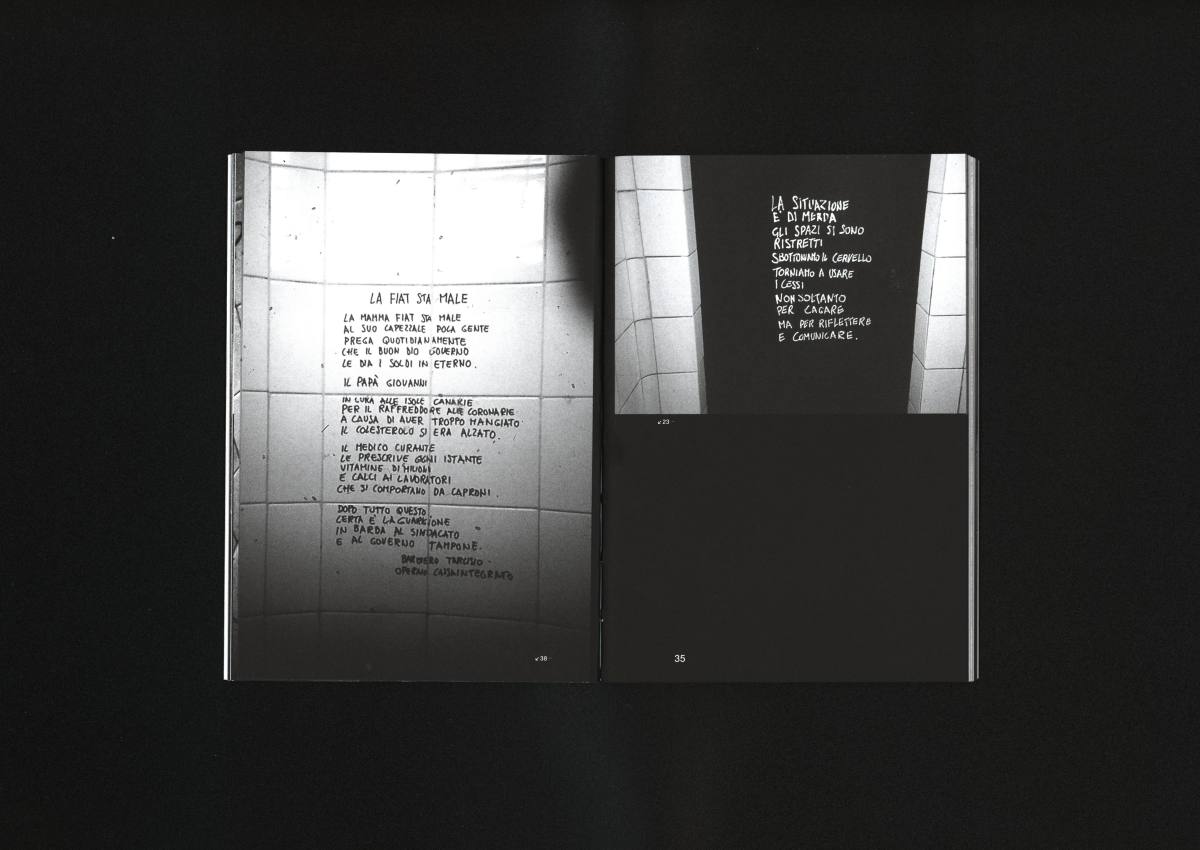
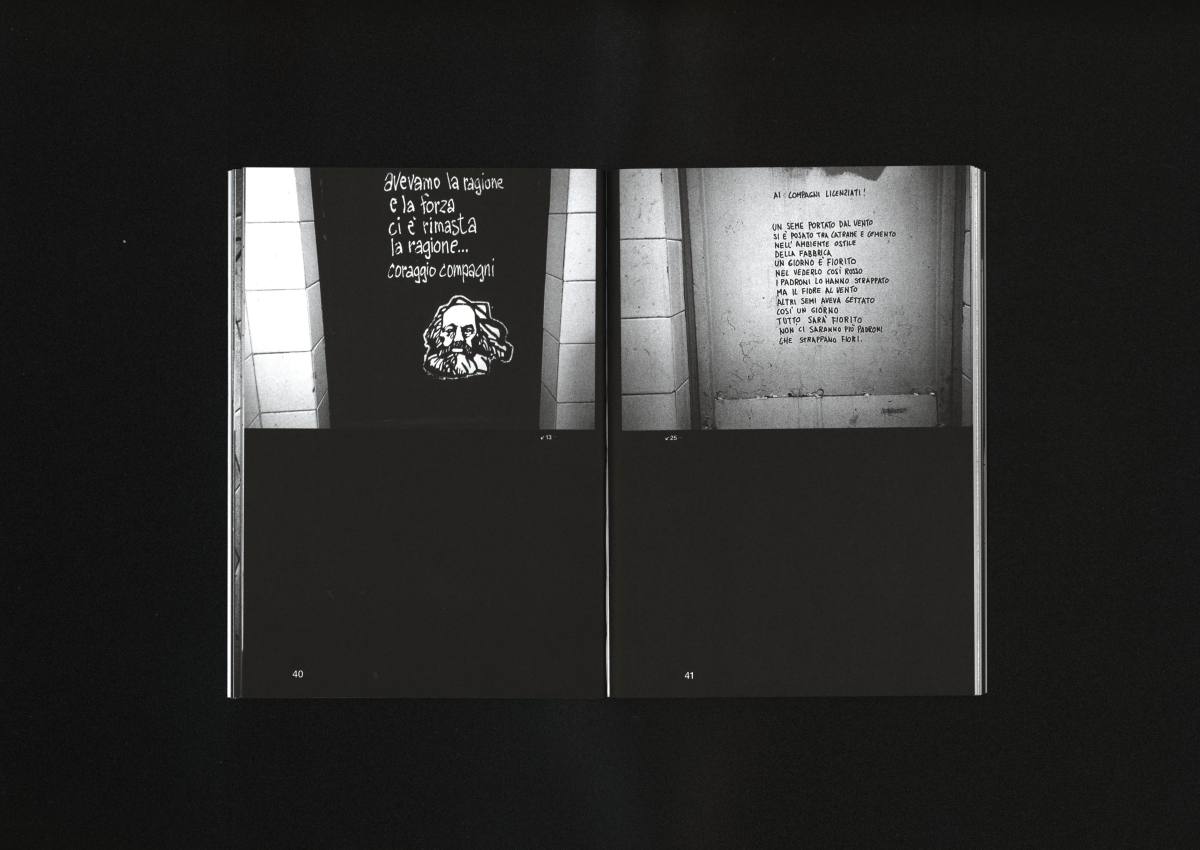
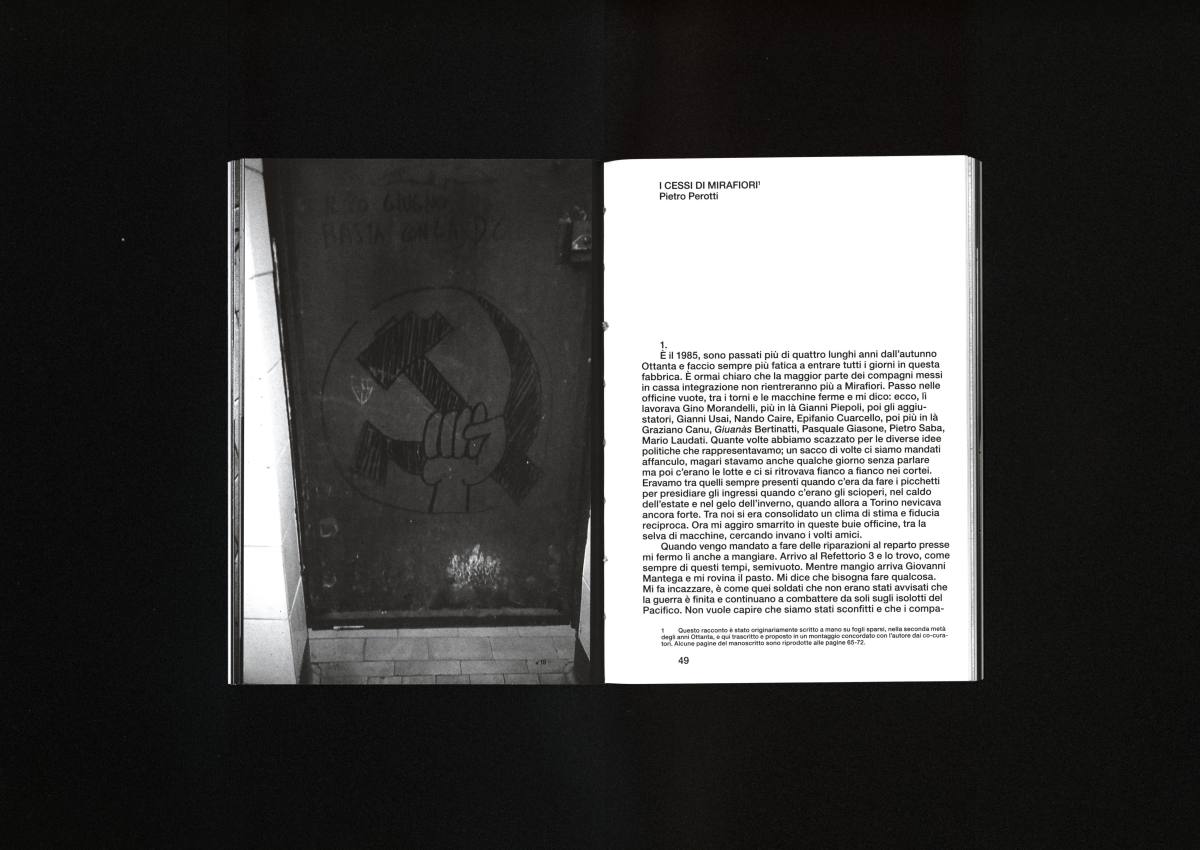
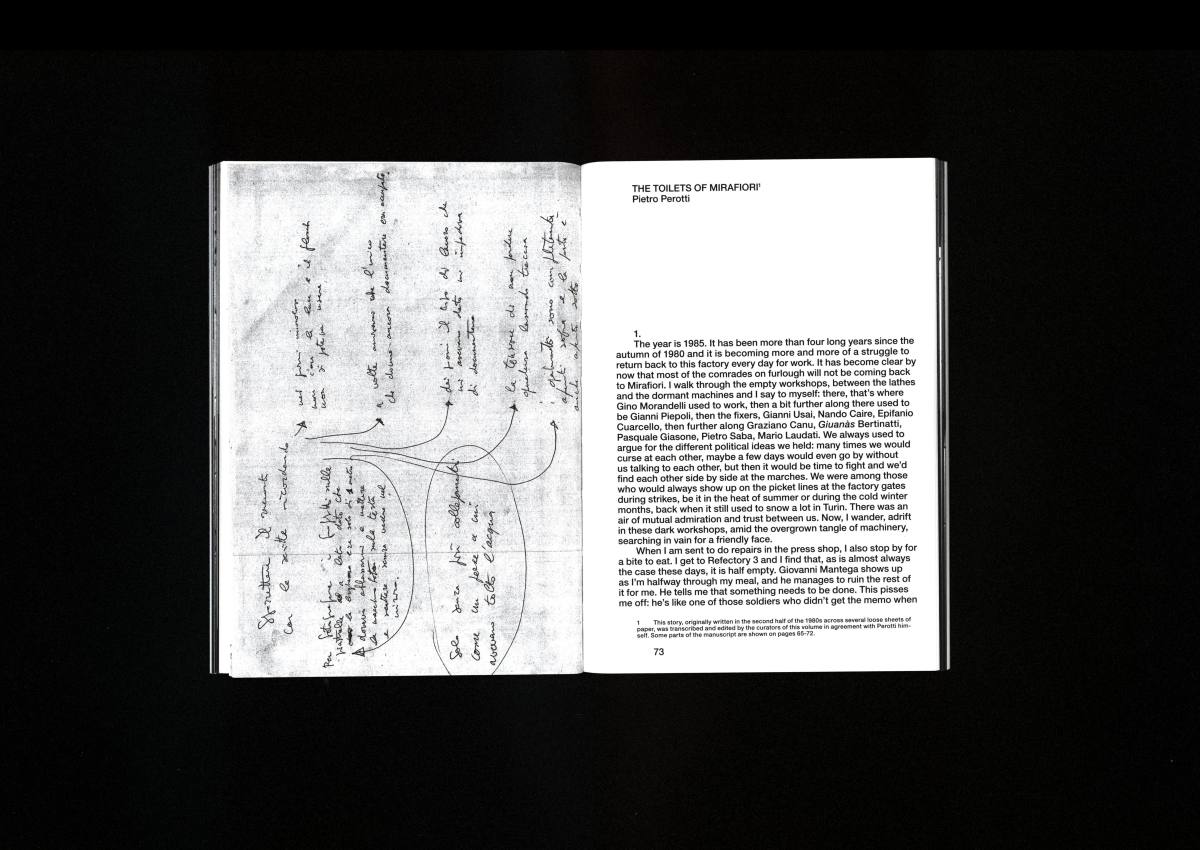

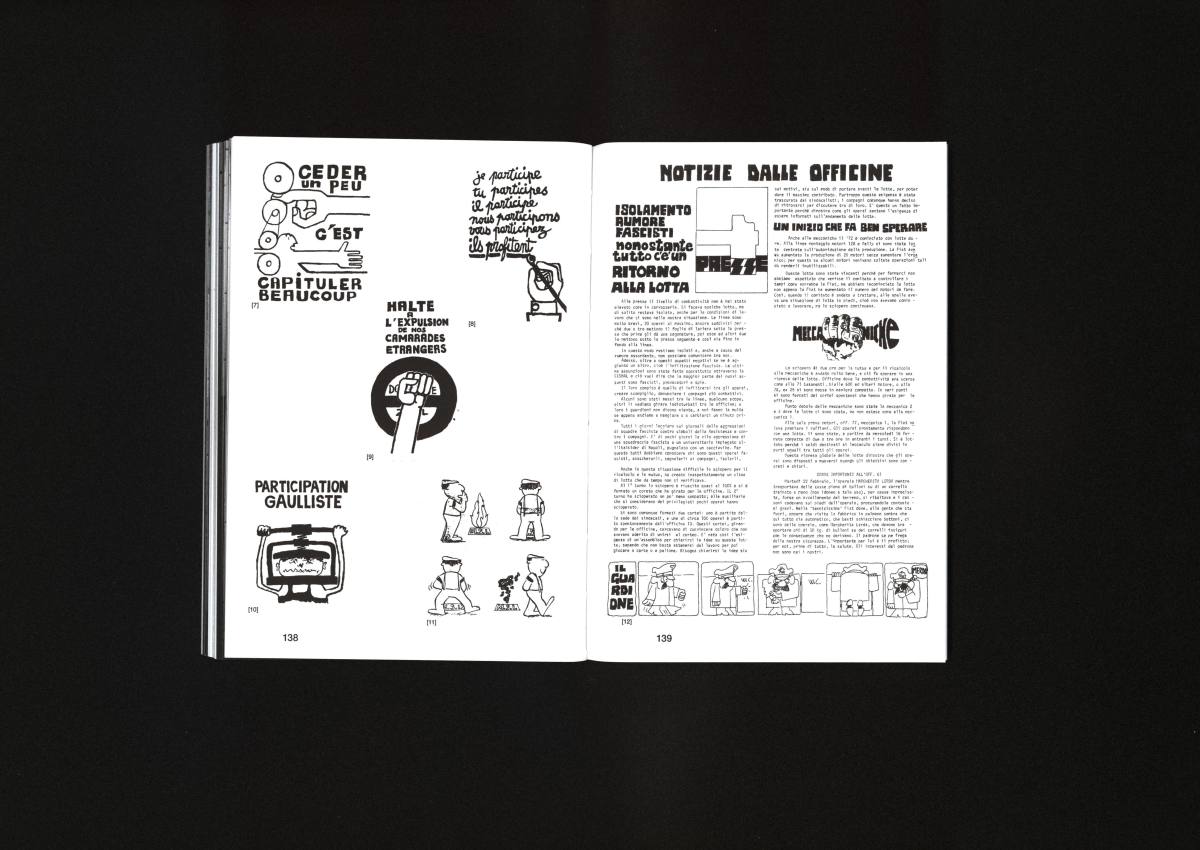
Pietro Perotti
THE FIAT MIRAFIORI TOILETS. ACTIONS AND PHOTOGRAPHIES
€ 15
Edited by Davide Tidoni, Franco Berteni
In collaboration with Compulsive Archive, Milan
144 pp.
17 x 25 cm
ita/eng
ISBN 979-12-81790-29-2
Category: Artist's books Catalogues
This book collects photographs taken by Pietro Perotti – a worker at the Fiat Mirafiori plant in Turin – who, starting in 1985, created protest writings and drawings in the factory toilets to oppose the oppressive policies of the company and of the FIAT boss Agnelli. This widespread and personal form of protest followed years of activism in class struggles and strikes during the previous decade.
Perotti systematically photographed the drawings and writings, secretly bringing a camera into the factory and timing the shutter release with the automated toilet flushes to muffle the sound of the click.
Perotti’s story starts at a precise moment in time, at the beginning of 1985, and in a precise location, the FIAT factory at Torino Mirafiori, transporting the reader back in time. Assembled for the very first time in this volume, here is a working-class story that was first scrawled and scribbled in the large factory’s toilet cubicles, and then documented on photographic paper.
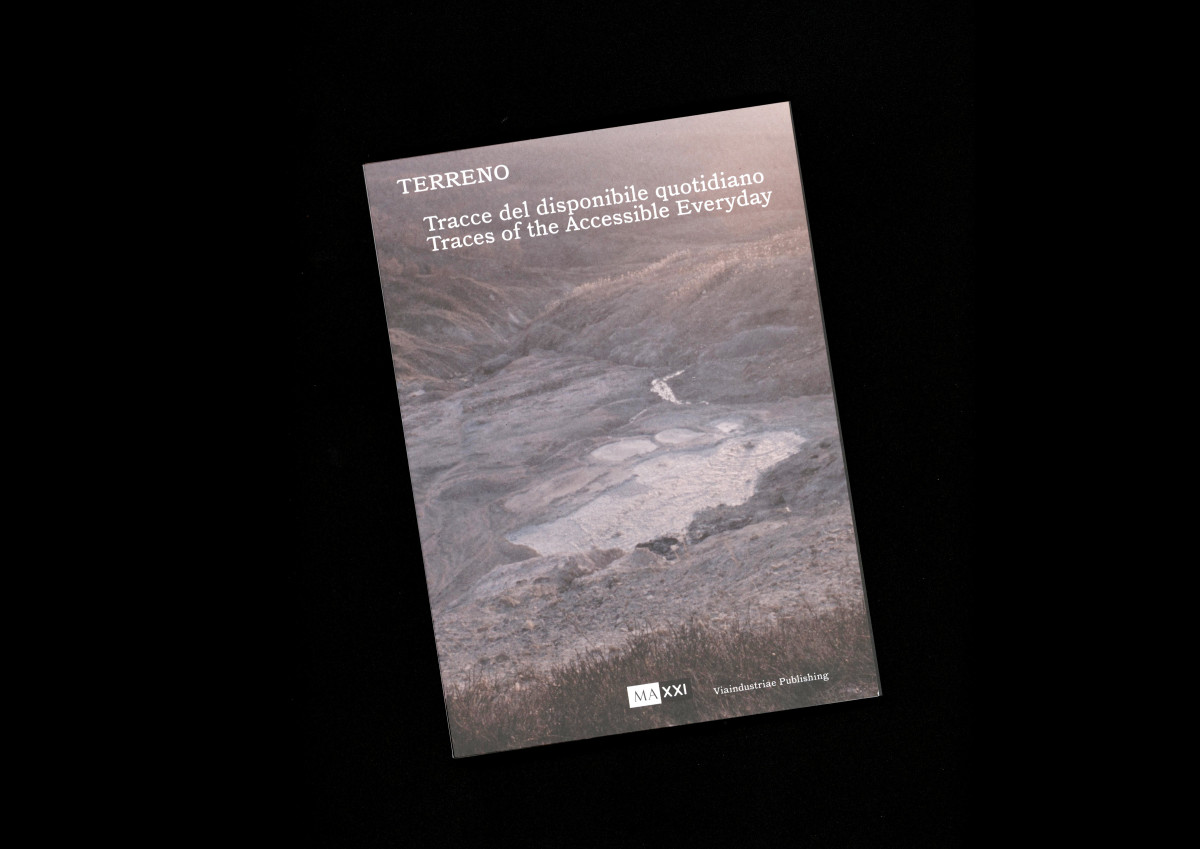
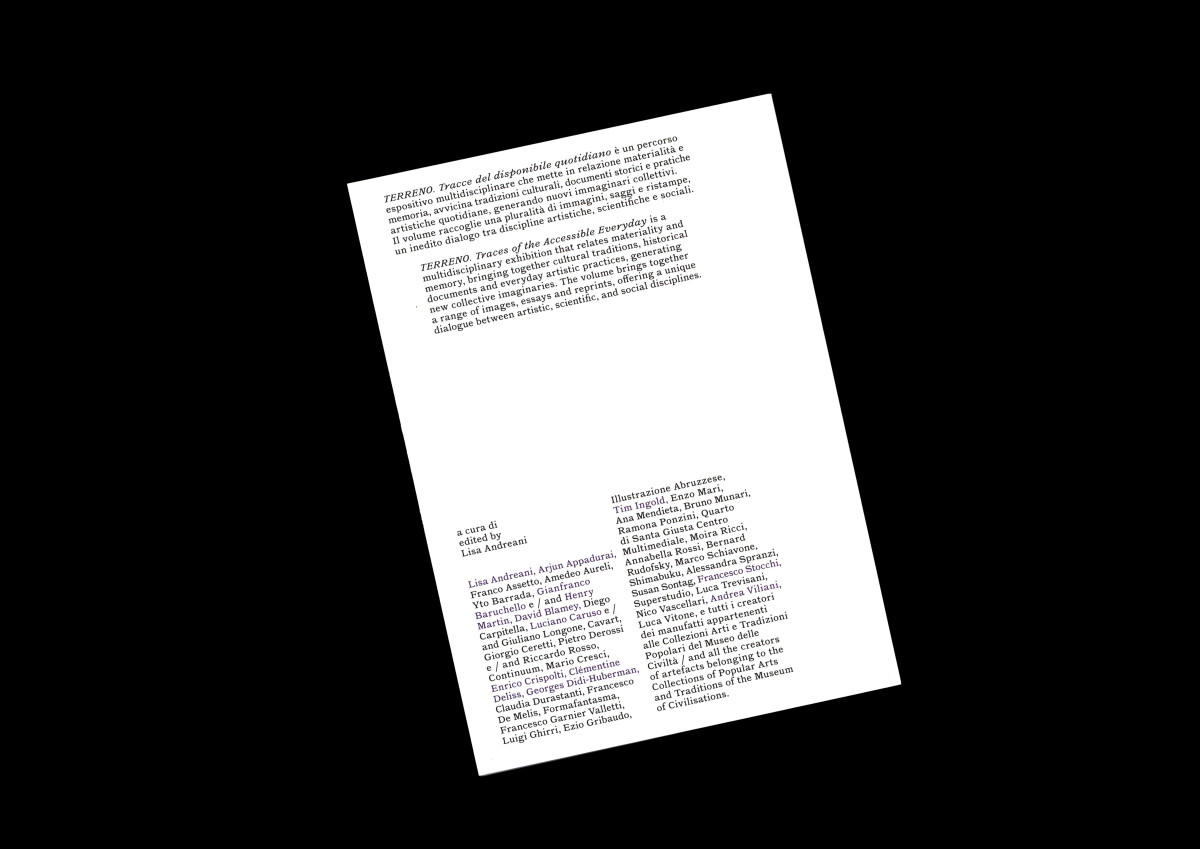
Vv. Aa.
Terreno. Traces of the Accessible Everyday
€ 18

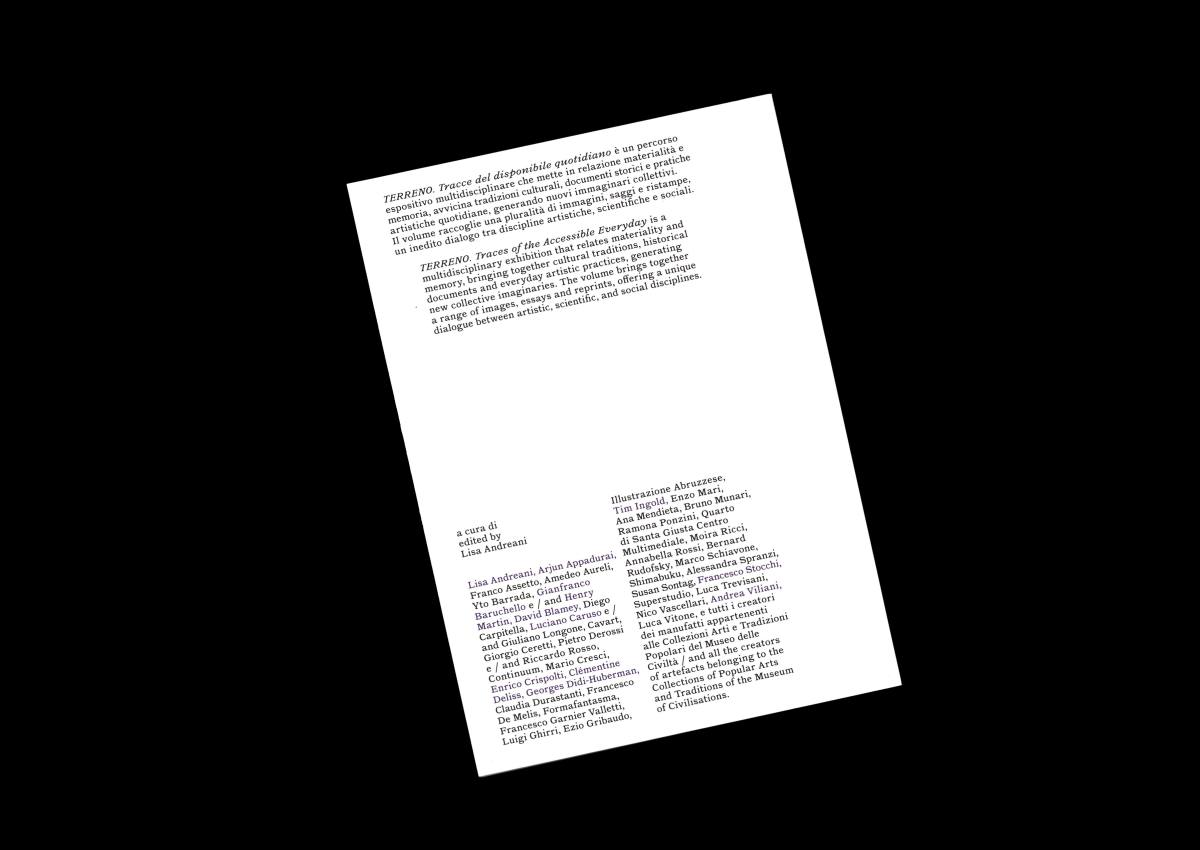

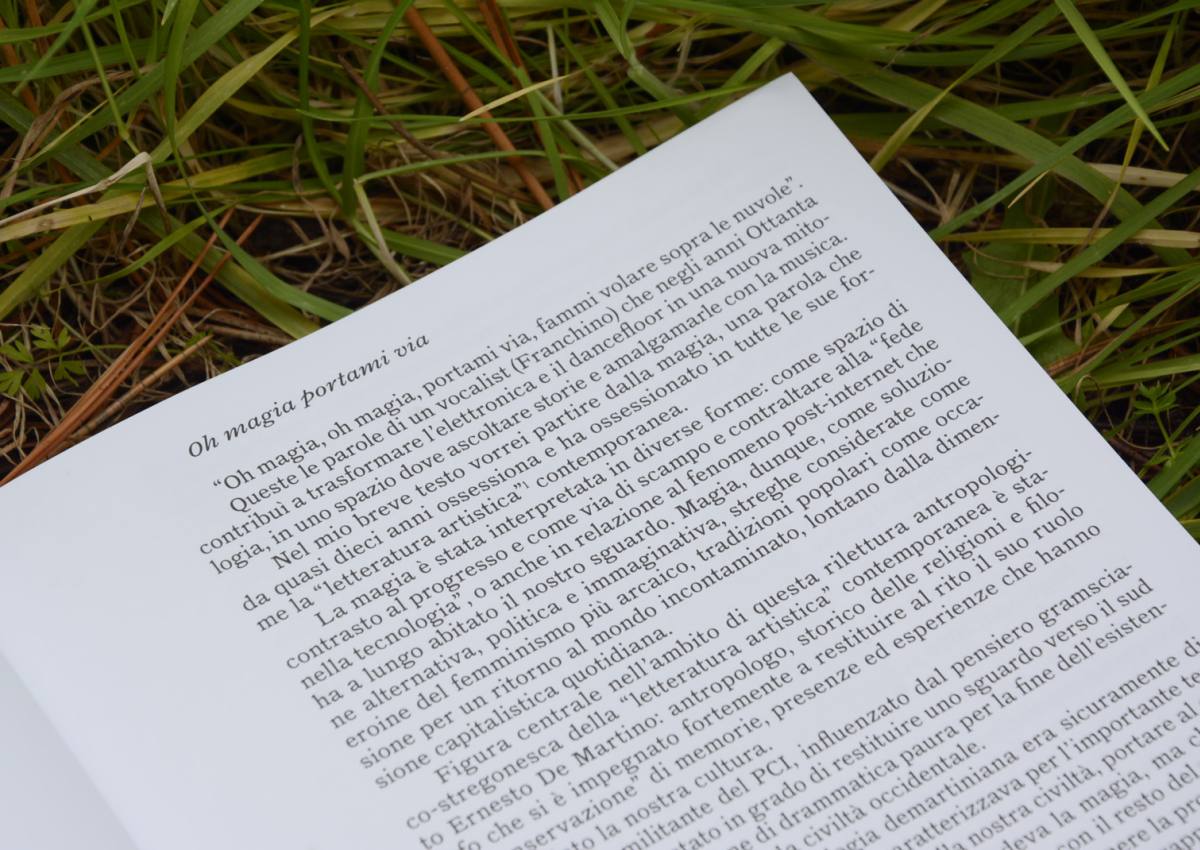
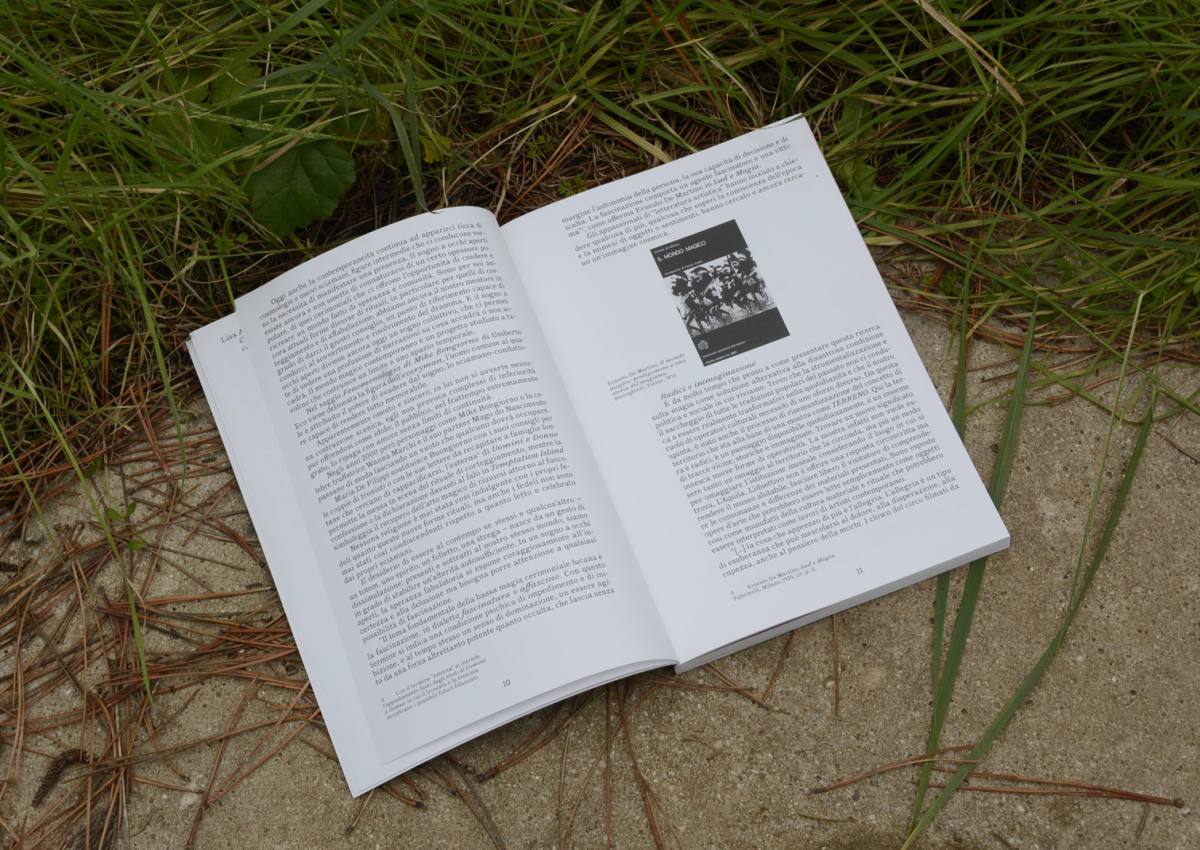

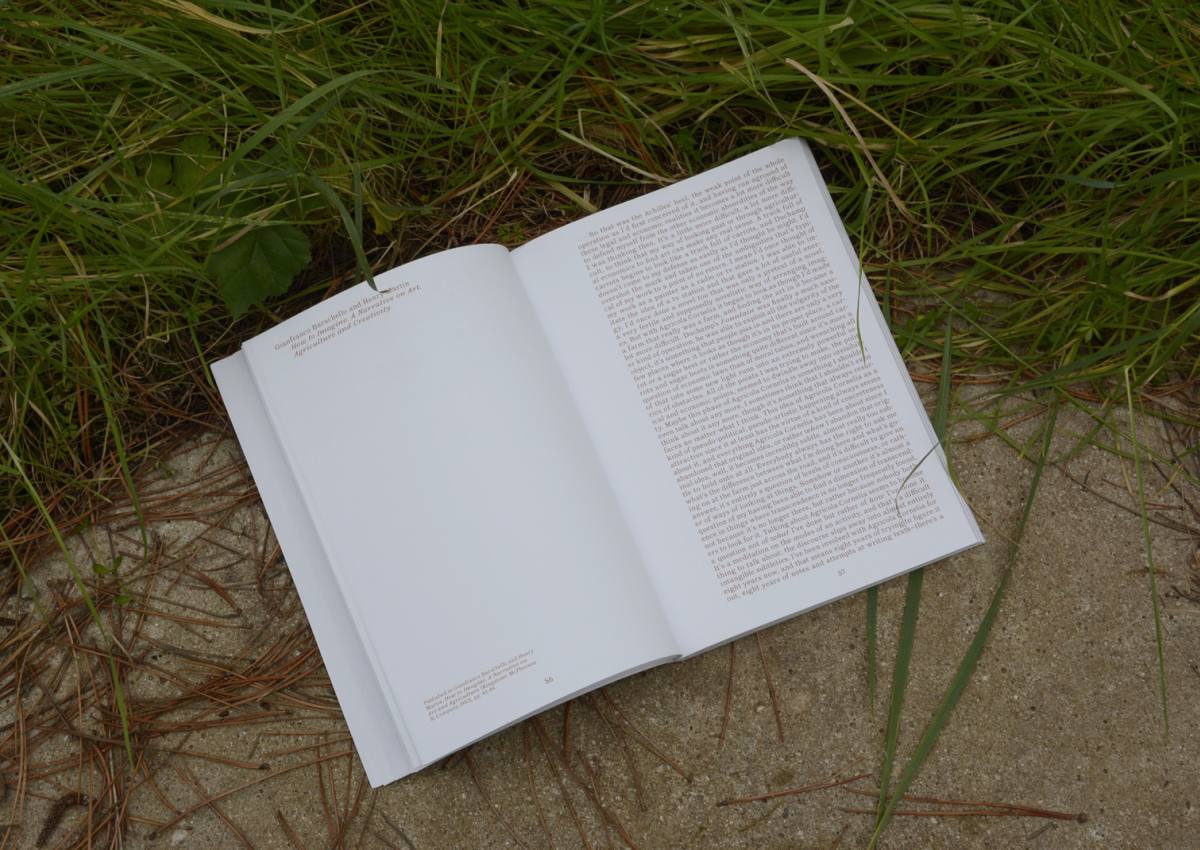

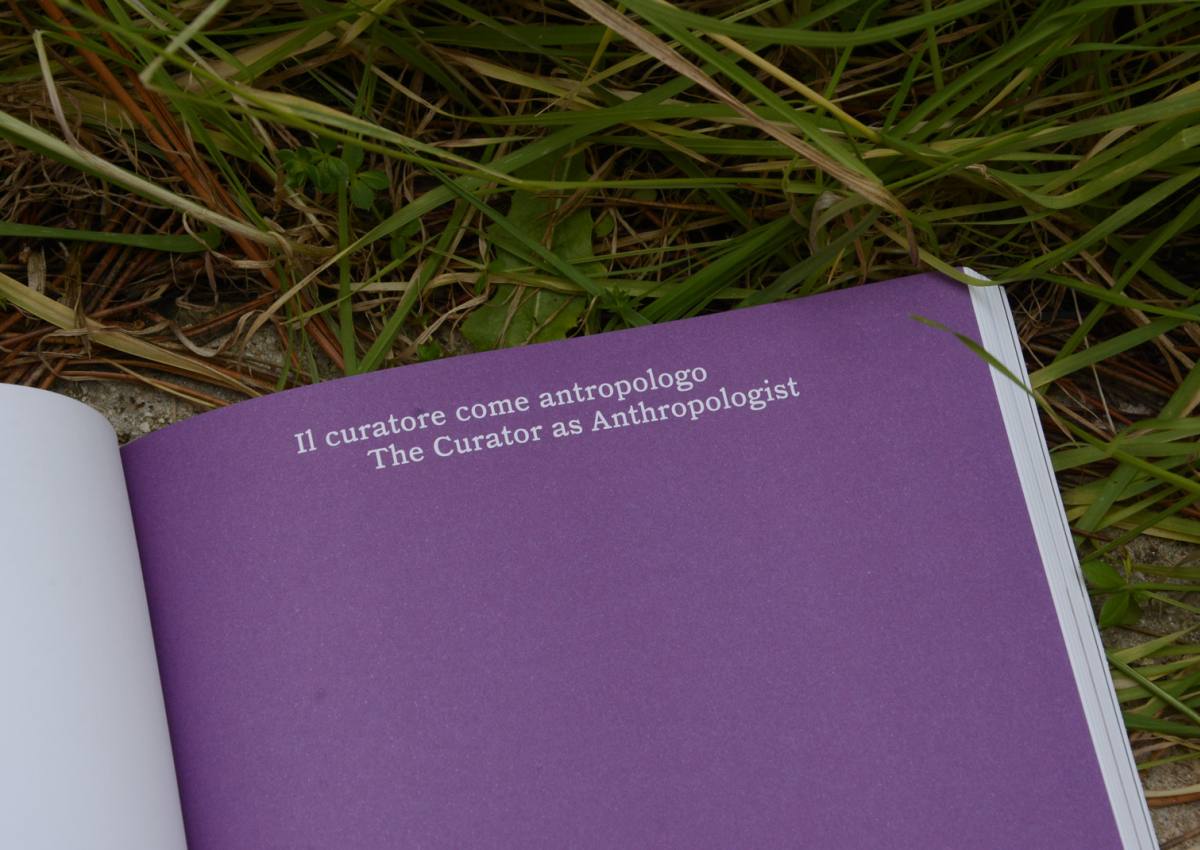

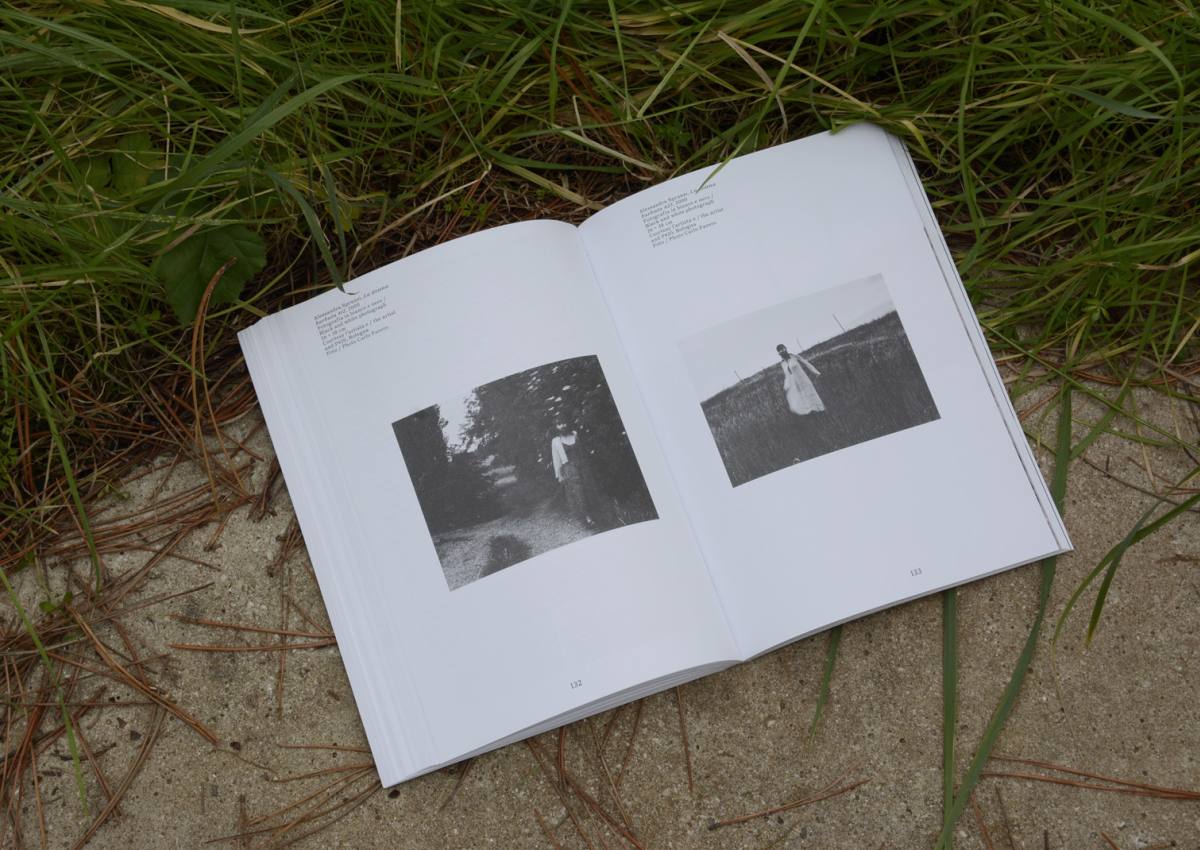
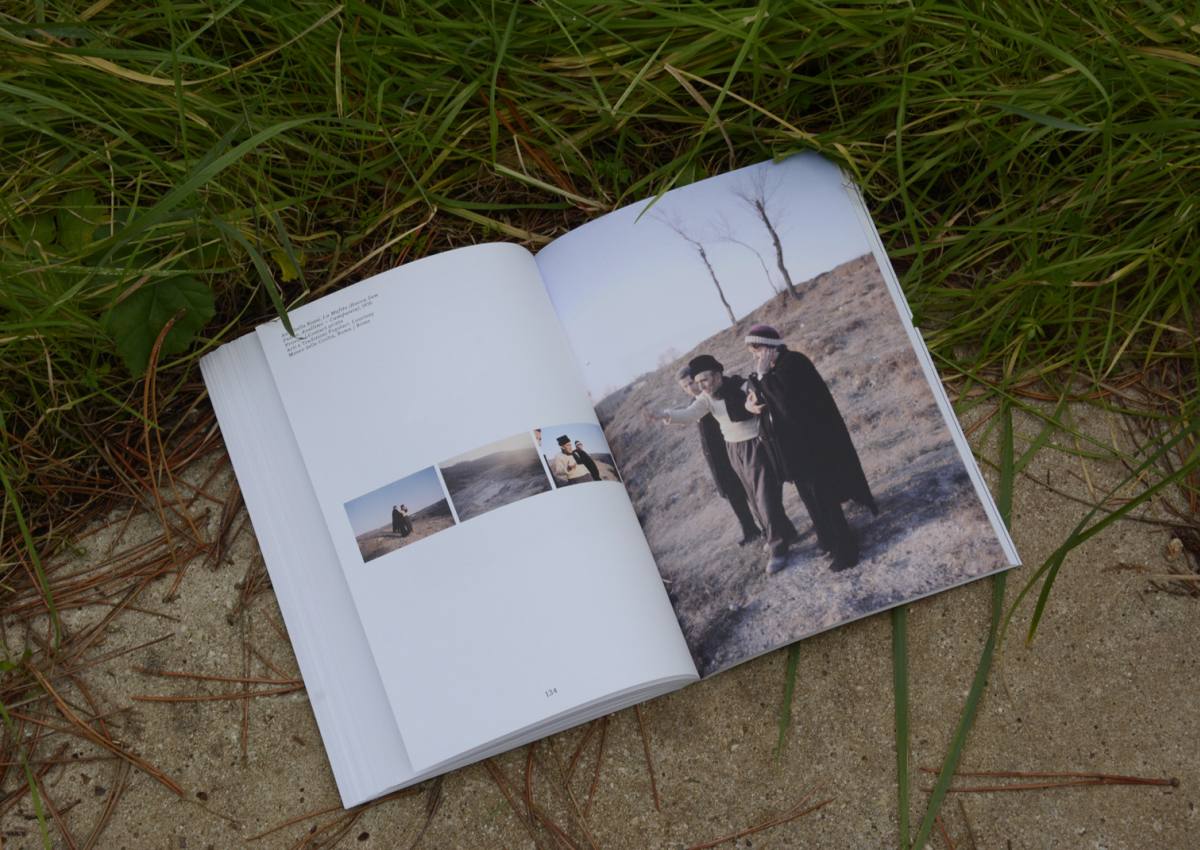

Vv. Aa.
Terreno. Traces of the Accessible Everyday
€ 18
Edited by Lisa Andreani
Texts by Lisa Andreani, Arjun Appadurai, Gianfranco Baruchello e Henry Martin, David Blamey, Luciano Caruso, Enrico Crispolti, Clémentine Deliss, Georges Didi-Huberman, Tim Ingold, Francesco Stocchi, Andrea Viliani.
Published in the occasion of the exhibition
TERRENO. Traces of the Accessible Everyday
L’Aquila, MAXXI L’Aquila
7 December 2024 - 4 May 2025
208 pp.
17 x 24 cm
Color and bw printing
ita/eng
2024
ISBN 979-12-81790-24-7
Category: Catalogues Territorial research
TERRENO. Tracce del disponibile quotidiano is a multidisciplinary exhibition that relates materiality and memory, bringing together cultural traditions, historical documents and everyday artistic practices, generating new collective imaginaries. The volume brings together a range of images, essays and reprints, offering a unique dialogue between artistic, scientific, and social disciplines. Inspired by Gianni Celati “accessible everyday”, the exhibition takes the visitor on a journey dedicated to the scenes, landscapes, and gestures from the everyday world that often go unnoticed and are rediscovered, grasping their value and revealing new and possible meanings. The rooms of the museum are filled with works of art from the MAXXI Collections, artefacts and photographic documents from the Museum of Civilisations in Rome, editorial materials, design and architectural projects, and a new sound production. This is how fluid and changeable stories and tales are born, joining ordinariness and tradition, historical documentation and invention, in a strong bond with the territory and its artistic and creative community. With: Arjun Appadurai, Franco Assetto, Amedeo Aureli, Yto Barrada, Gianfranco Baruchello and Henry Martin, David Blamey, Diego Carpitella, Luciano Caruso and Giuliano Longone, Cavart, Giorgio Ceretti, Pietro Derossi e Riccardo Rosso, Continuum, Mario Cresci, Enrico Crispolti, Clémentine Deliss, Georges Didi-Huberman, Claudia Durastanti, Francesco De Melis, Formafantasma, Francesco Garnier Valletti, Luigi Ghirri, Ezio Gribaudo, Illustrazione Abruzzese, Tim Ingold, Enzo Mari, Ana Mendieta, Bruno Munari, Ramona Ponzini, Quarto di Santa Giusta Centro Multimediale, Moira Ricci, Annabella Rossi, Bernard Rudofsky, Marco Schiavone, Shimabuku, Alessandra Spranzi, Susan Sontag, Superstudio, Luca Trevisani, Nico Vascellari, Andrea Viliani, Luca Vitone and all the creators of artefacts belonging to the Collections of Popular Arts and Traditions of the Museum of Civilisations.
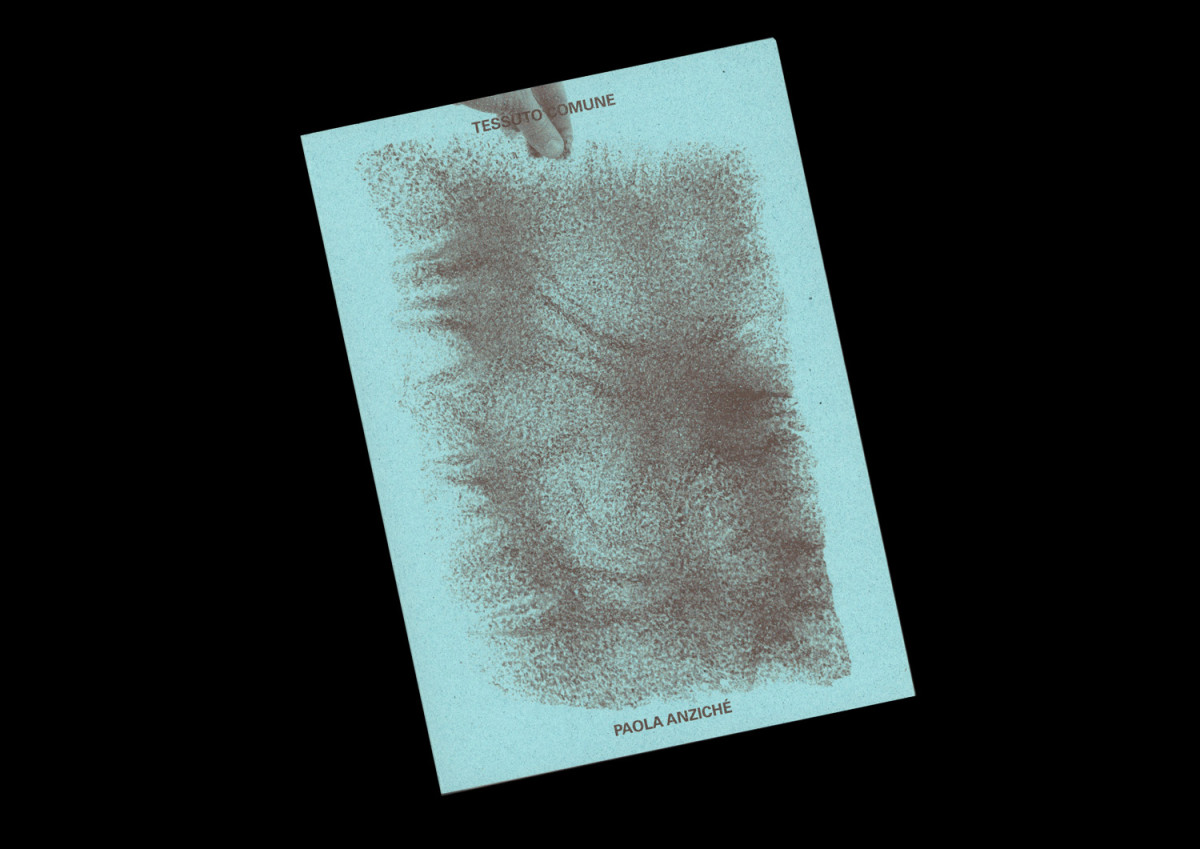
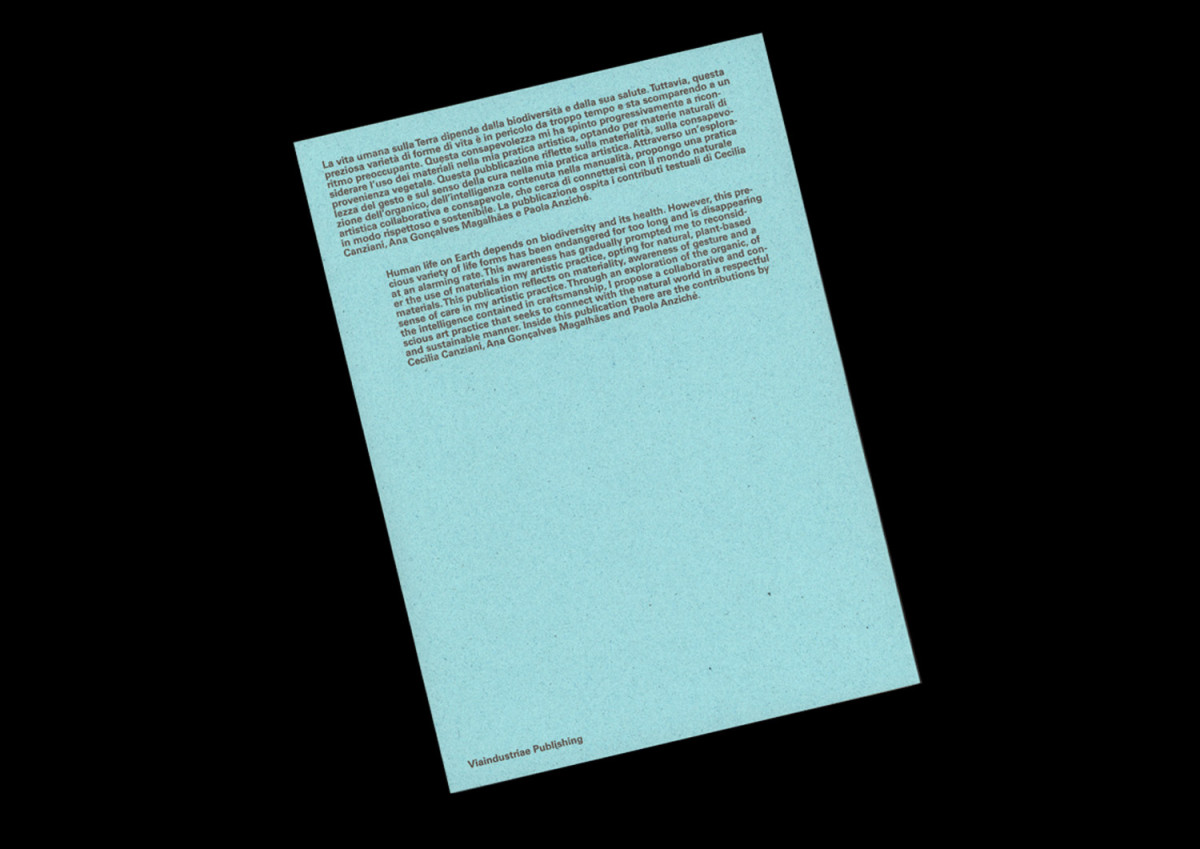
Paola Anziché
Common Threads
€ 13
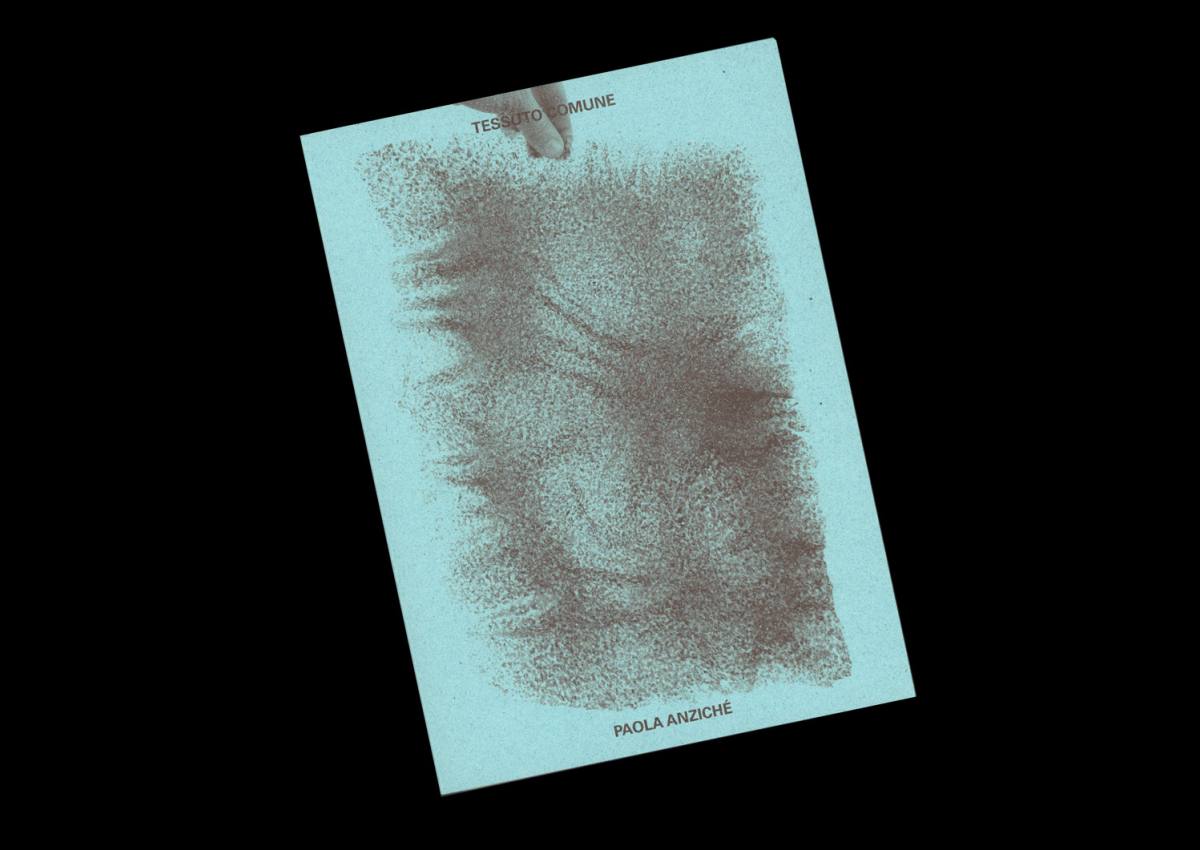
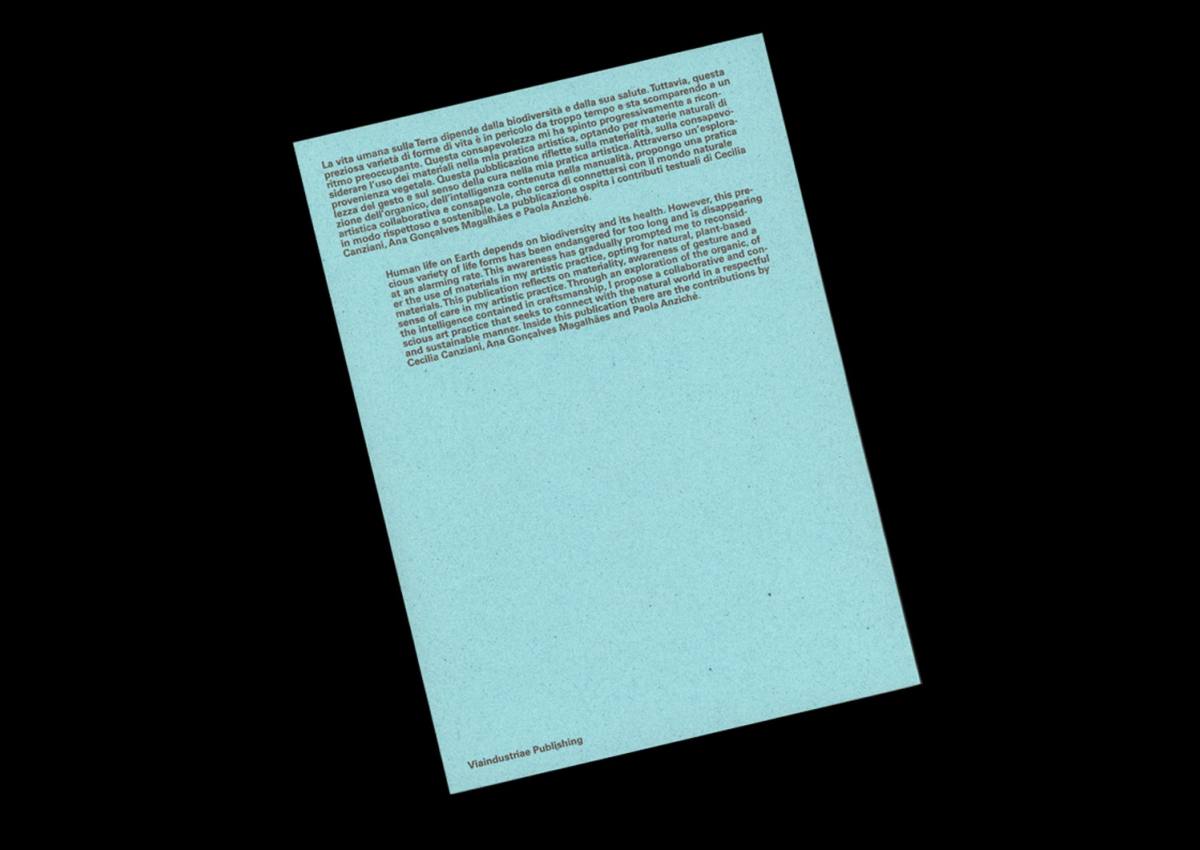
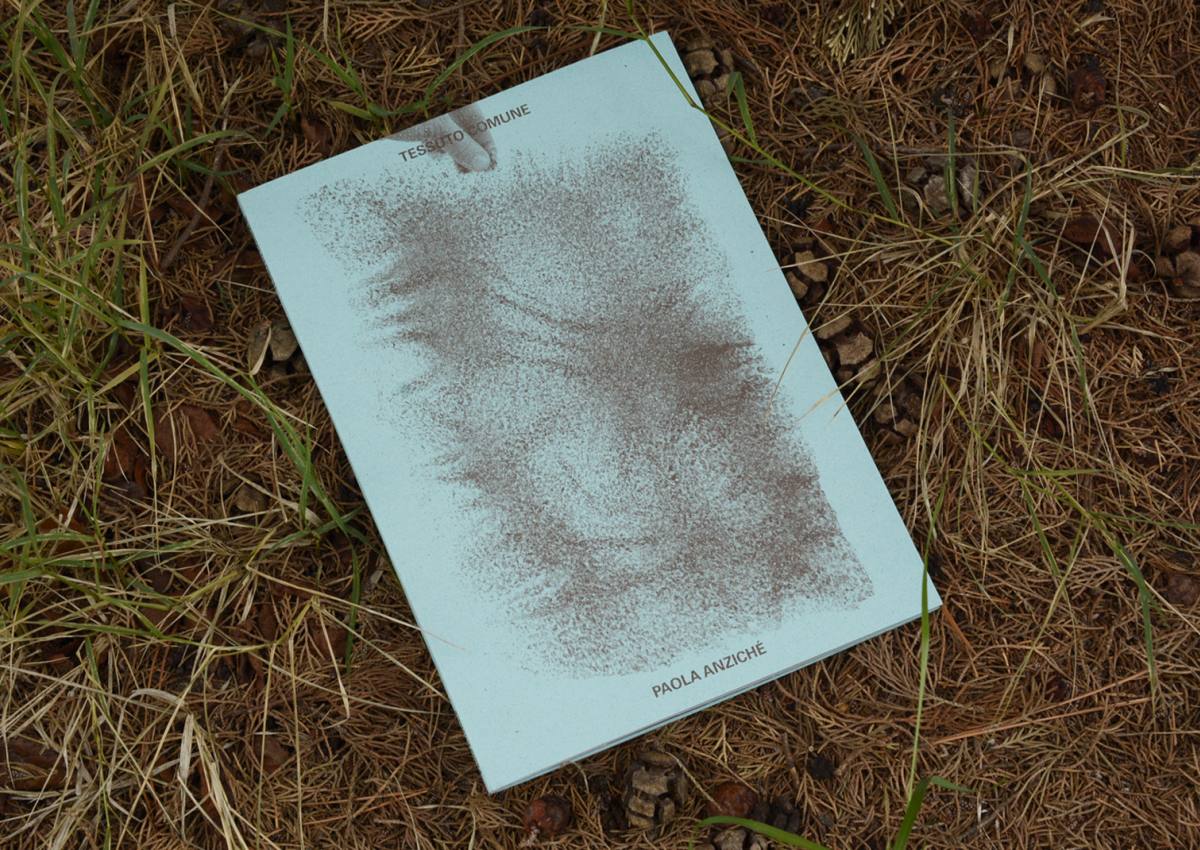
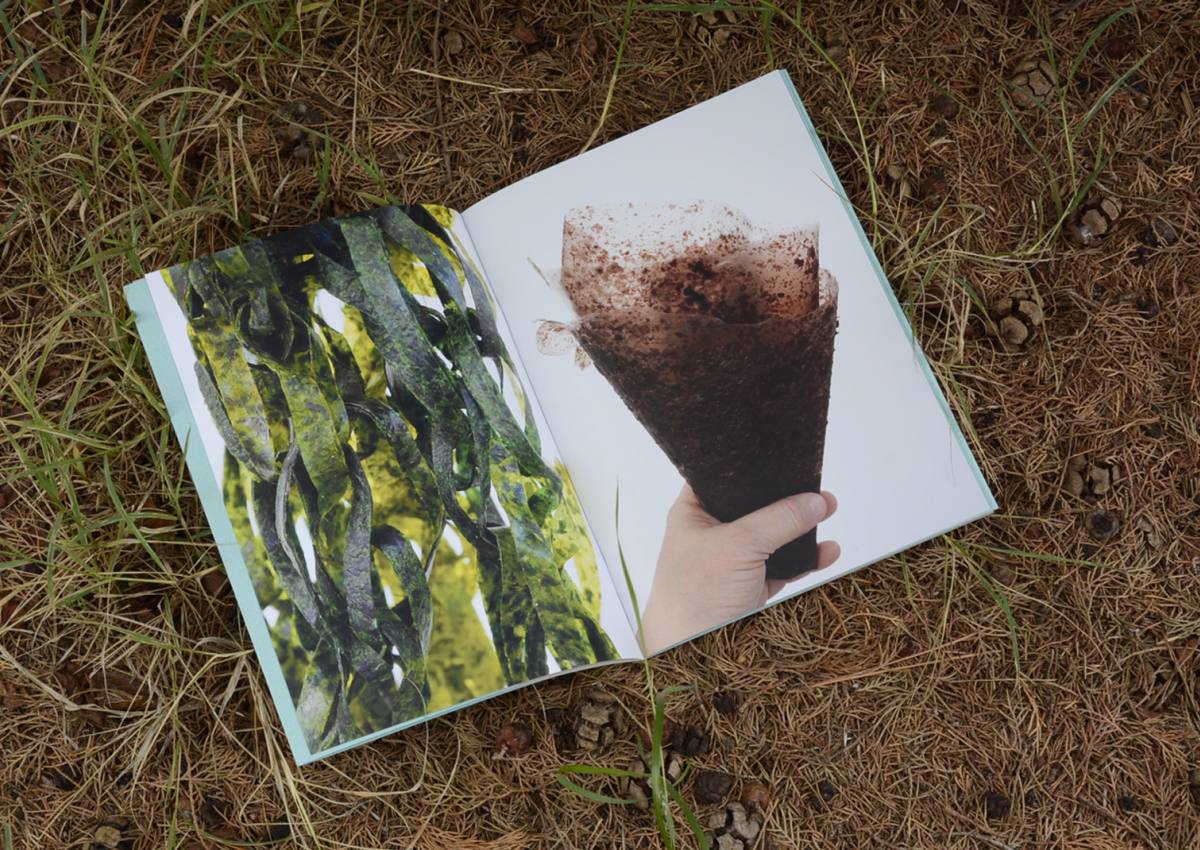
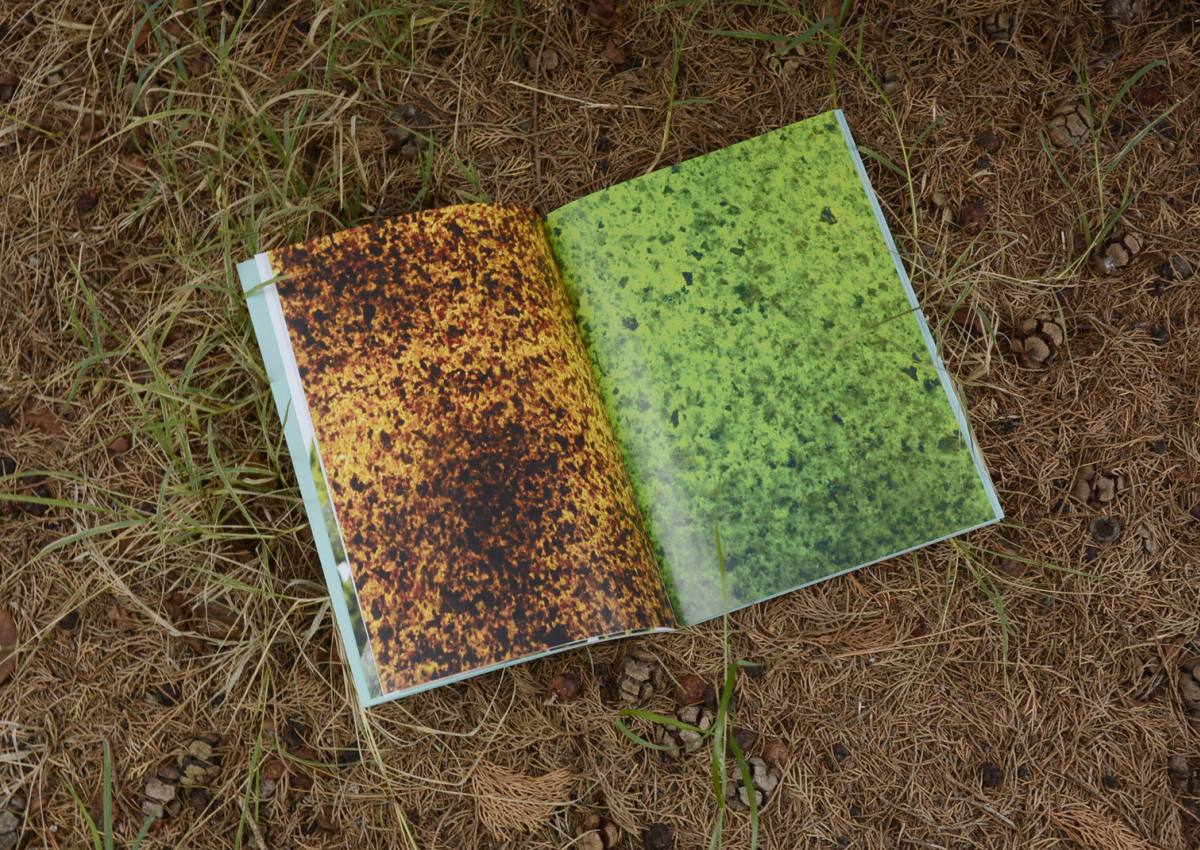
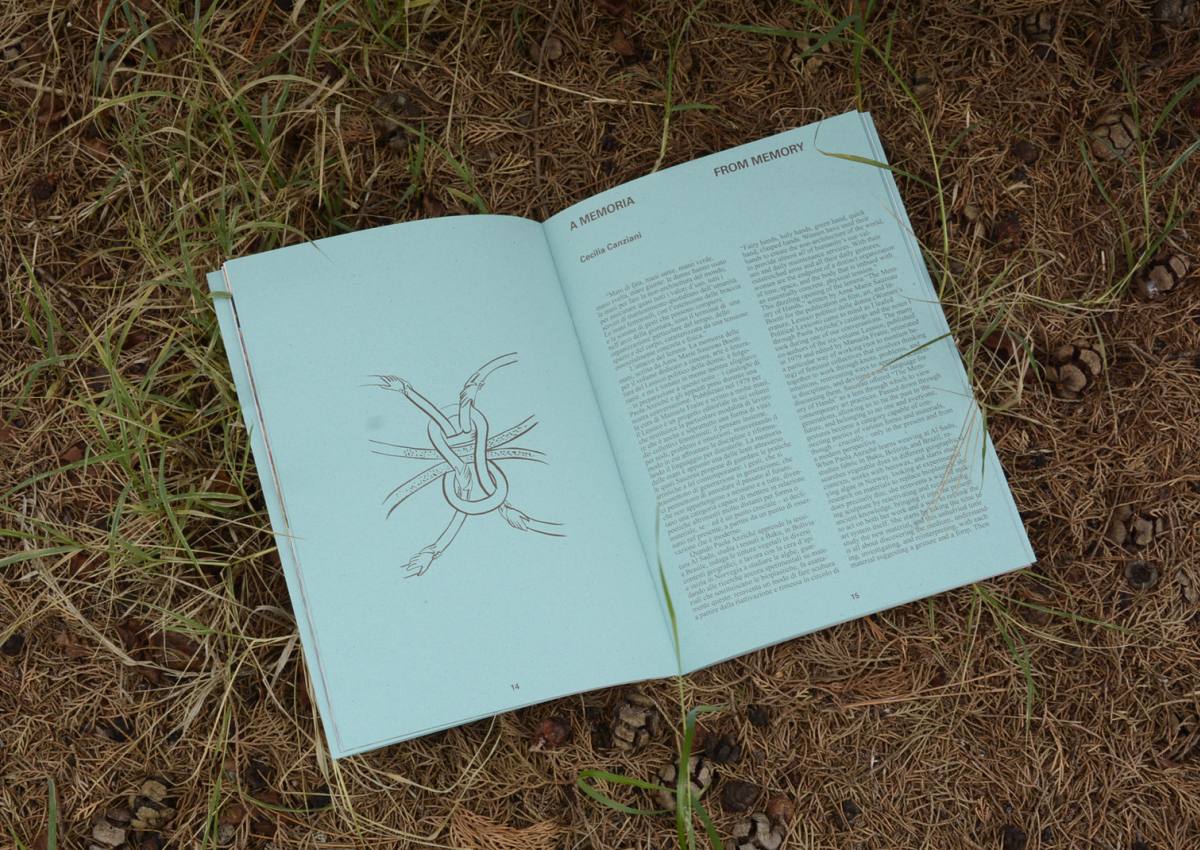
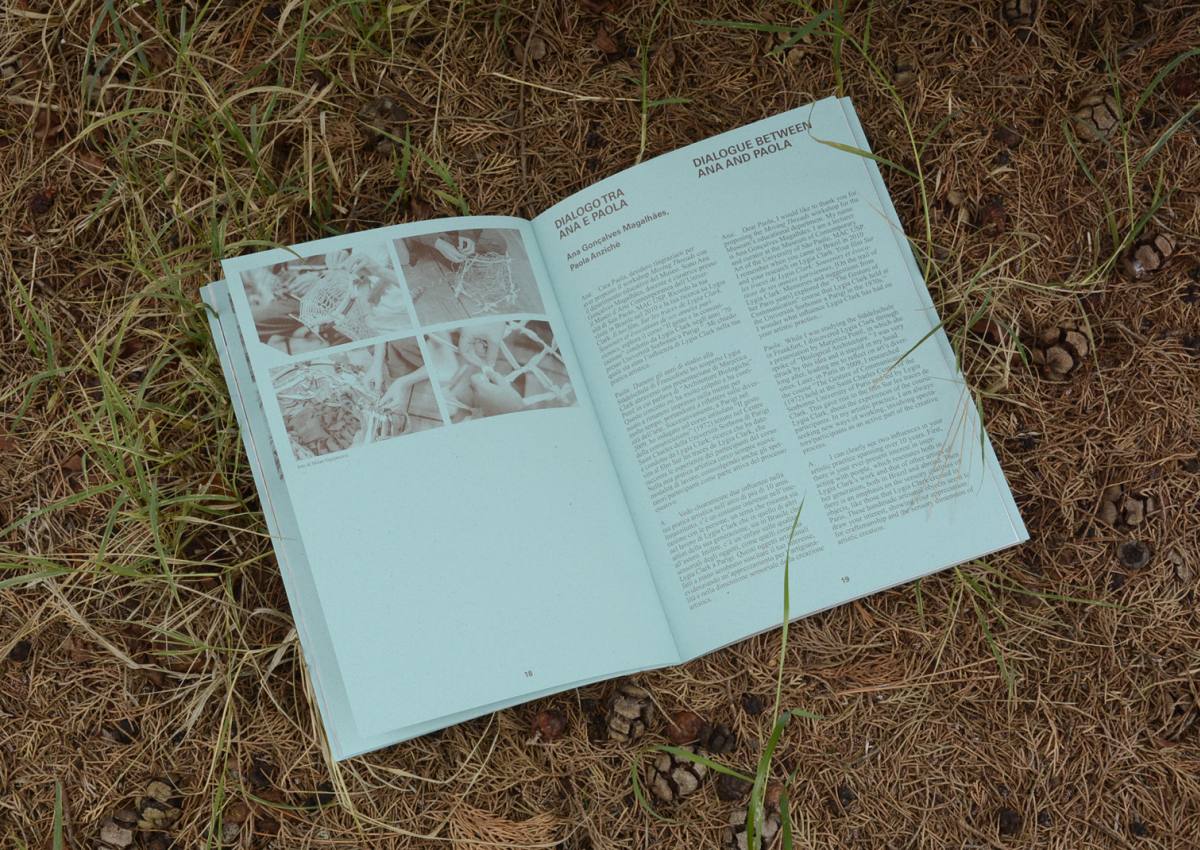
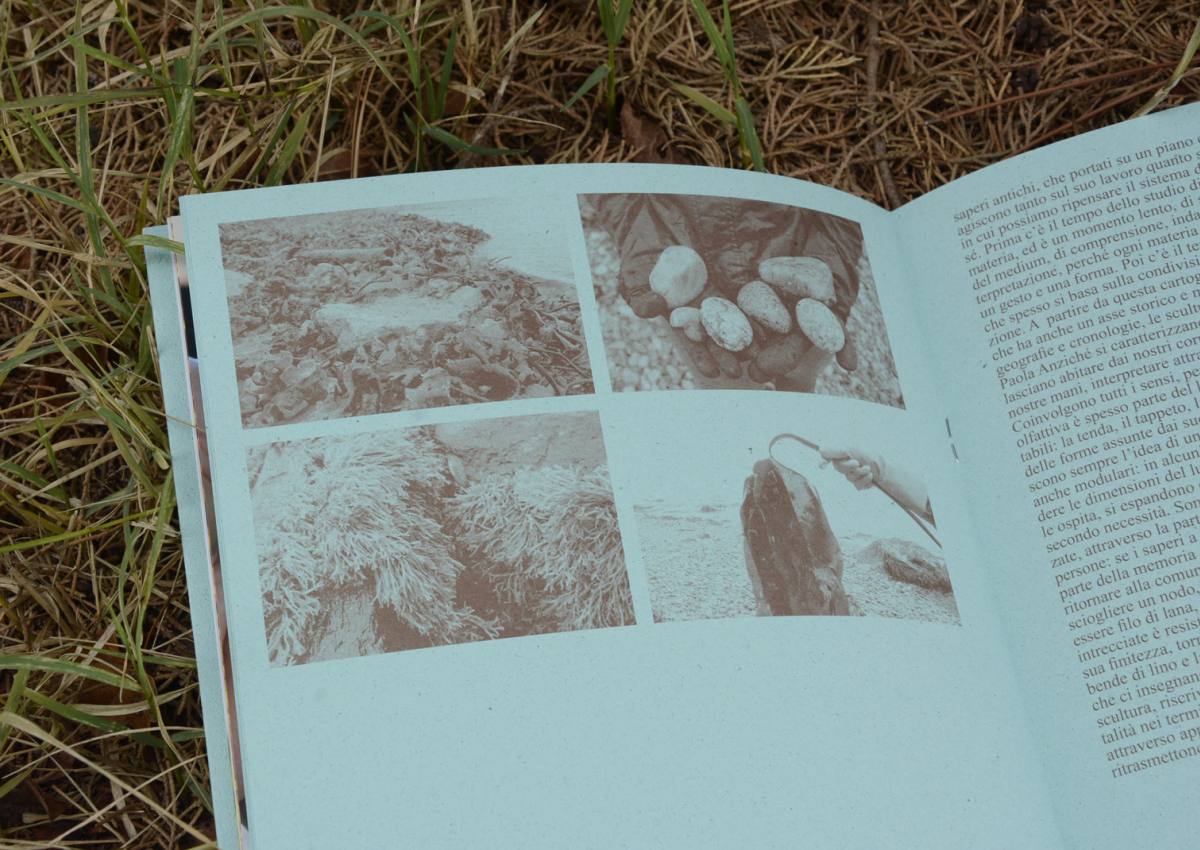
Paola Anziché
Common Threads
€ 13
32 pp.
19 x 28 cm
colour and bw printing
ita/eng
2024
ISBN 979-12-81790-12-4
Category: Artist's books Territorial research
Human life on Earth depends on biodiversity and its health. However, this pre-cious variety of life forms has been endangered for too long and is disappearing at an alarming rate. This awareness has gradually prompted me to reconsid. er the use of materials in my artistic practice, opting for natural, plant-based materials. This publication reflects on materiality, awareness of gesture and a sense of care in my artistic pratice. Through an exploration of the organic, of the intelligence contained in craftsmanship, I propose a collaborative and conscious art practice that seeks to connect with the natural world in a respectful and sustainable manner. Inside this publication there are the contributions by Cecilia Canziani, Ana Gonçalves Magalhães and Paola Anziché.
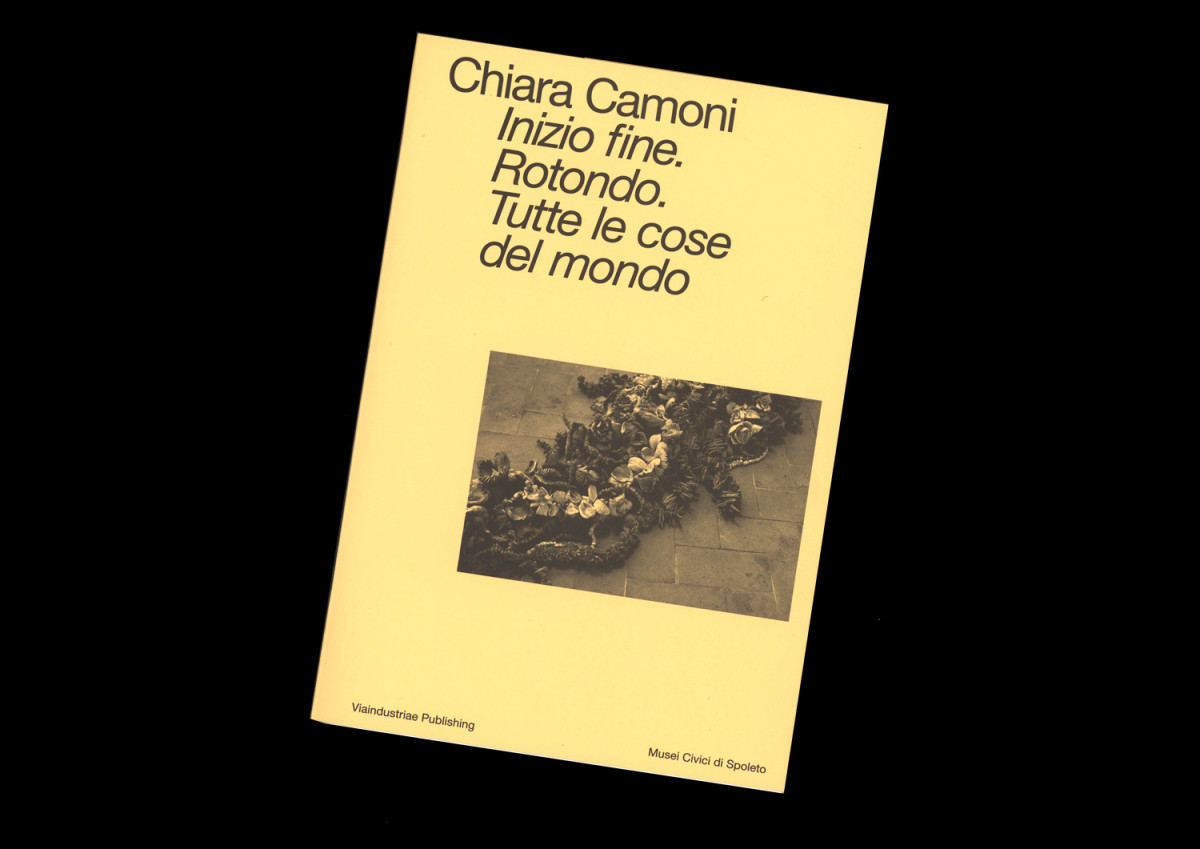
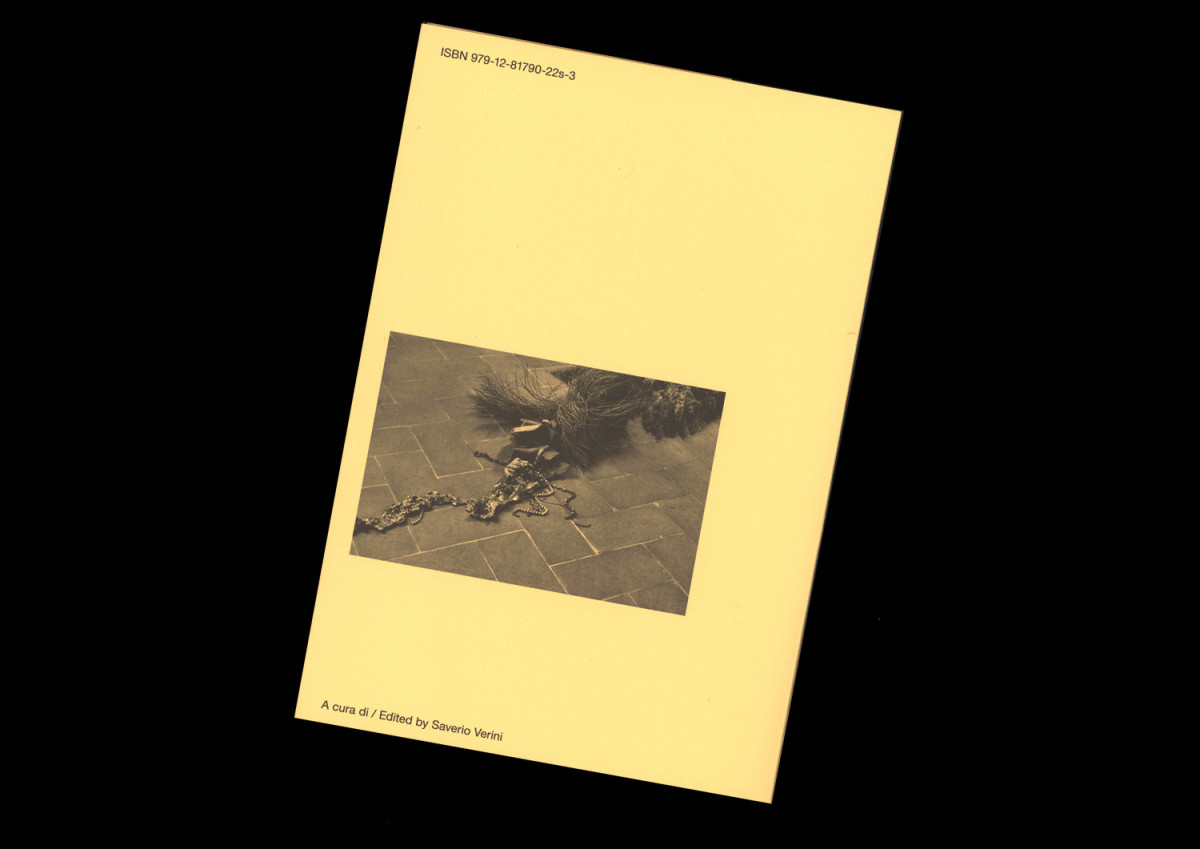
Chiara Camoni
Inizio fine. Rotondo. Tutte le cose del mondo
€ 20
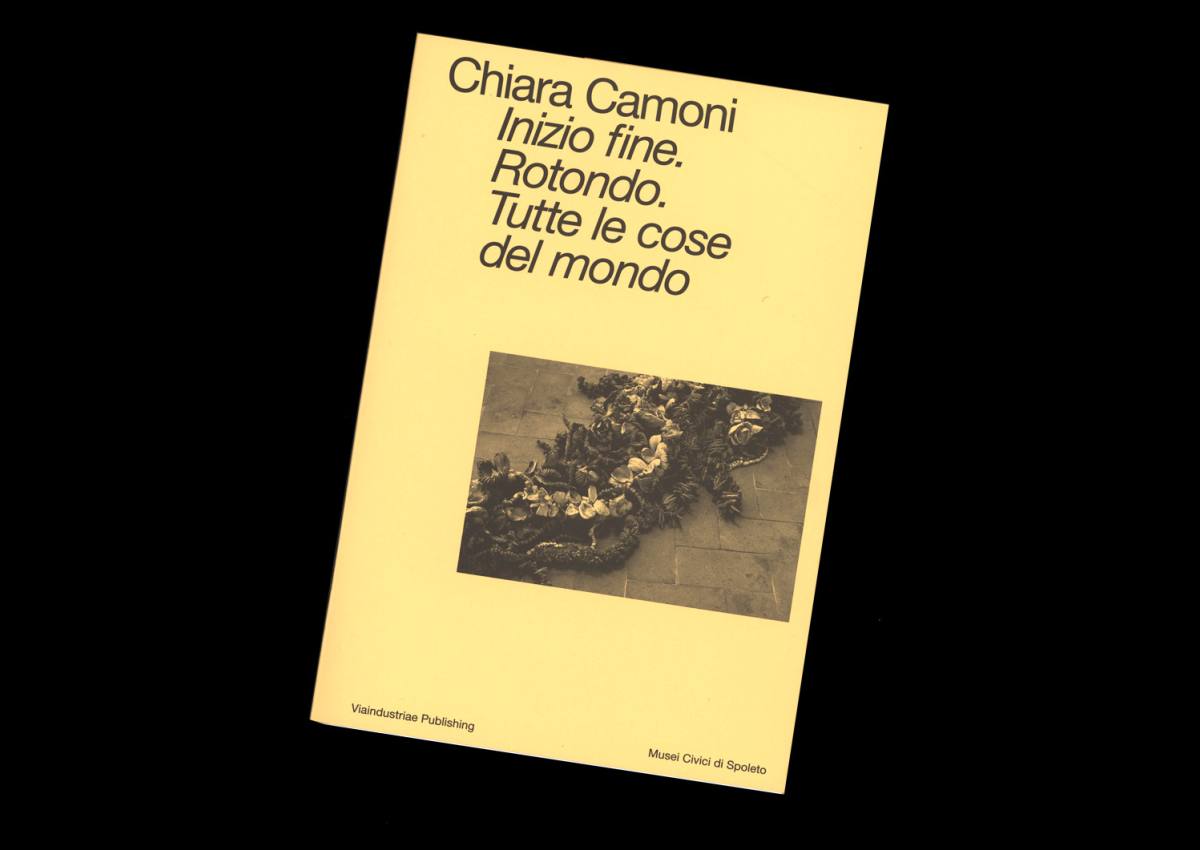
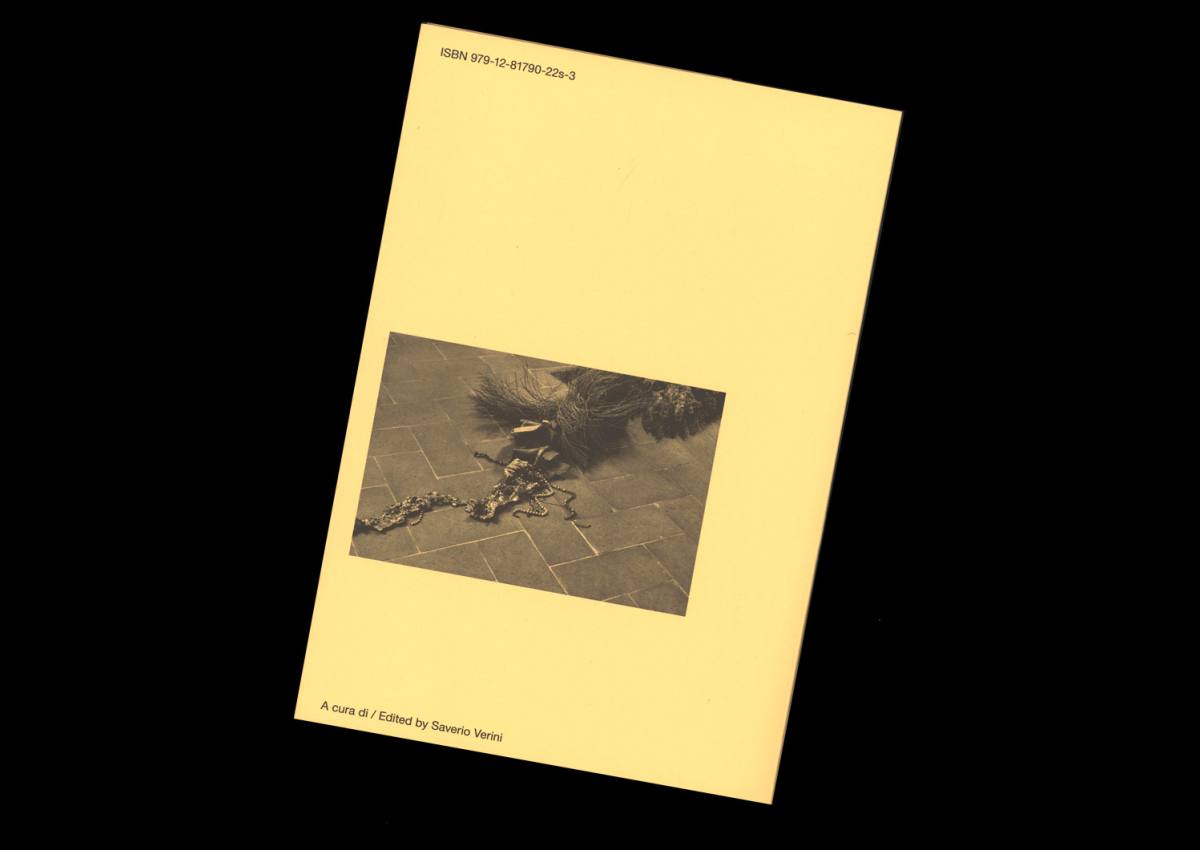
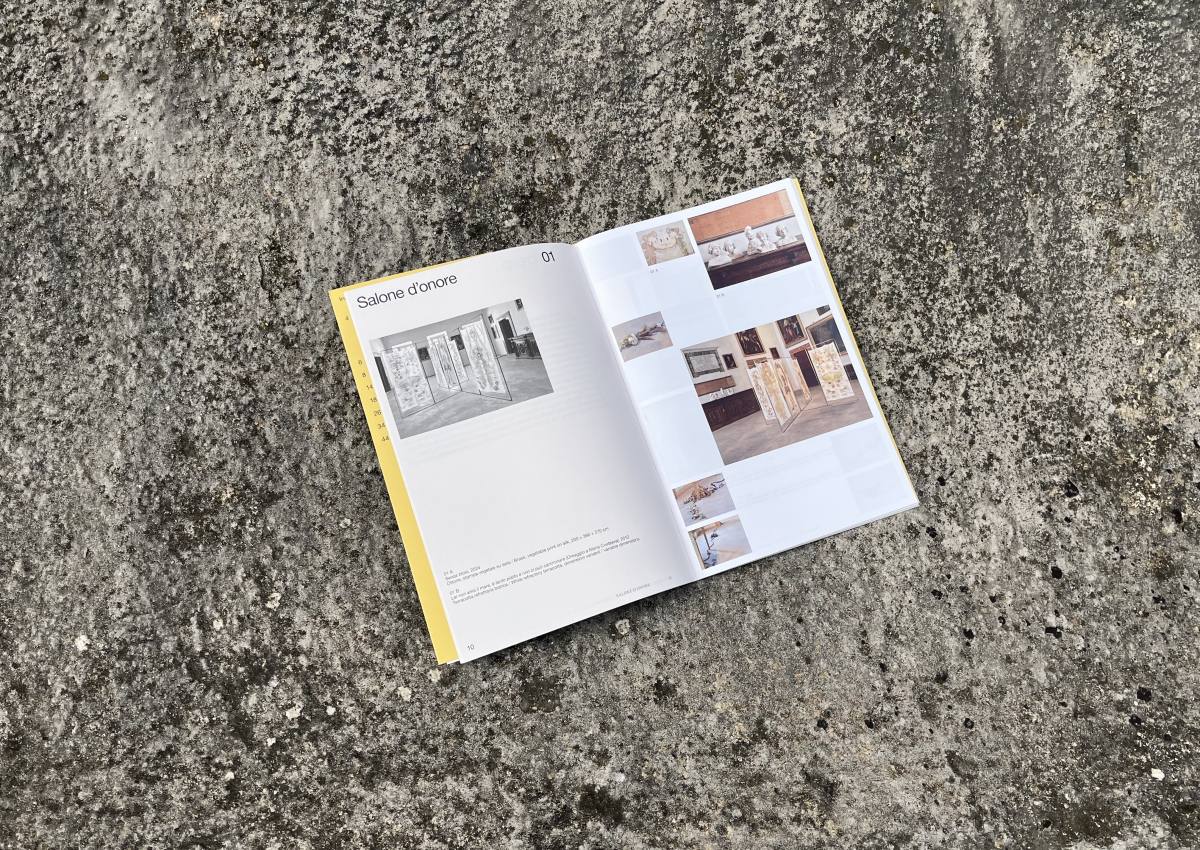



Chiara Camoni
Inizio Fine. Rotondo. Tutte le cose del mondo
€ 20
Co-published with Palazzo Collicola, Spoleto
Edited by Saverio Verini
52 pp.
19 x 28 cm
Colour and bn printing
ita/eng
2024
ISBN 979-12-81790-22-3
Category: Artist's books Catalogues
Inizio fine. Rotondo. Tutte le cose del mondo (Beginning, End. Round. All Things of the World) is the exhibition that artist Chiara Camoni conceived for the Piano Nobile of Palazzo Collicola on the occasion of the 67th Festival dei Due Mondi. The title, similar to a lullaby or nursey rhyme, anticipates the course of the exhibition, based on circularity, accumulation and reiteration, with the works accompanying the visitor through the rooms in a dreamy and ancestral atmosphere, populated by spirits, divinities, souls, and animals. References to the natural and plant world-a fixed presence in Camoni’s production-meet with the splendour of the rooms of Palazzo Collicola, in an unprecedented dialogue that also features a conspicuous body of works made especially for the exhibition. The Piano Nobile and the artist’s works thus form a special alliance: the relationship with the architectural space is underlined by a long snake made of different materials and media which, ‘crawling’ in all the rooms, marks the path of the exhibition.
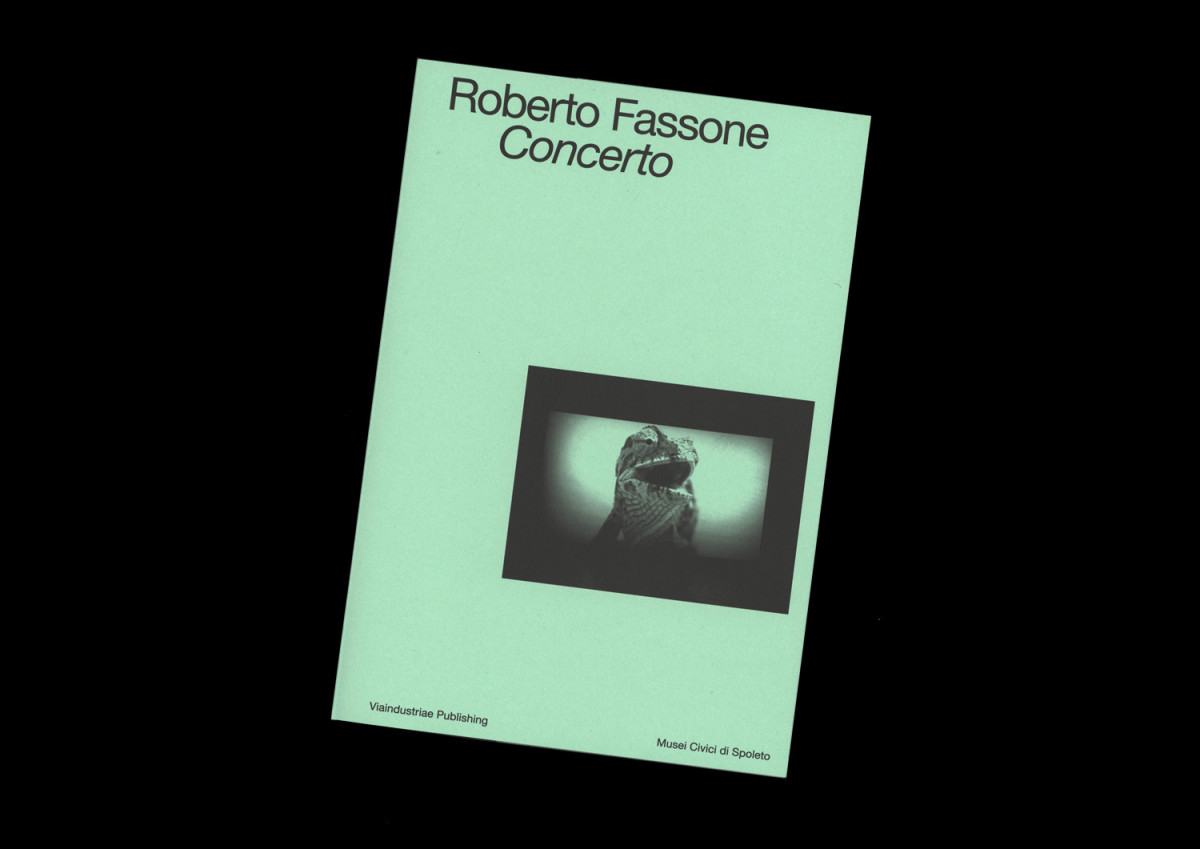
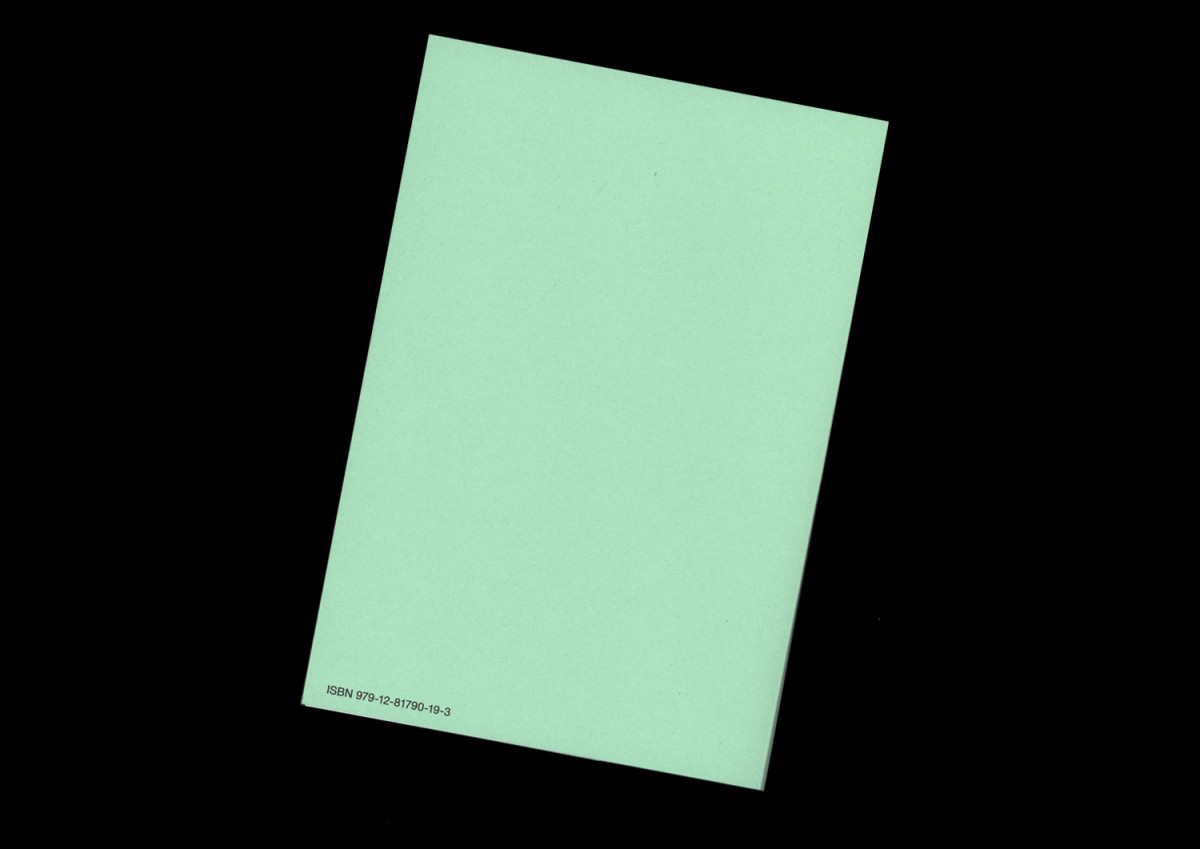
Roberto Fassone
Concerto
€ 20
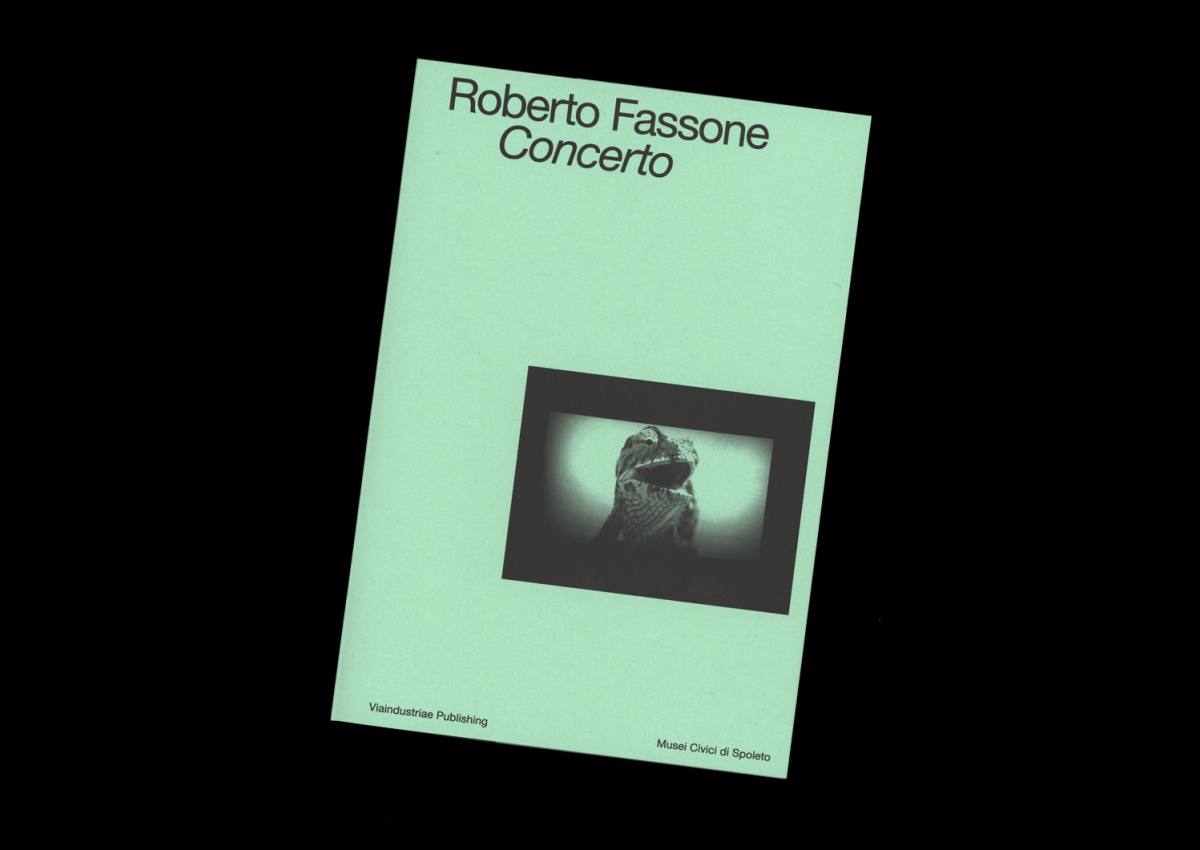
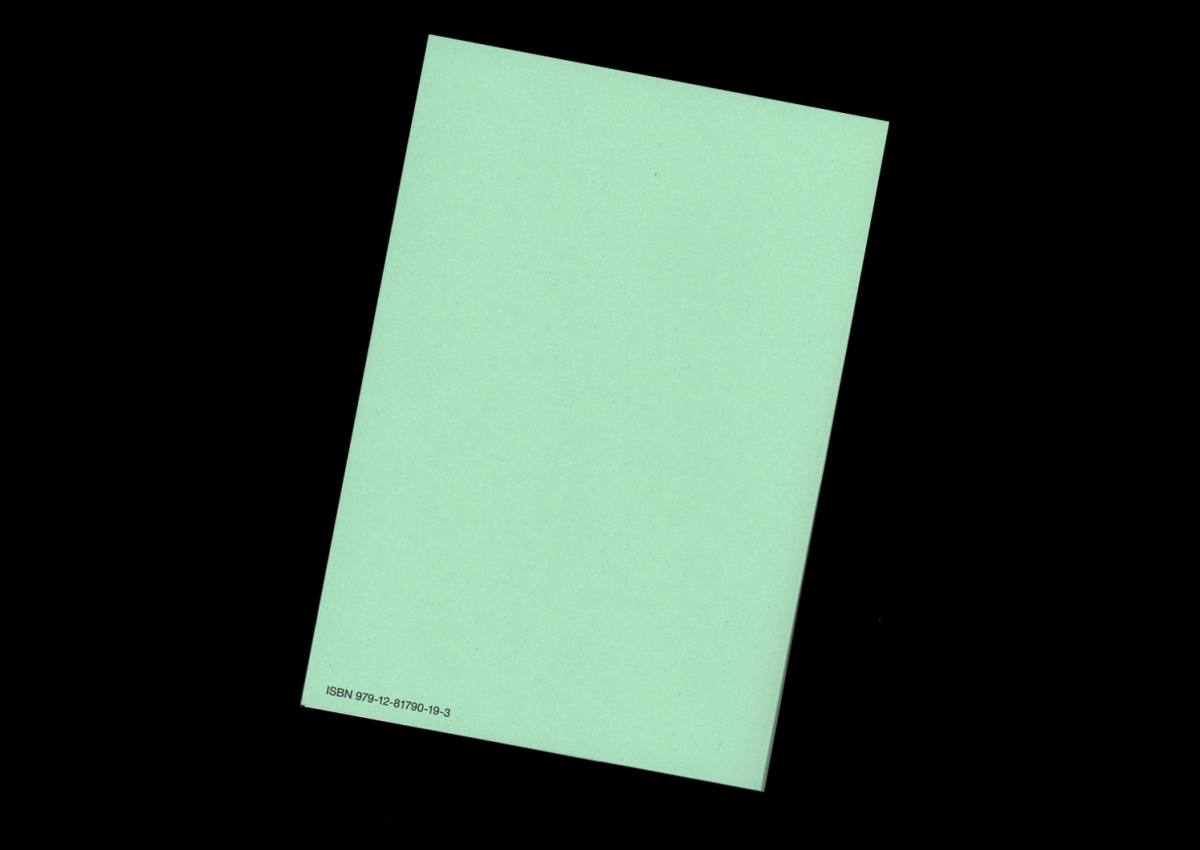
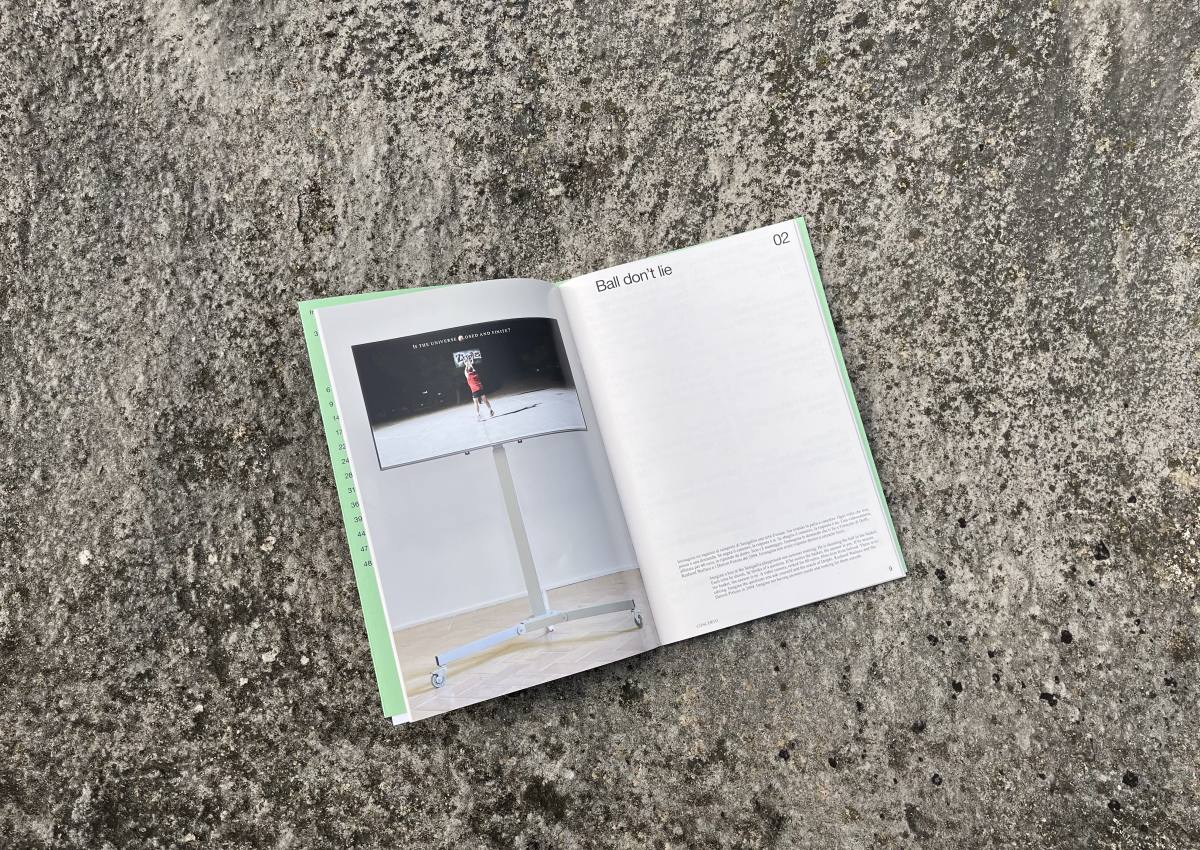
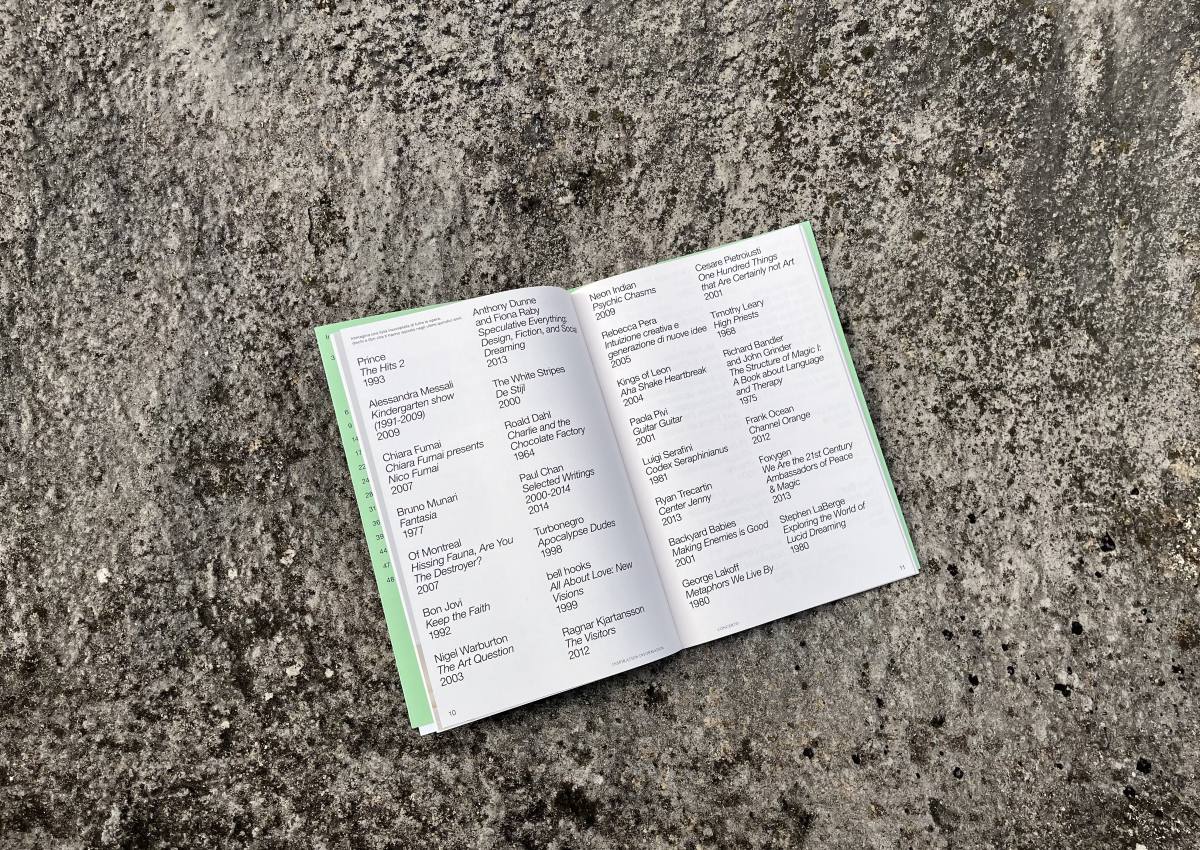
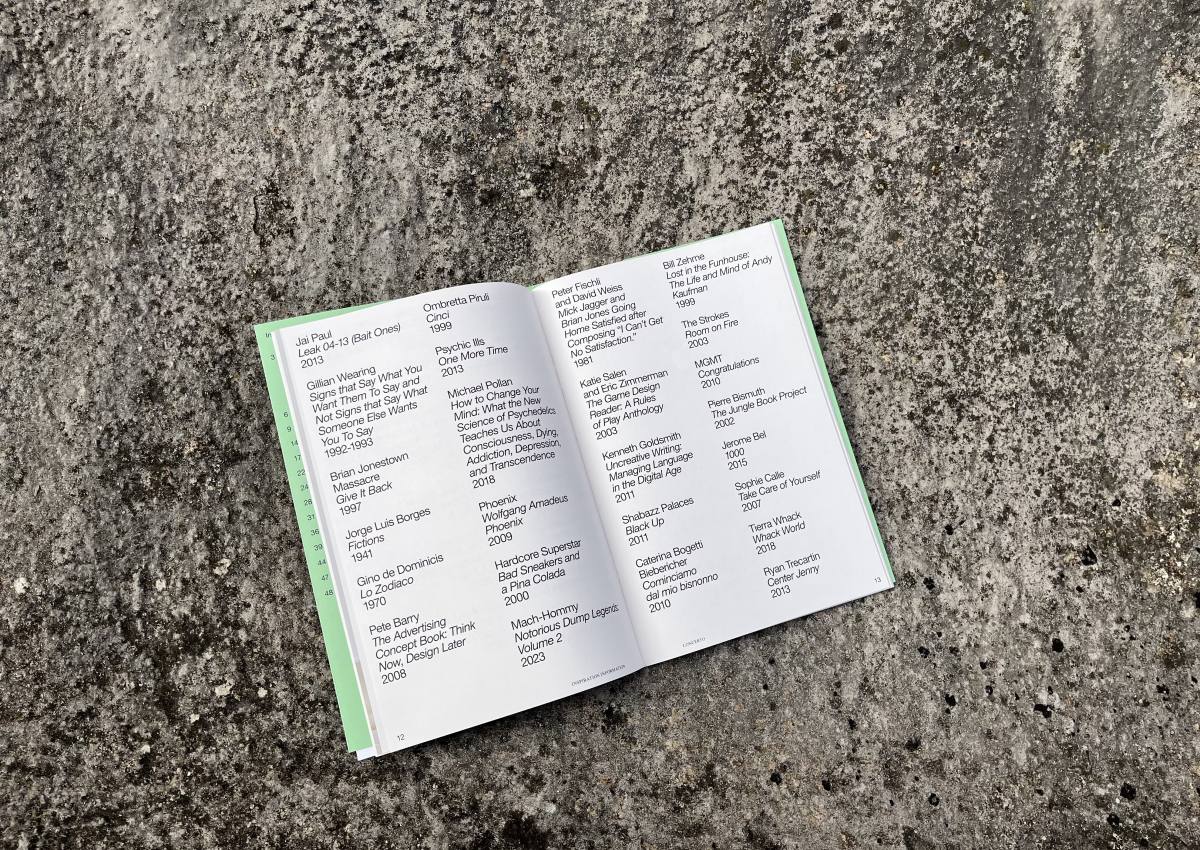
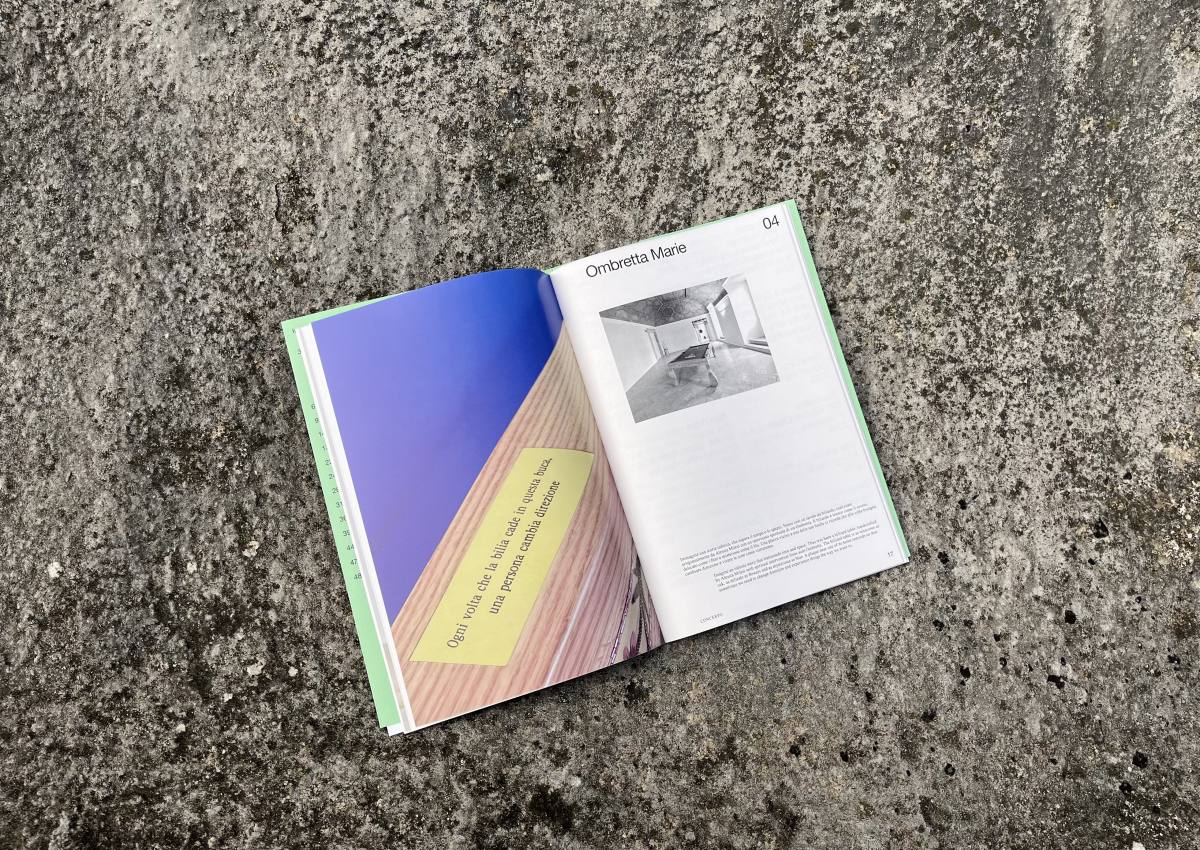
Roberto Fassone
Concerto
€ 20
Co-published with Palazzo Collicola, Spoleto
Edited by Saverio Verini
52 pp.
19 x 28 cm
Colour and bn printing
ita/eng
2024
ISBN 979-12-81790-19-3
Category: Catalogues Artist's books
Concerto, Roberto Fassone's first solo exhibi-tion in a public museum was created with the idea of retracing the artist's first fifteen years of activity. The exhibition hosts a selection of works-one per room-representative of his singular artistic practice. Like songs that follow one after the other during a concert, the works of Concerto traverse Fassone's entire artistic production, outlining the salient features - as well as the uniqueness-of his poetics, inviting visitors to embrace his ironic, surreal, psychedelic universe.
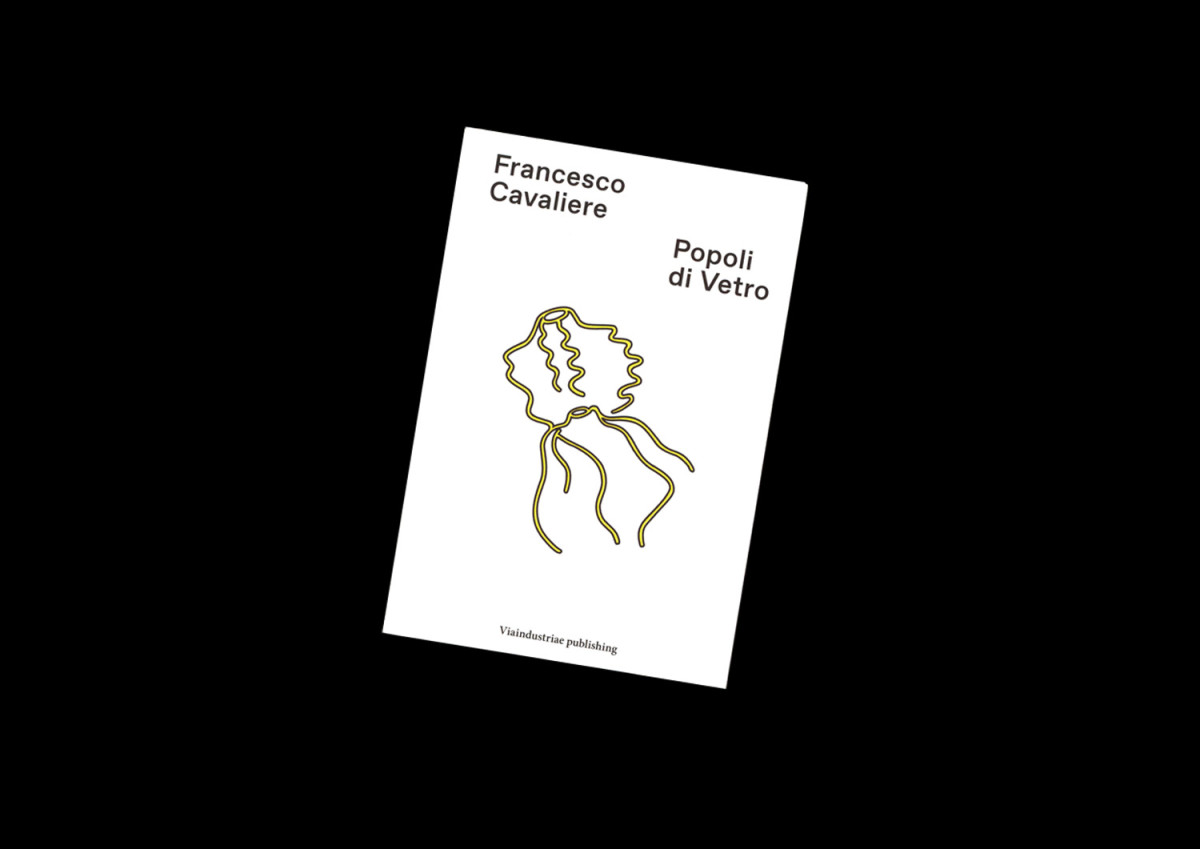
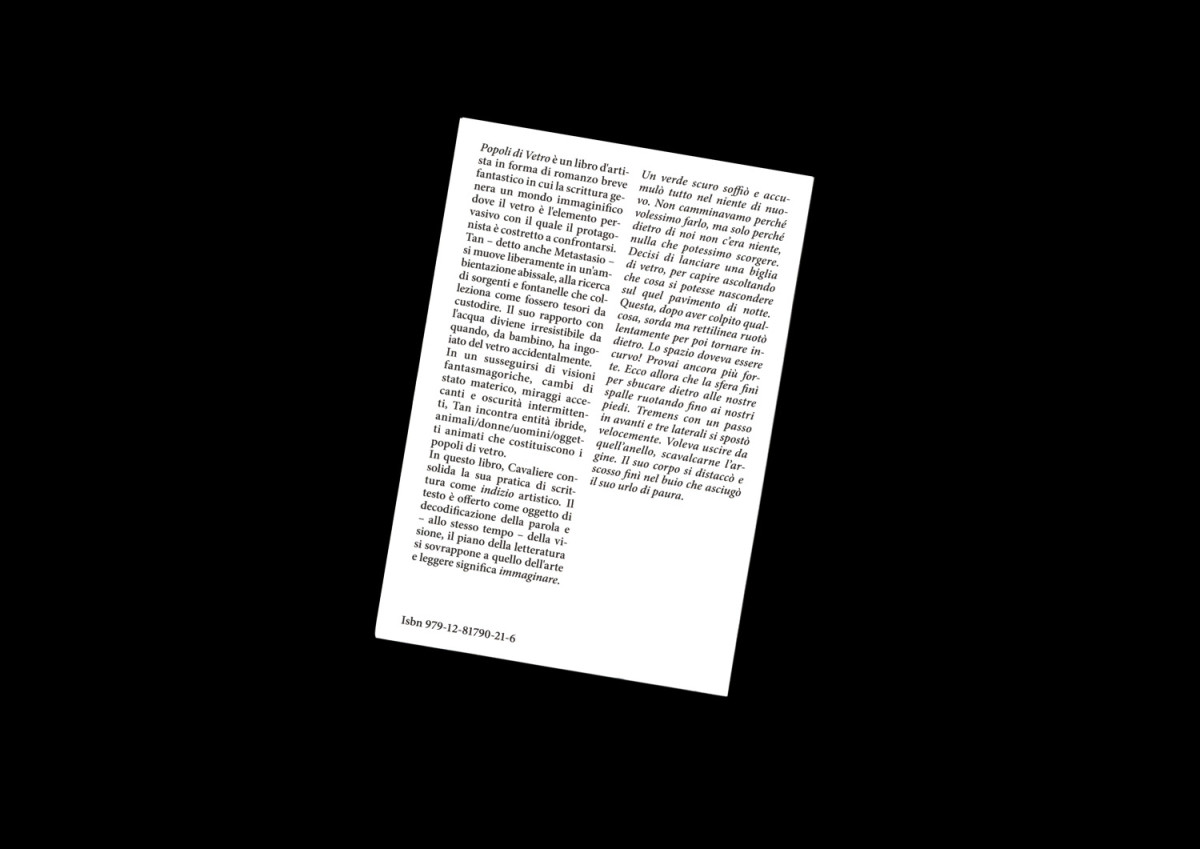
Francesco Cavaliere
Popoli di Vetro
€ 15
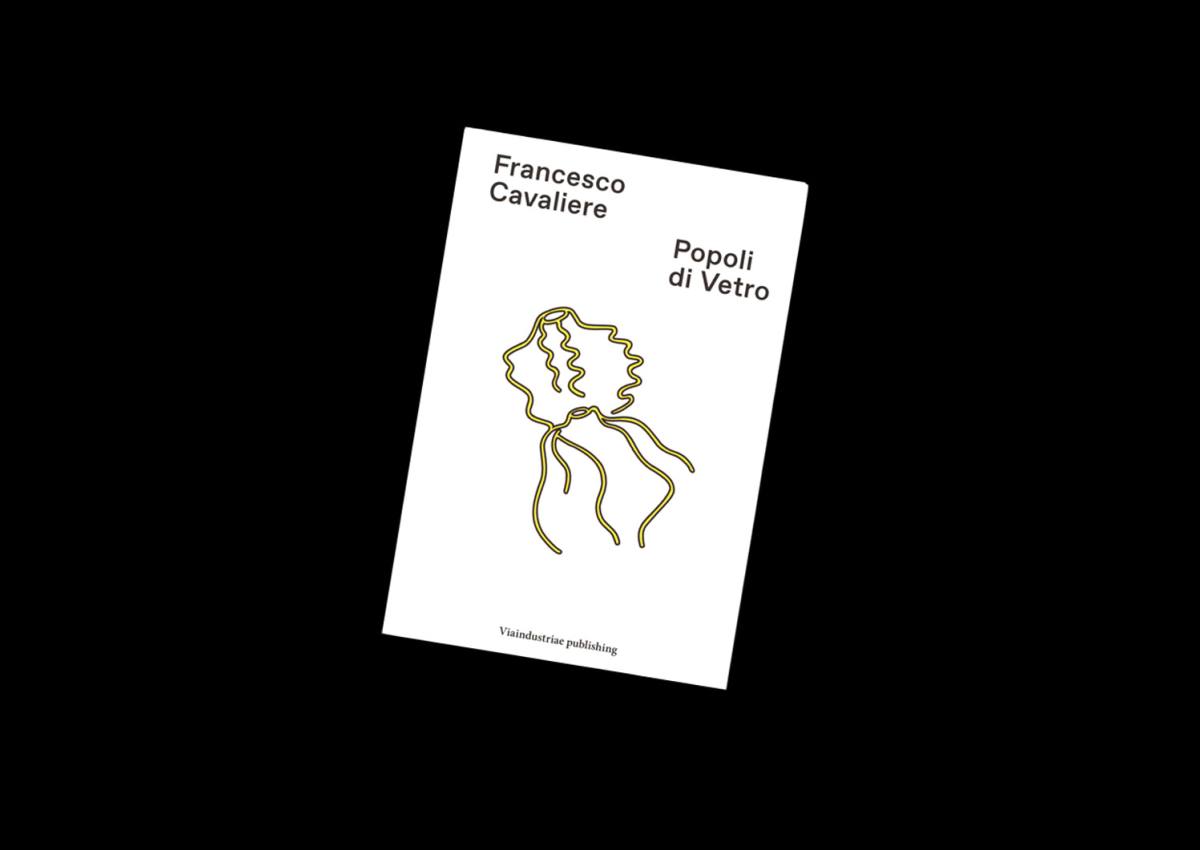
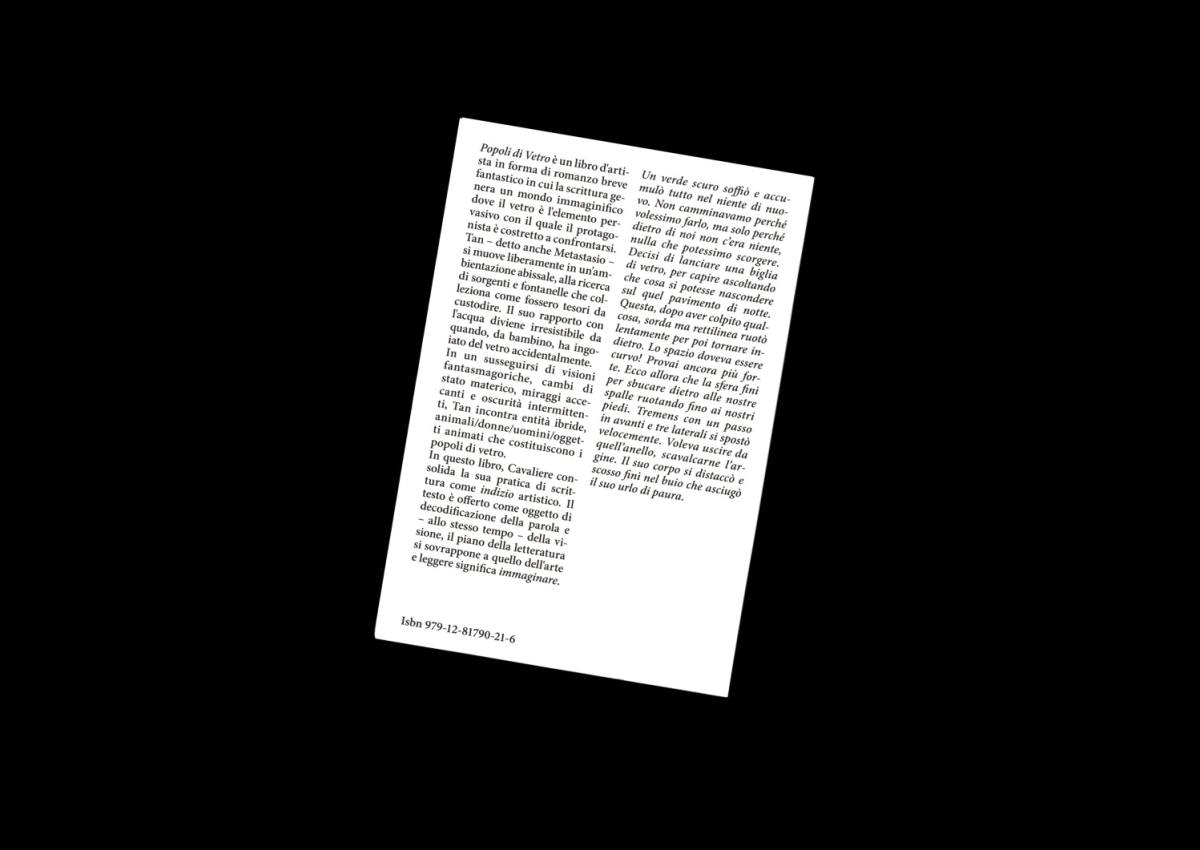
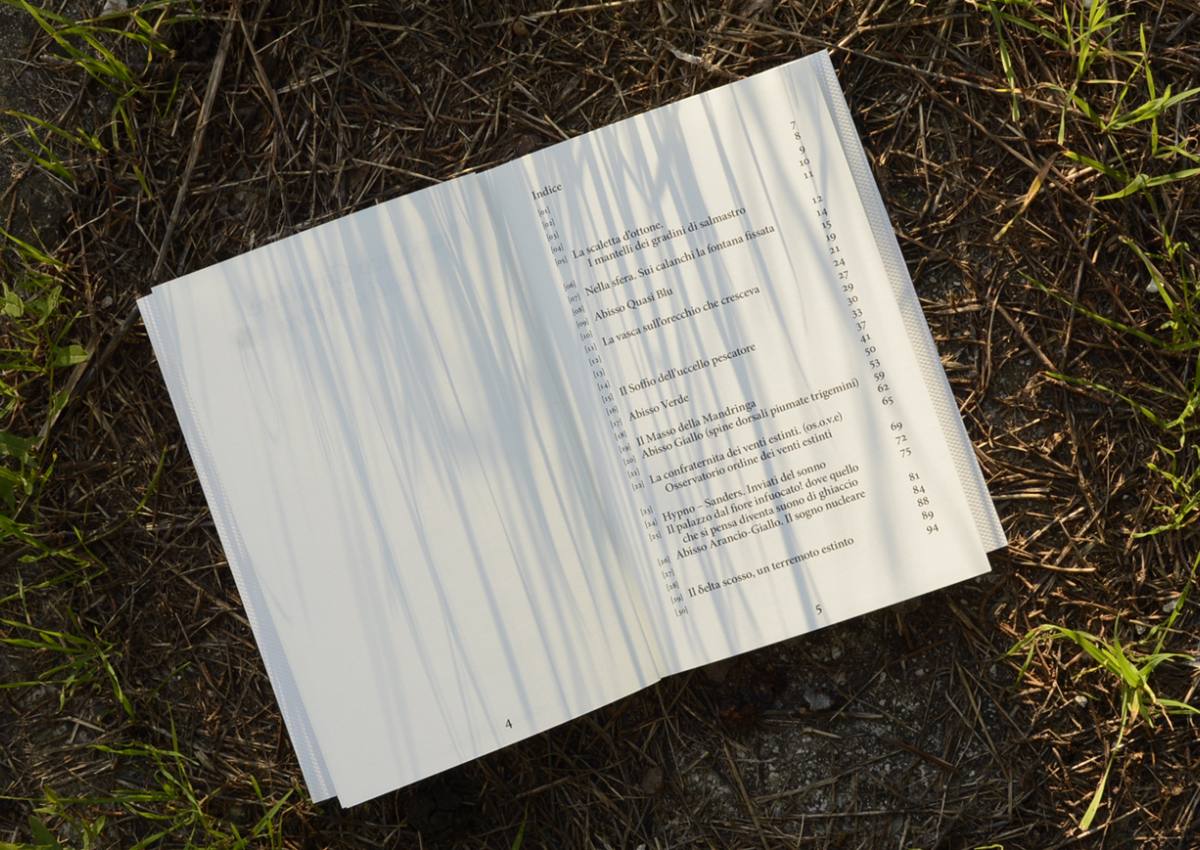
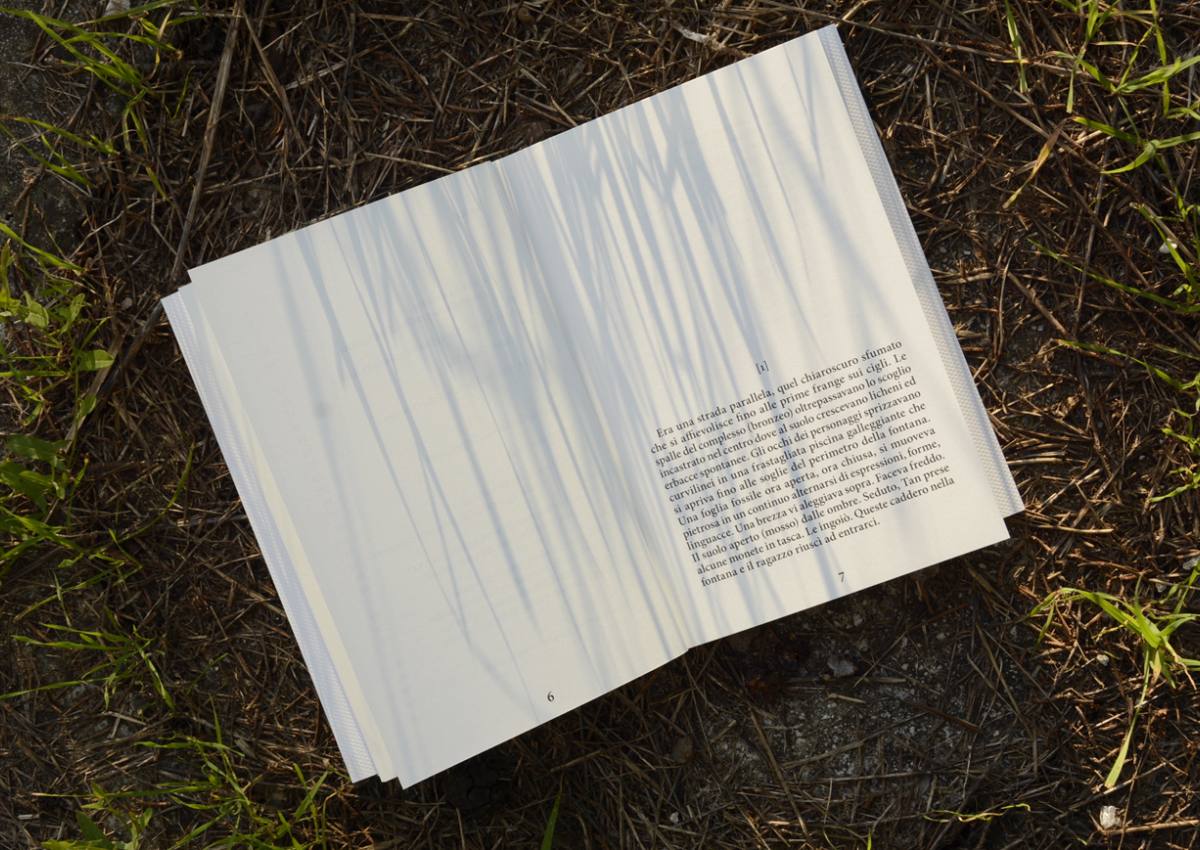
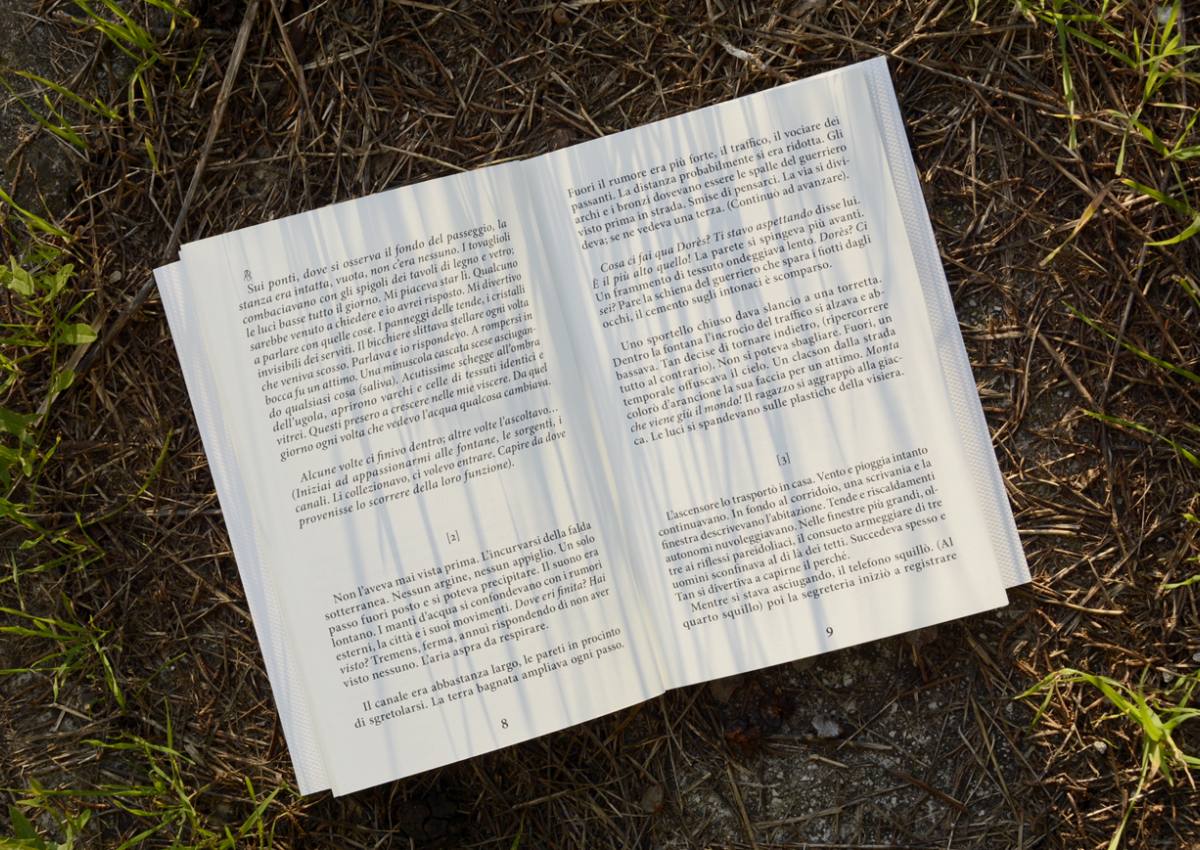
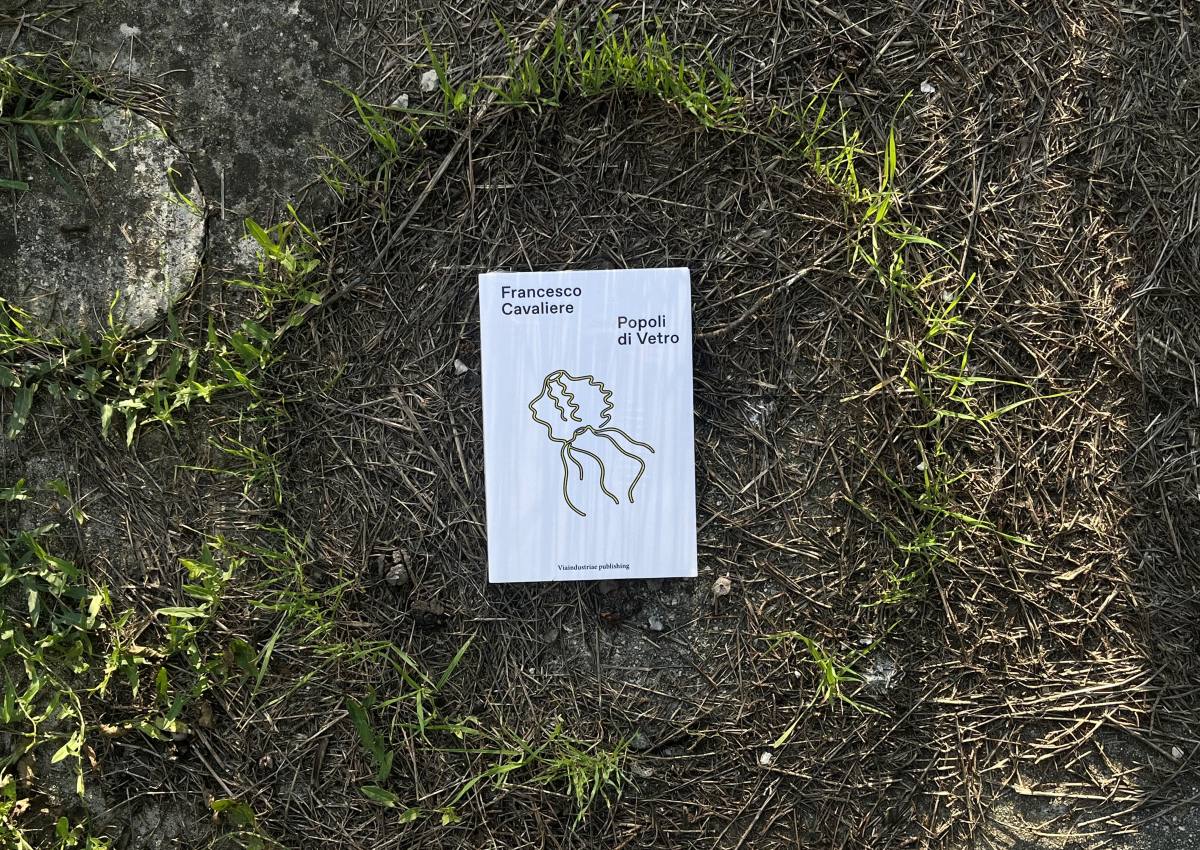
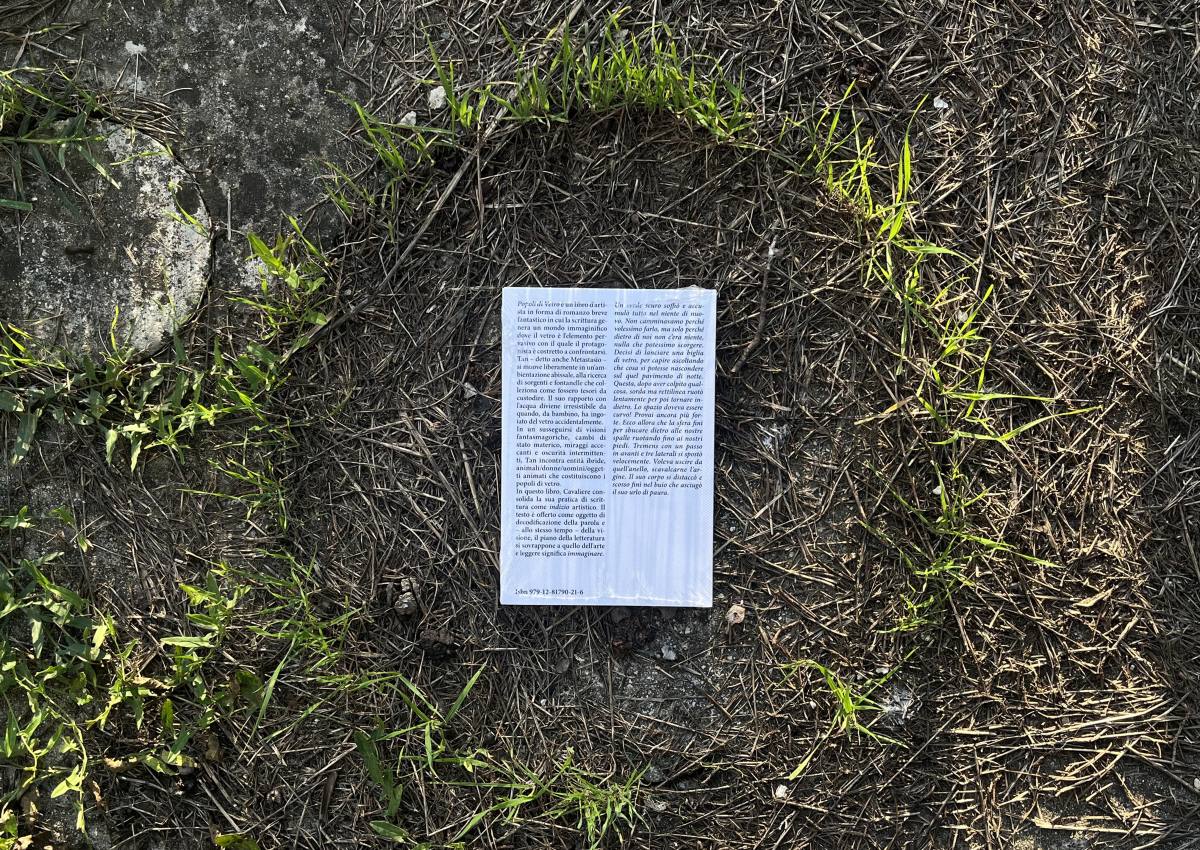
Francesco Cavaliere
Popoli di Vetro
€ 15
Category: Artist's books
Popoli di Vetro is an artist's book in the form of a fantastical novella. Here, the writing generates an imaginative world in which glass is the pervasive element the protagonist must deal with.
Tan – also known as Metastasio – moves freely in an abyssal setting, searching for springs and fountains he collects as if they were treasures to be kept. His relationship with water becomes irresistible since, as a child, he accidentally swallowed glass.
In a succession of phantasmagoric visions, changes in material state, blinding mirages, and intermittent darkness, Tan encounters hybrid entities—animals/women/men/animated objects—that form the peoples of glass.
In this book, Cavaliere consolidates his writing practice as an artistic sign. The text is offered as an object for decoding both word and vision; the realm of literature overlaps with that of art, and reading becomes an act of imagination.


Francesco Cavaliere, Dick El Demasi…
RING!
€ 35





Francesco Cavaliere, Dick El Demasiado
RING!
€ 35
A project by Viaindustriae and Holydays in collaboration with Rous Records
Limited edition 150 copies
Photo credits: Fotostudio Futura, Foligno
Supported by Fondazione Cassa di Risparmio di Foligno
Category: Sound Territorial research
Ring! is an artist album by Francesco Cavaliere and Dick El Demasiado created during A Week From Monday 2023, an artistic residency organized in Umbria by Viaindustriae Publishing and Holydays Festival. The residency involves a week-long research and production phase, in which the artists divide their time between Foligno's industrial zone and the mountain village of Scopoli with the intent of exploring possible points of contact between visual and sonic artistic languages. Ring! is the result of an immersive listening experience, involving the manipulation of field recordings taken during a historically inspired jousting tournament. The artists shared the experience of listening and recording, while further manipulation and production of the tracks was carried out individually.
Francesco Cavaliere opens Il fuso del cavallo infilato nell'anello (20' 5") with a vocal reinterpretation of the Bando di Giostra—a text traditionally read aloud to announce the horse race, typically recited into a microphone by a designated actor on the day of the event, in the complete silence of a crowded stadium. He then focuses on the stark solemnity of the race itself, during which a certain kind of restless silence takes center stage, as the ear tunes in to the essential sounds of the stadium: the horse's gallop, the lances striking or missing the rings. This creates a long sequence of speaking silenceswhere, from time to time, the chatter of the crowd suddenly breaks through.
In Never Be The Saddle (15' 50"), Dick El Demasiado works with editing, repetition, layering, and delay as subtle yet decisive gestures, creating a vaguely unsettling and out-of-the-ordinary sound experience. His interventions are so discreet that one may not immediately notice them—or possibly never notice them at all. Here, the main elements are saturated sounds, such as the amplified voice of the race announcer, the cheers, drums, and trumpets, which are occasionally interrupted by the same speaking silence that we hear in Cavaliere's piece, a defining sonic element of the experience.


Jonathan Monk
Sol LeWitt Rules
Out of stock





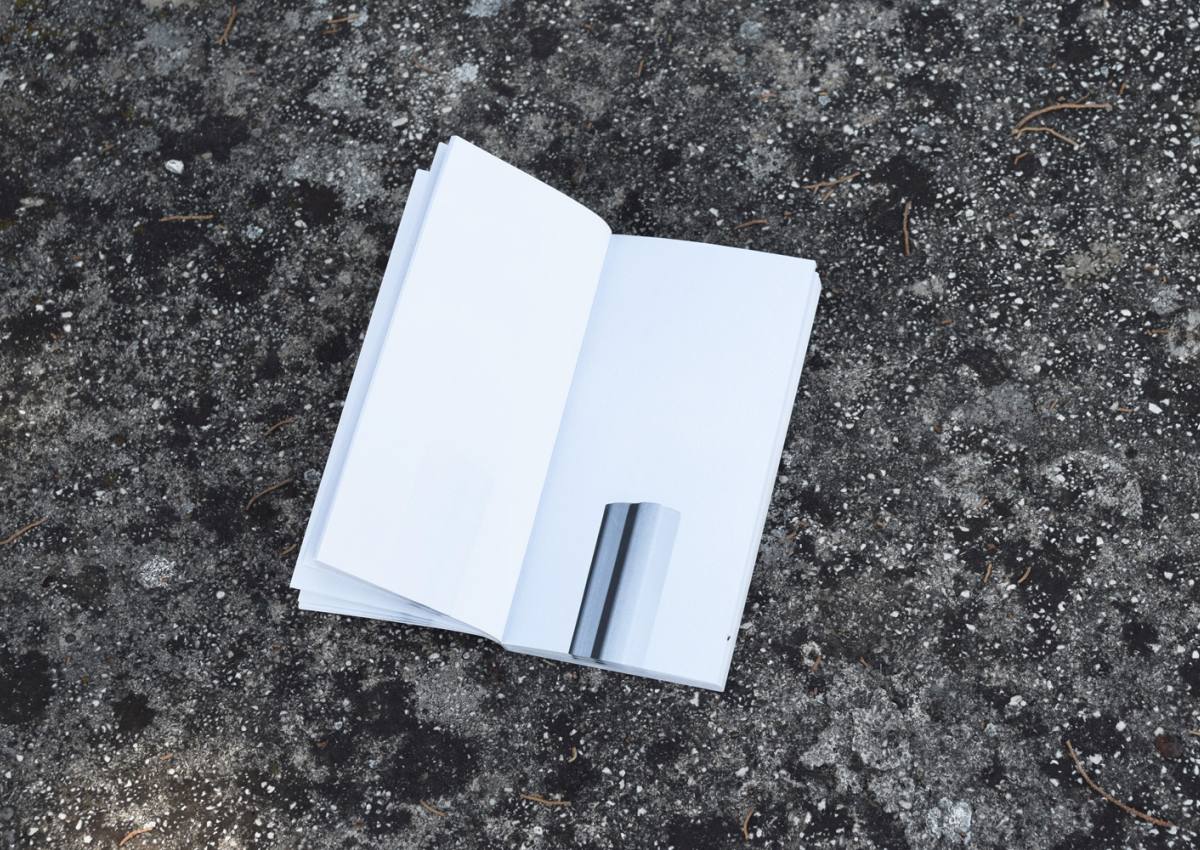
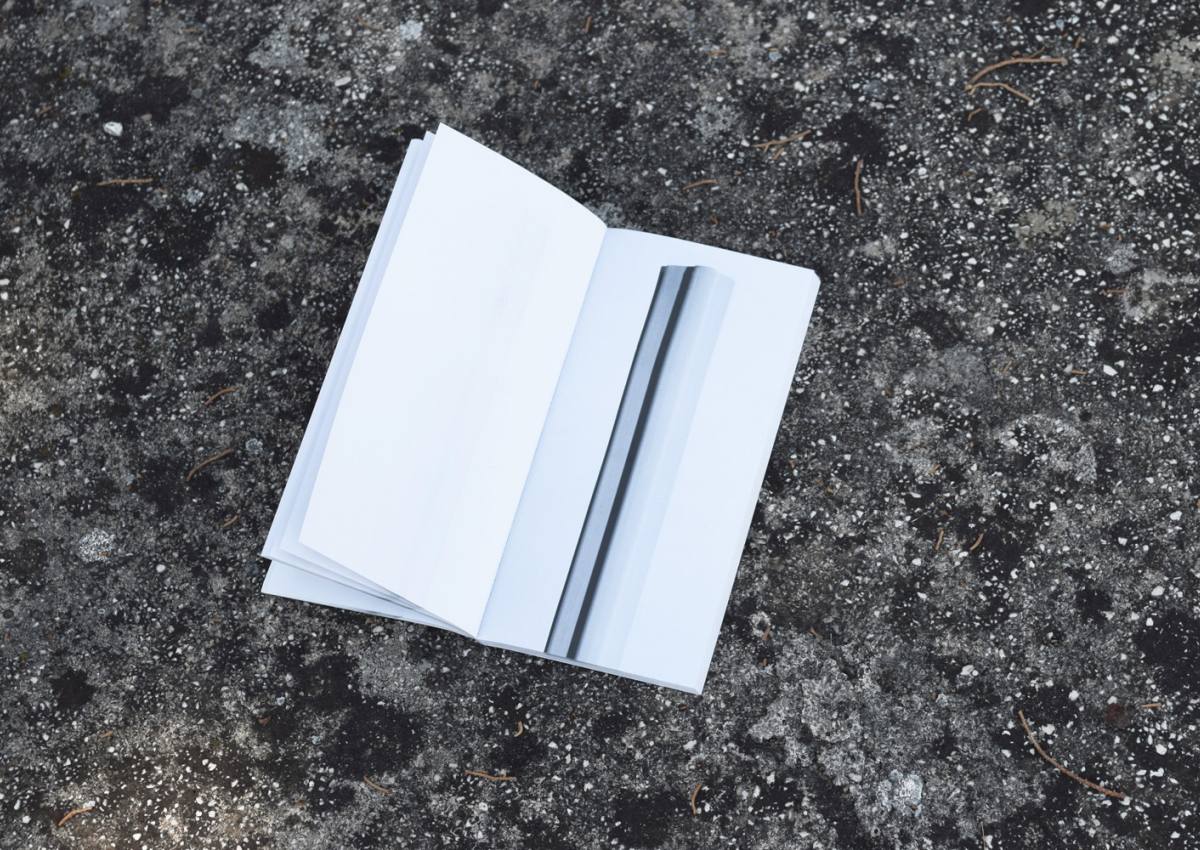
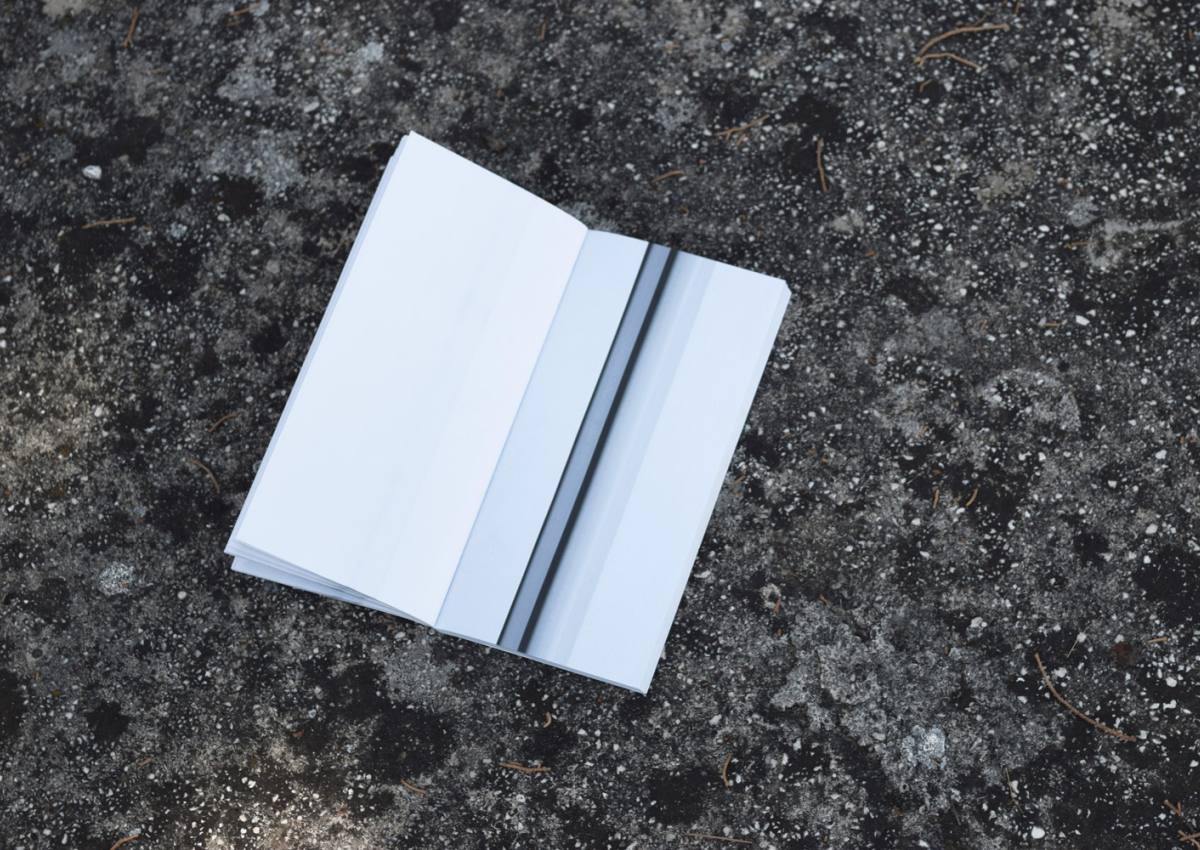
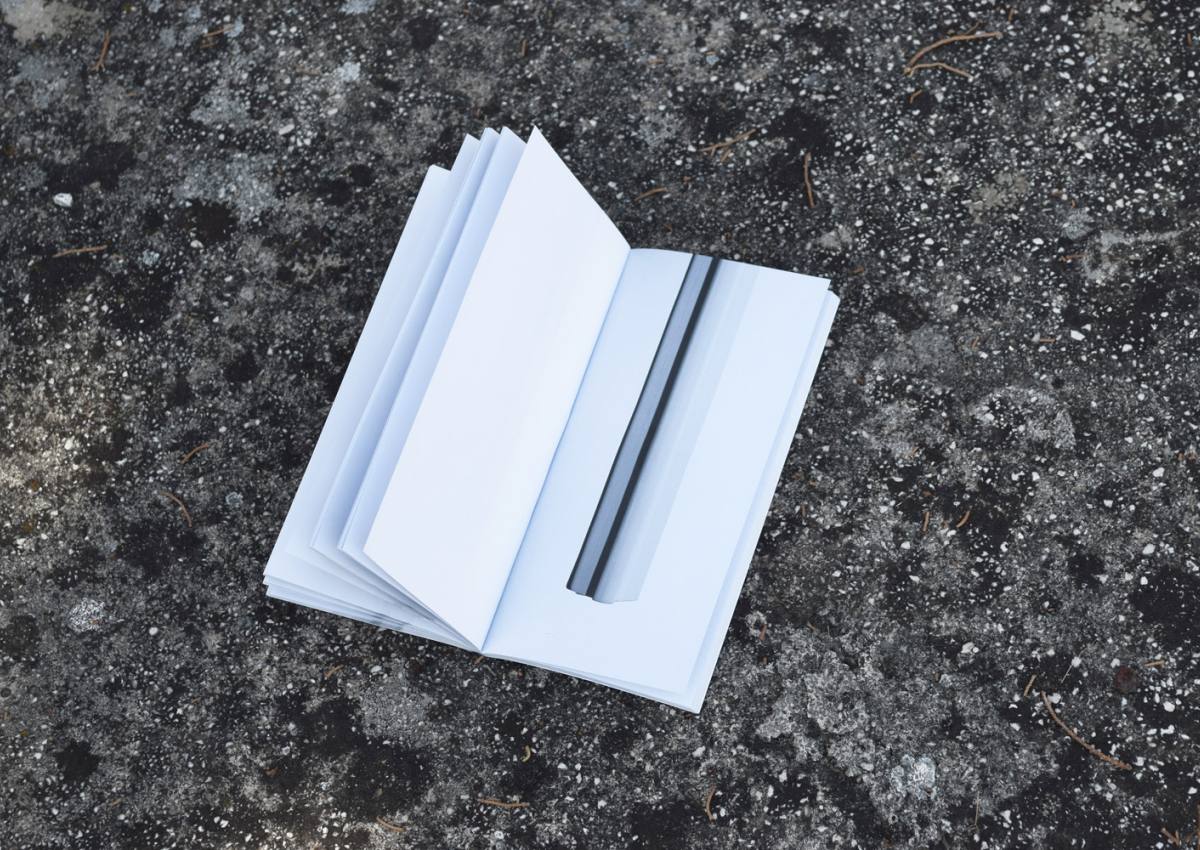

Jonathan Monk
Sol LeWitt Rules
Out of stock
Co-published with Mahler & LeWitt Studios
Edited by Vittoria Bonifati
Produced in the occasion of the exhibition SL, Jonathan Monk, Torre Bonomo, Spoleto
All’interno del programma Mahler & LeWitt Studios per il Festival dei due Mondi
Photos by Giuliano Vaccai
208 pp.
10 x 21 cm
eng
ISBN 979-12-81790-07-0
20€
Category: Artist's books
Jonathan Monk's first show with Yvon Lambert’s Paris gallery was in 1997 and the artist continued working with him until he closed in 2014. At some point in the early 2000’s Yvon gave Monk a ruler, stamped into the top are the initials SL and he was told that twenty years earlier Sol LeWitt left it behind after installing a show. This 30cm ruler was the starting point for the publication and the edition of 100 ceramic rulers it documents. Jonathan Monk’s rulers aren’t straight, they don’t have any numbers nor lines on them and each one is slightly different to the next. The process used is the one of extrusion, pushing manually the clay through a metal profile made exactly as the original ruler given to the artist by Yvon Lambert. Sol LeWitt Rules was produced at the historical ceramic workshop La Gioconda in Deruta, which in the 1980s worked closely with Sol LeWitt for his production of ceramic plates and tiles. This book includes 100 photographs of the 100 rulers made on the occasion of Jonathan Monk’s exhibition SL at the Torre Bonomo in Spoleto. The quicker you flick through it, the faster it moves.


Jonathan Monk
Bundle: artist's edition+book
€ 140




Jonathan Monk
Bundle: edizione d'artista+libro
€ 140
Sol LeWitt Rules, 2024, ceramica
Edizione di 100 + 20 AC, prodotta da Fabio Veschini e La Gioconda, Deruta
Prodotto in occasione della mostra SL, a cura di Vittori Bonifati Torre Bonomo, Spoleto
Category: Artist's books
You can now purchase the Sol LeWitt Rules project bundle, which includes the artist's edition and Jonathan Monk's artist's book.
A new series of sculptures by Jonathan Monk titled Sol LeWitt Rules (ceramic, approx. 30 x 3 x 1.5 cm, 2024), produced by Fabio Veschini at the ceramic workshop La Gioconda in Deruta which worked closely with Sol LeWitt on the production of ceramic plates and tiles. Monk created the edition as part of his residency at the Mahler & LeWitt Studios and subsequent exhibition ‘SL’ in the Torre Bonomo for the Spoleto Festival dei Due Mondi 67, curated by Vittoria Bonifati. The exhibition explored the direct and indirect connections between the work of Monk and LeWitt (see installation photographs of the rulers in ‘SL’ below and the related exhibition page here).
Together with the rulers' edition, the artist has produced an artist's book of the same title, published by Viaindustriae, which can also be purchased individually at the following link: https://viaindustriae.it/books/sol-lewitt-rules
If interested in the artist's edition only, please contact: info@mahler-lewitt.org. Sol LeWitt Rules is an edition of 100 and has been generously donated to the Mahler & LeWitt Studios by the artist. All proceeds support our programs. Each ruler is available for a donation of 120euros, plus postage and packaging. To donate and receive an edition, please email info@mahler-lewitt.org with your postal address and you will be sent a unique donation link.


Luca Trevisani
SALAD OF FOSSILS
€ 35



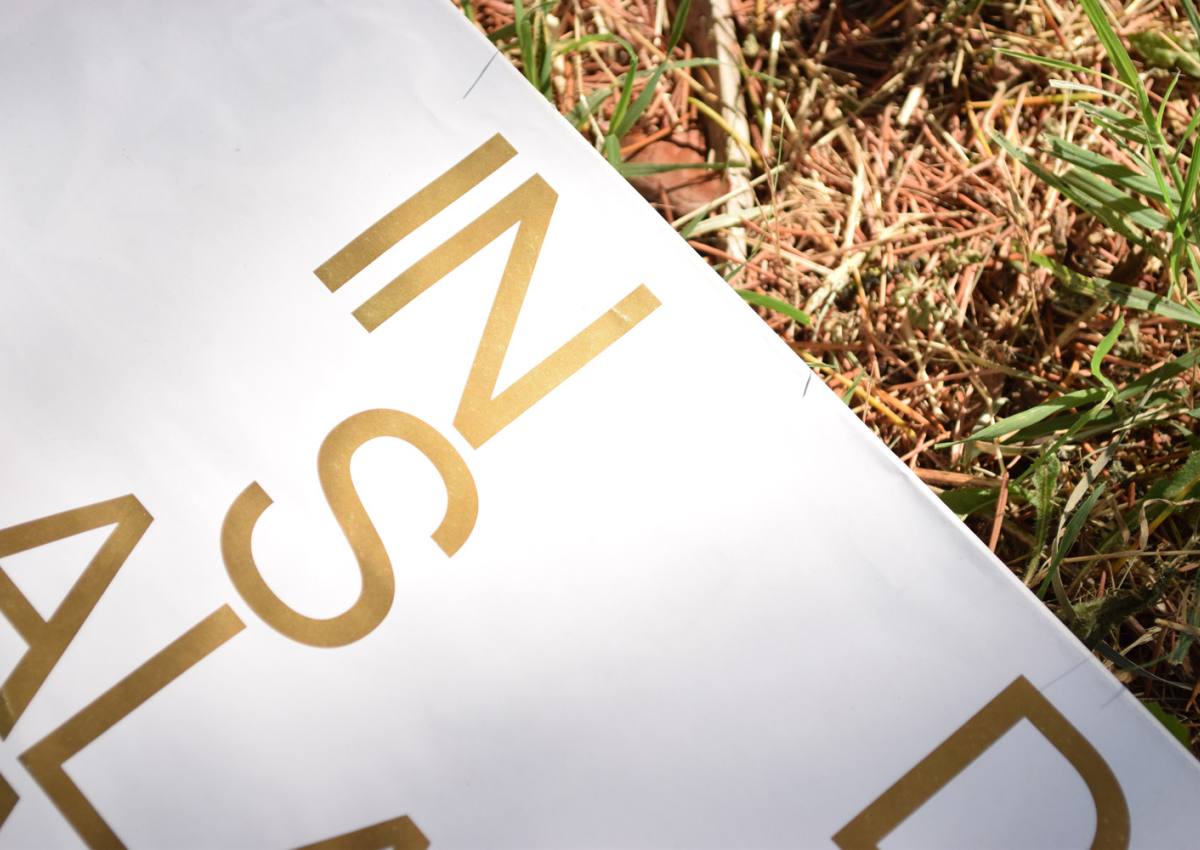



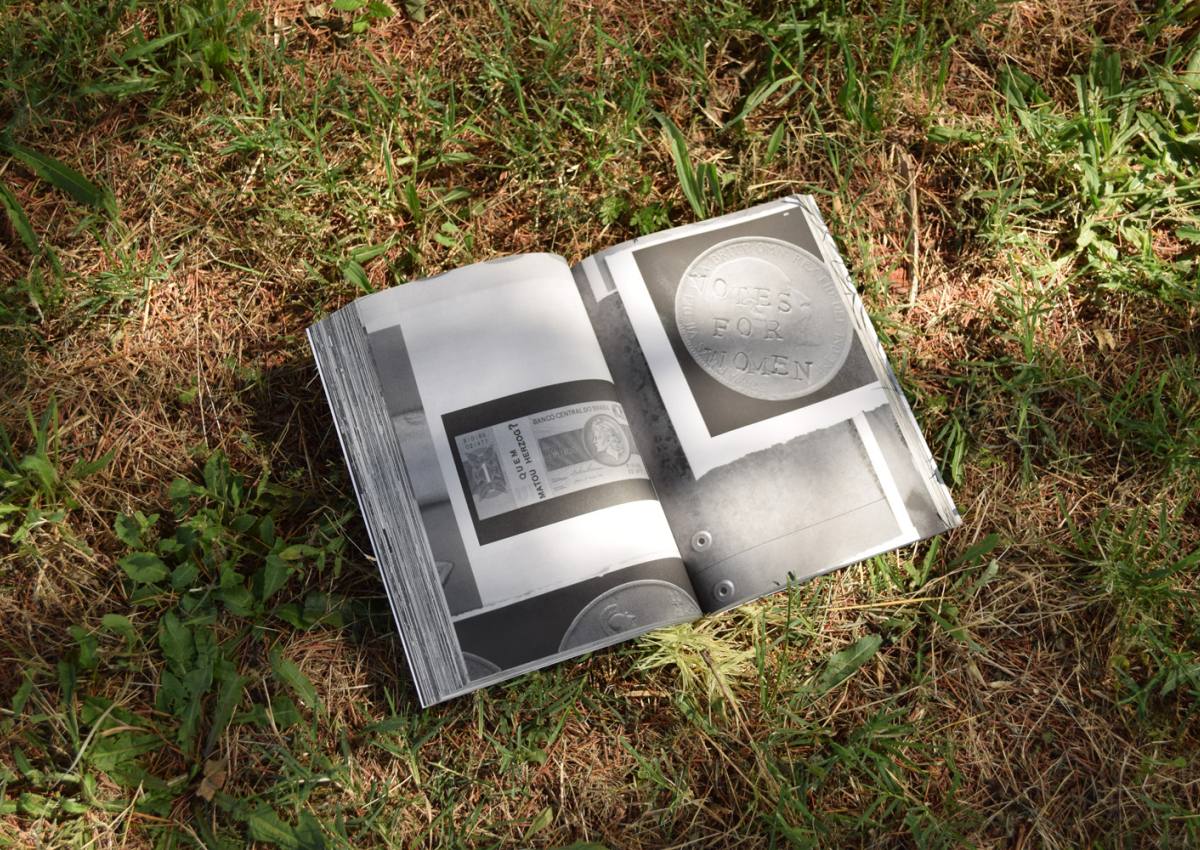
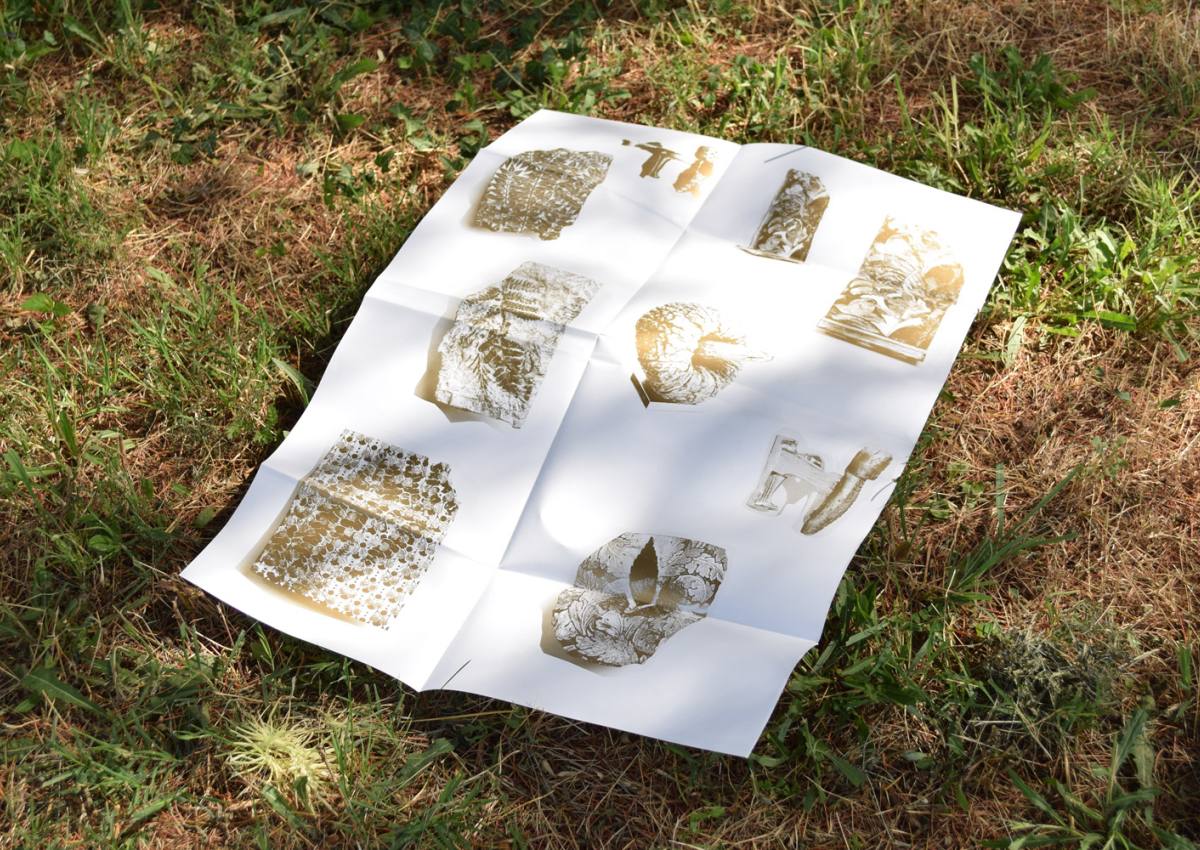

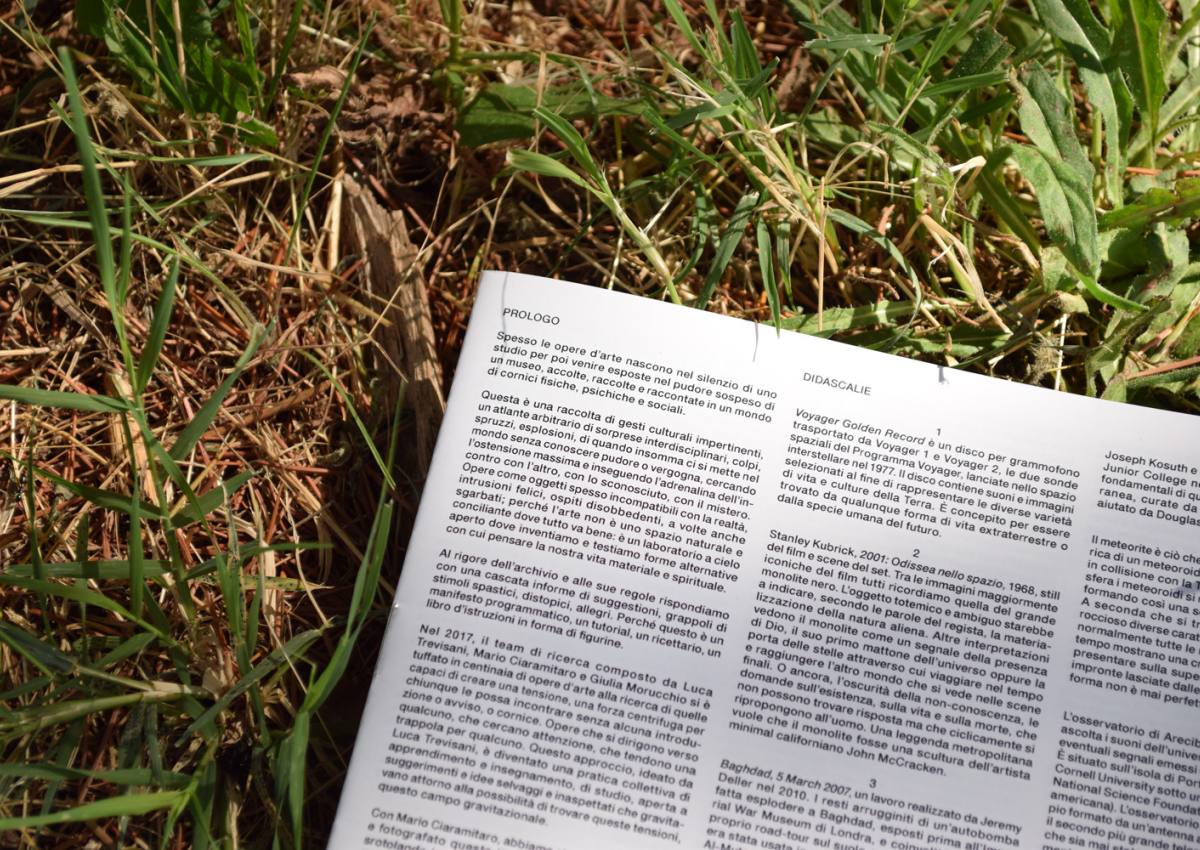


Luca Trevisani
SALAD OF FOSSILS
€ 35
Co-published with COLLI Publishing Platform
168 pp.
21 × 28 cm
ita/en
2024
ISBN 979-12-81790-03-2
Category: Artist's books
Back in 2017, the research team composed of Luca Trevisani, Mario Ciaramitaro and Giulia Morucchio exposed themselves to hundreds of artworks in search of examples of works capable of creating tension, a centrifugal force for anyone who might encounter them without any introduction or notice. Works that reach out to someone, seek attention, set a trap for someone. This approach, conceived by Luca Trevisani, became a collective studio practice of learning and teaching, open to wild and unexpected suggestions and ideas revolving around the possibility of finding these tensions, this gravitational field. Luca Trevisani and Mario Ciaramitaro printed, composed, and photographed this illustrated itinerary on the wall, unfolding the cartography of these remote and powerful encounters on the perimeter of our Iuav classrooms. All that remained was to photograph this map, reprint it, lay it out, and then offer this flow of lively and rebellious images. The process originated from the images that have been collectively sought for several months. While Mario and the students engaged in their role-playing as iconauts, with Giulia Morucchio, persisted in collecting and reworking texts, captions, and overheard legends, always mindful that every beautiful story holds an element of truth. What you read below are the traces, the details, and some of the clues that comprise our collection of fresh fossils and the salad we crafted from them.